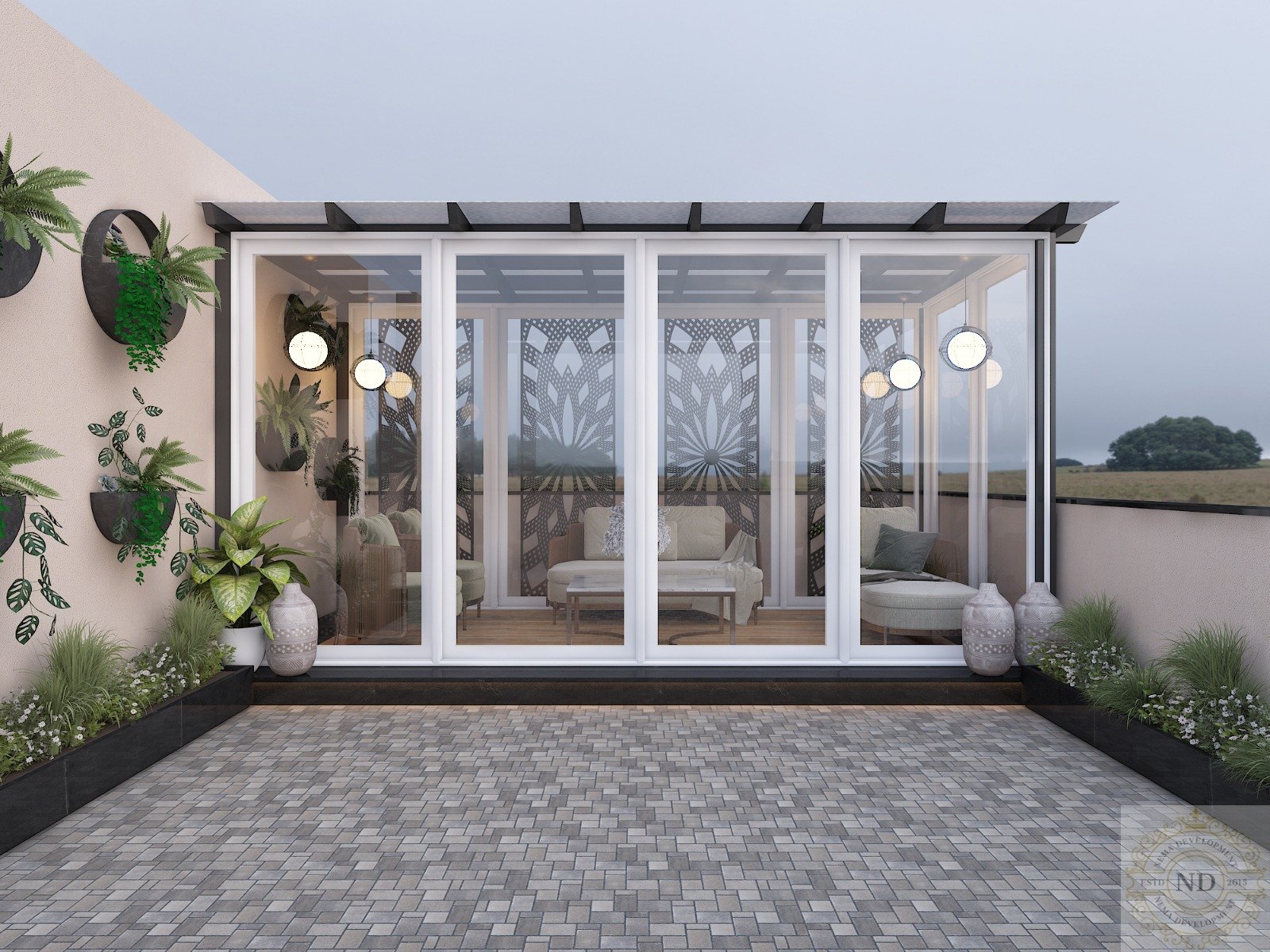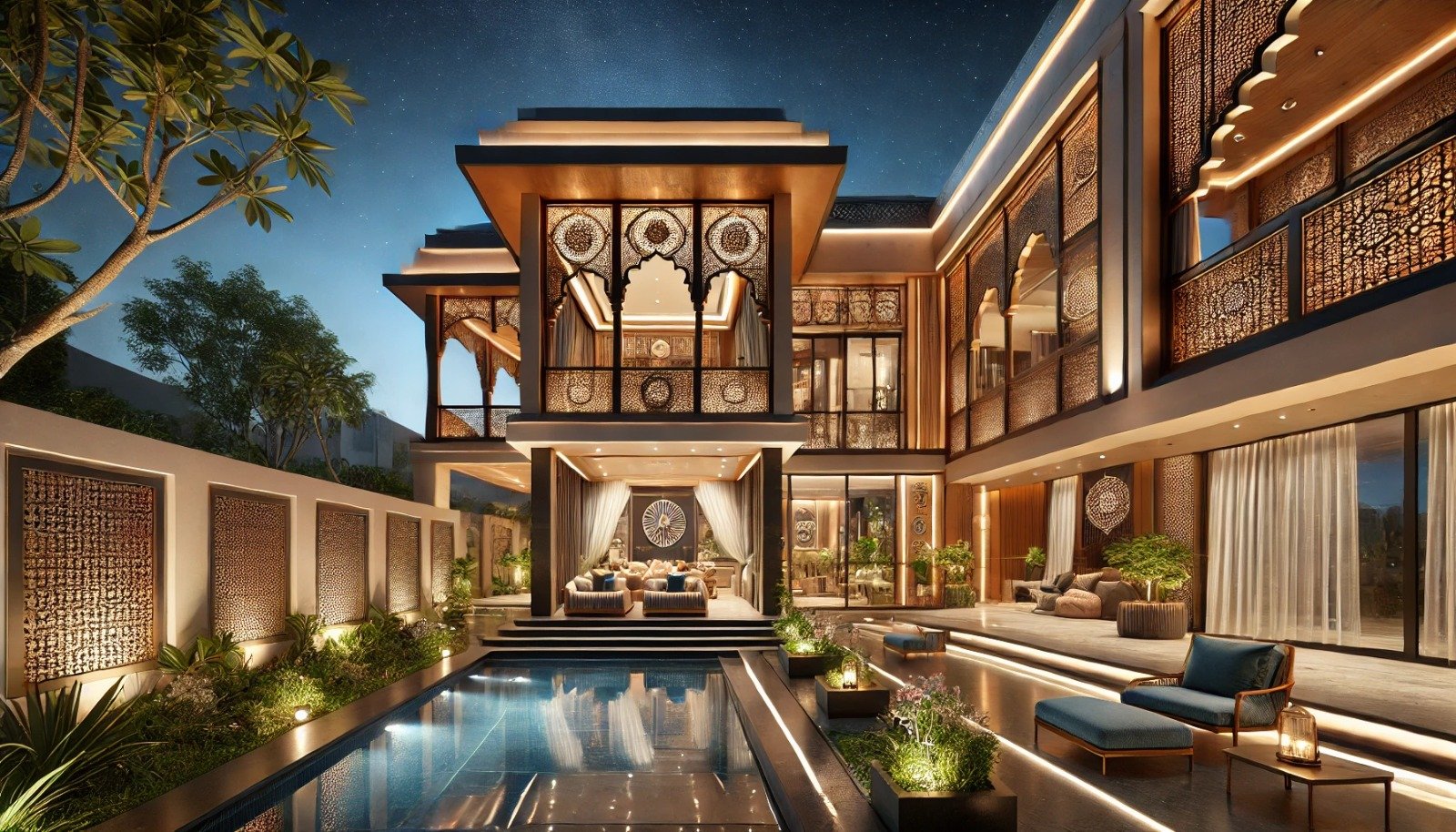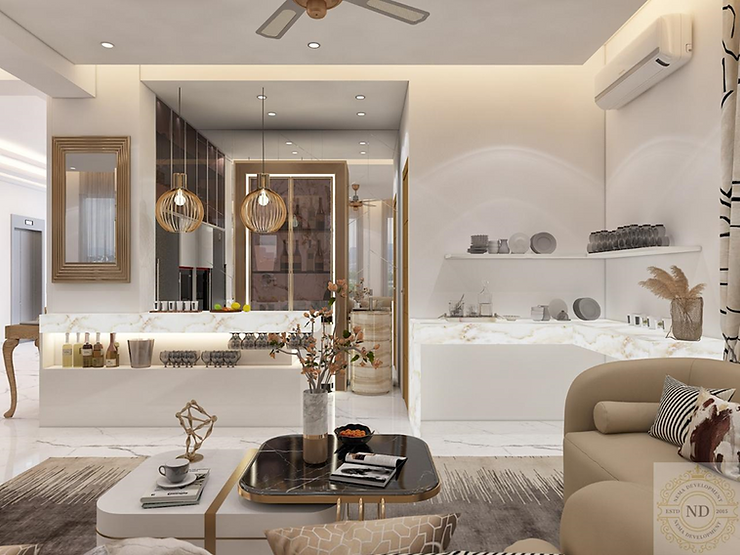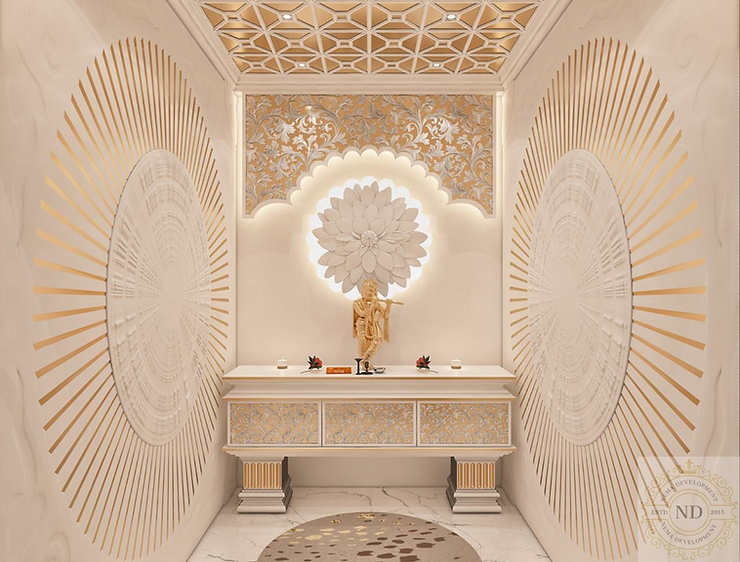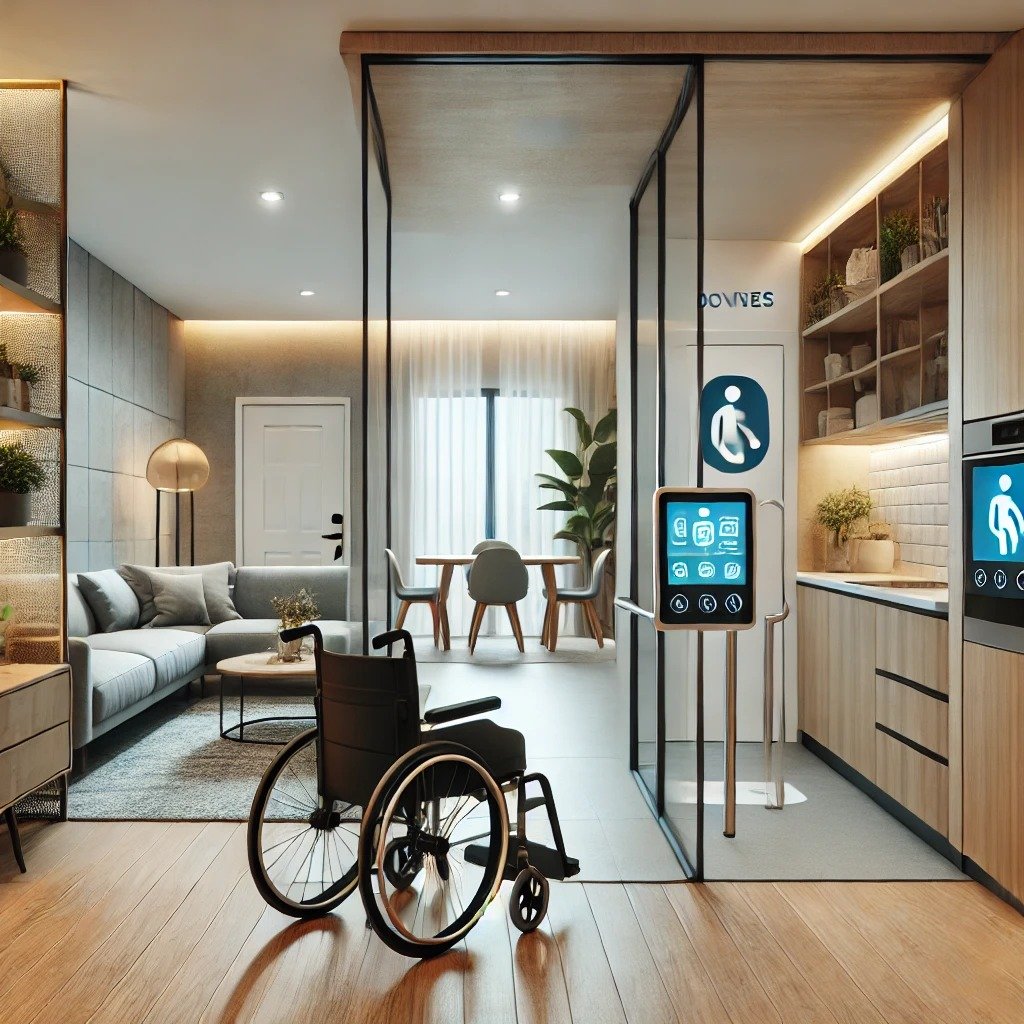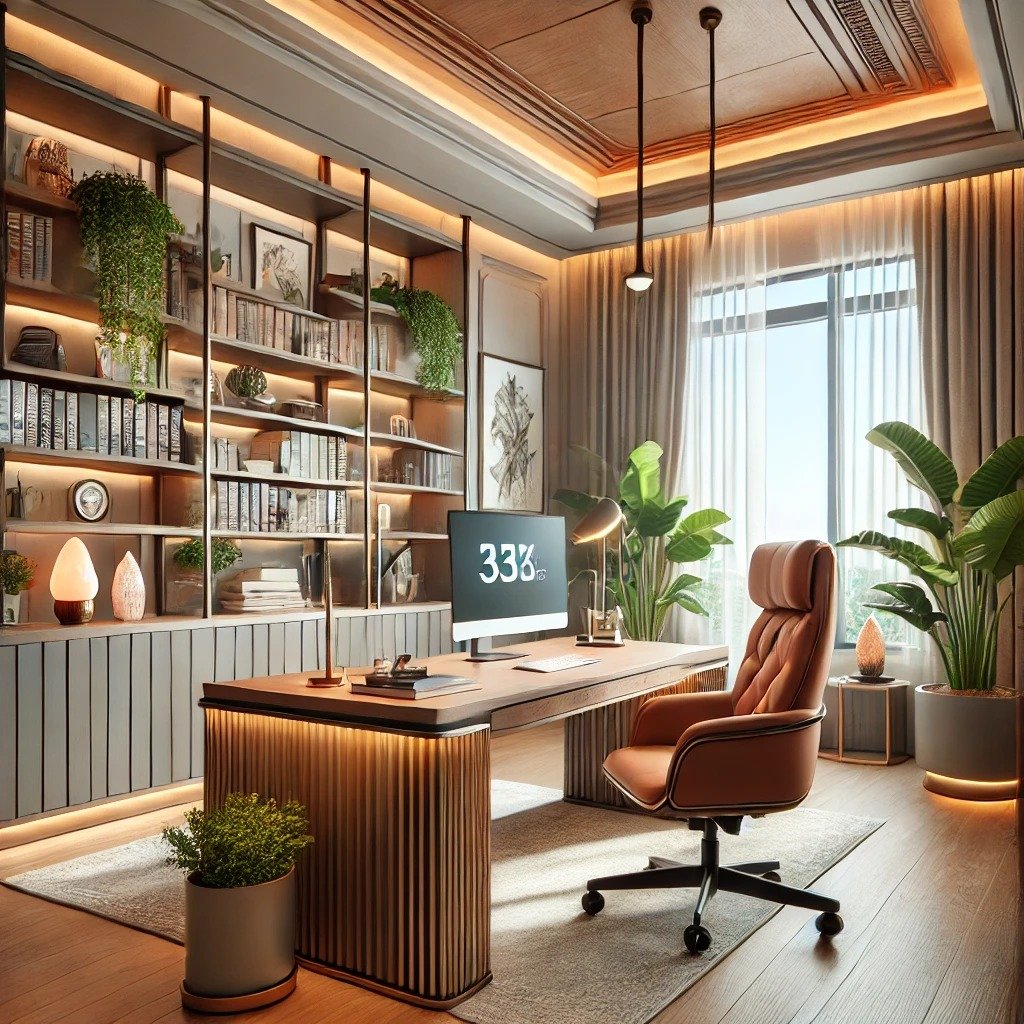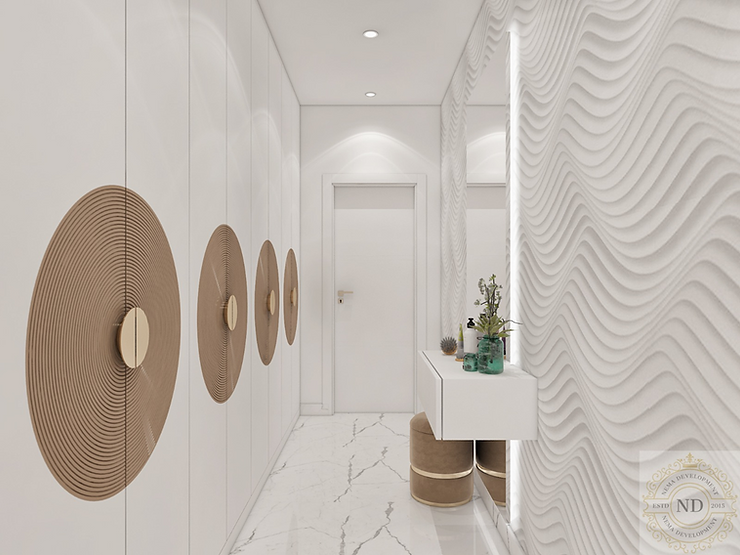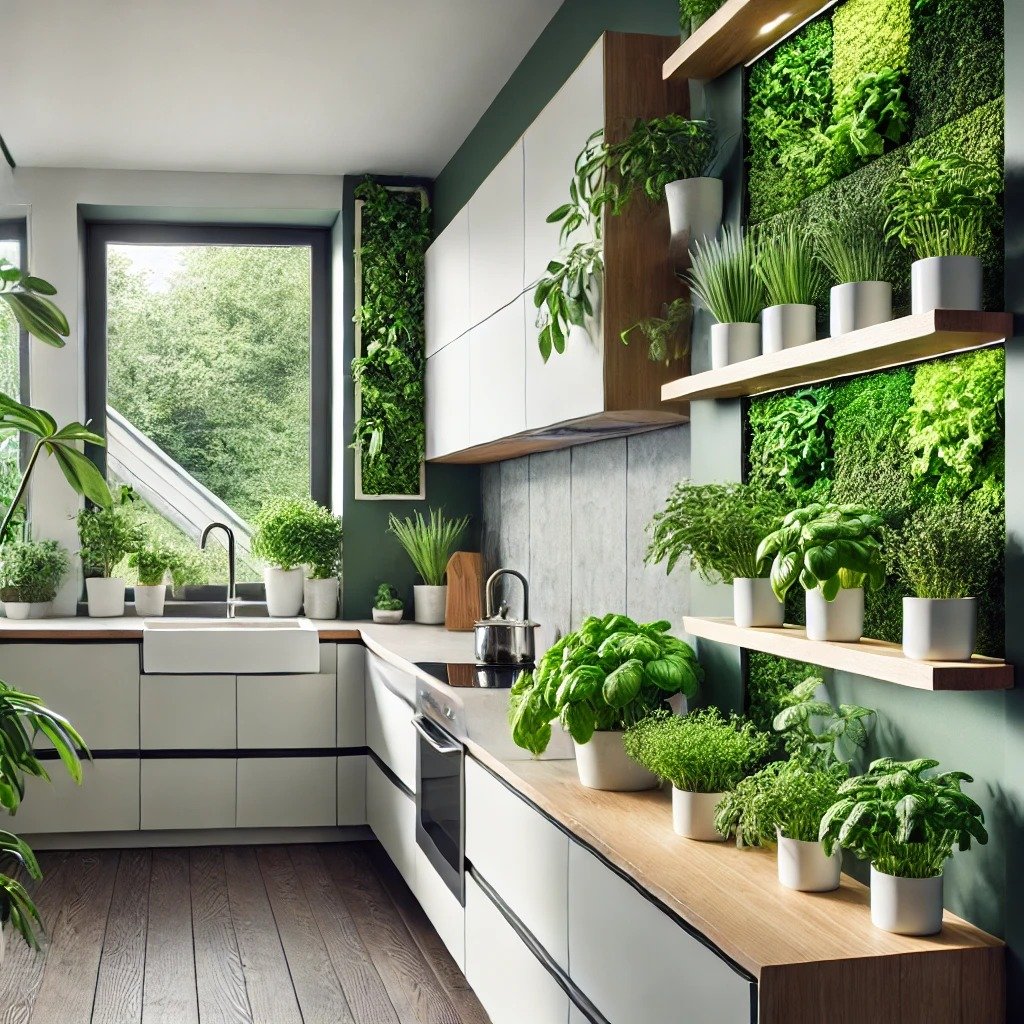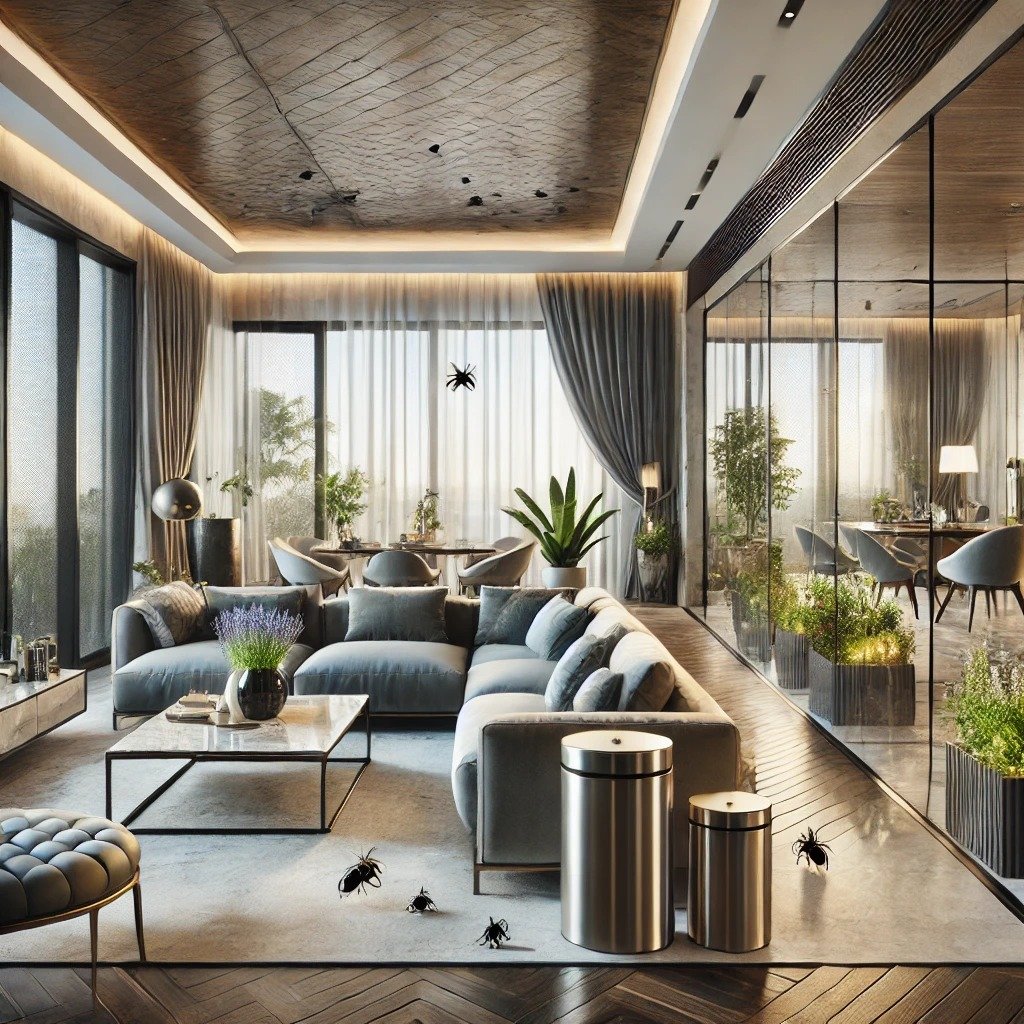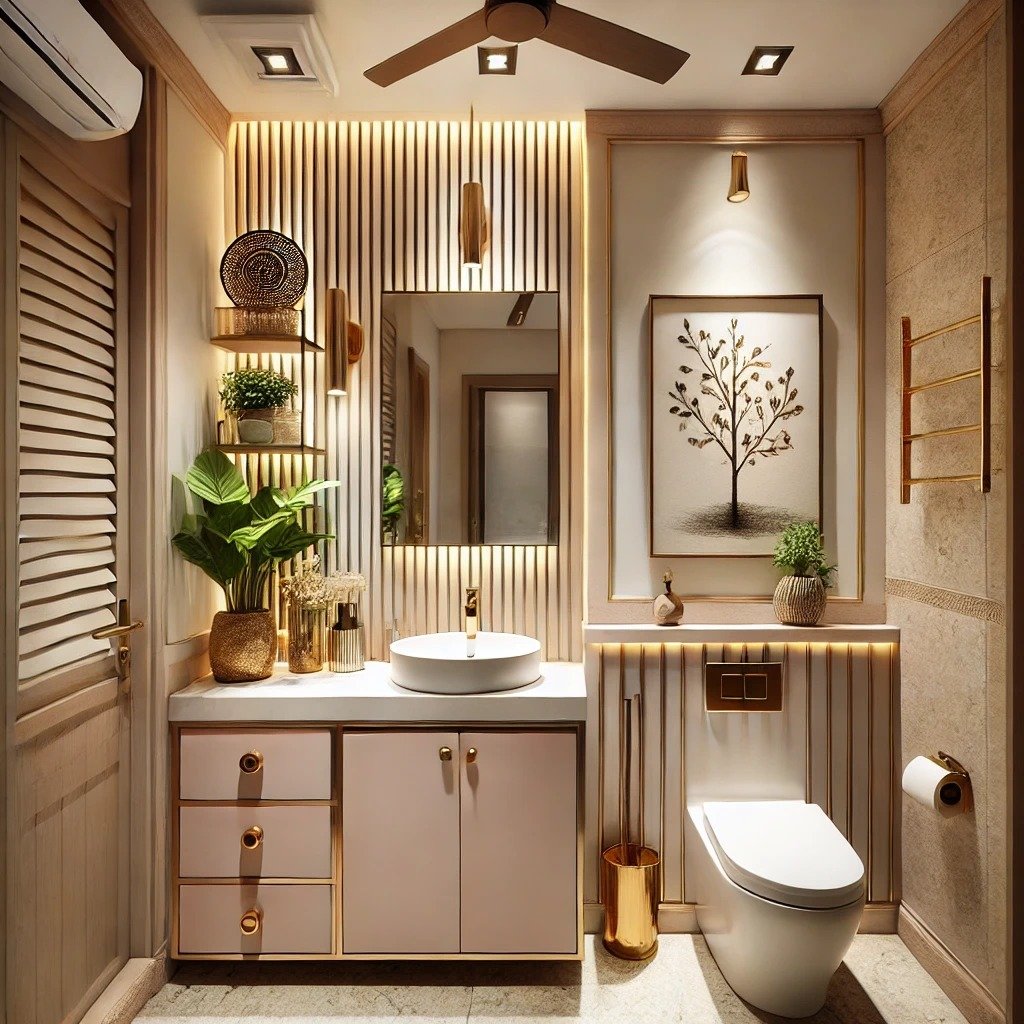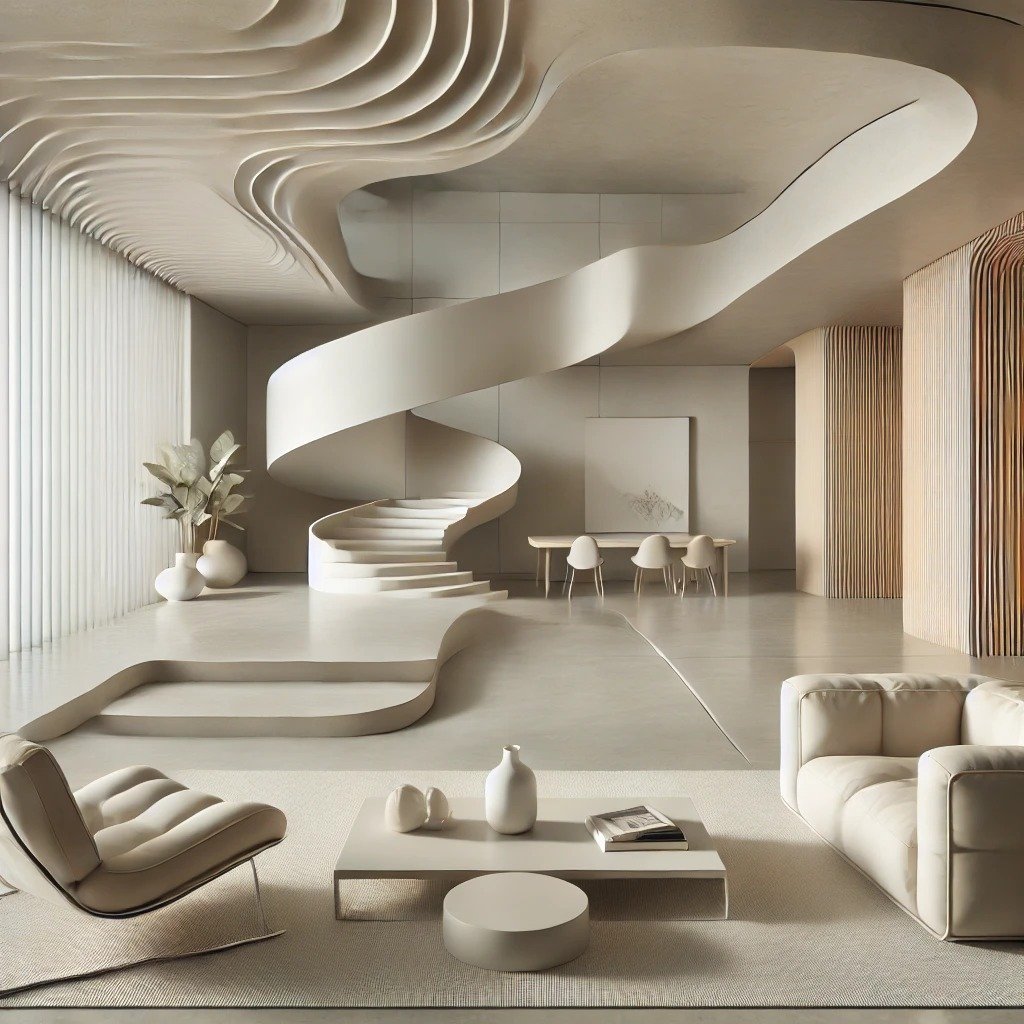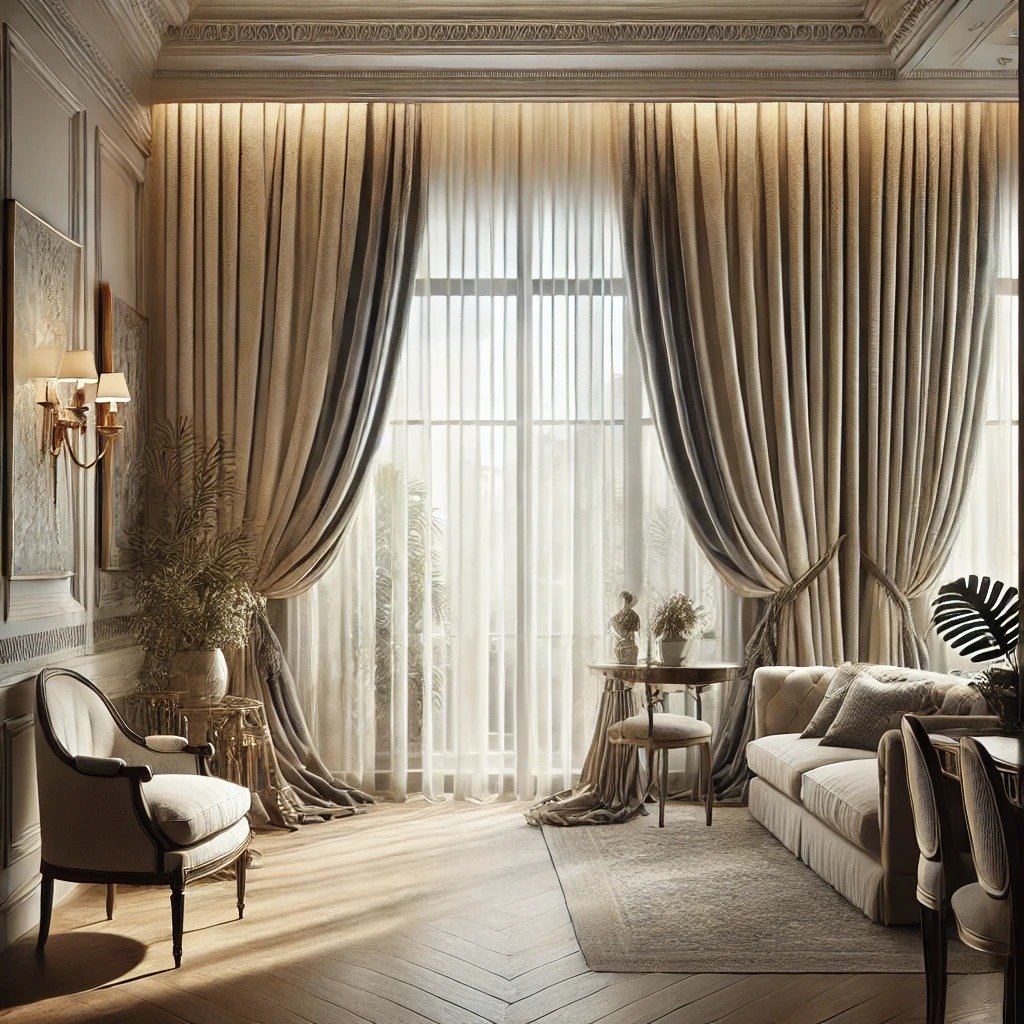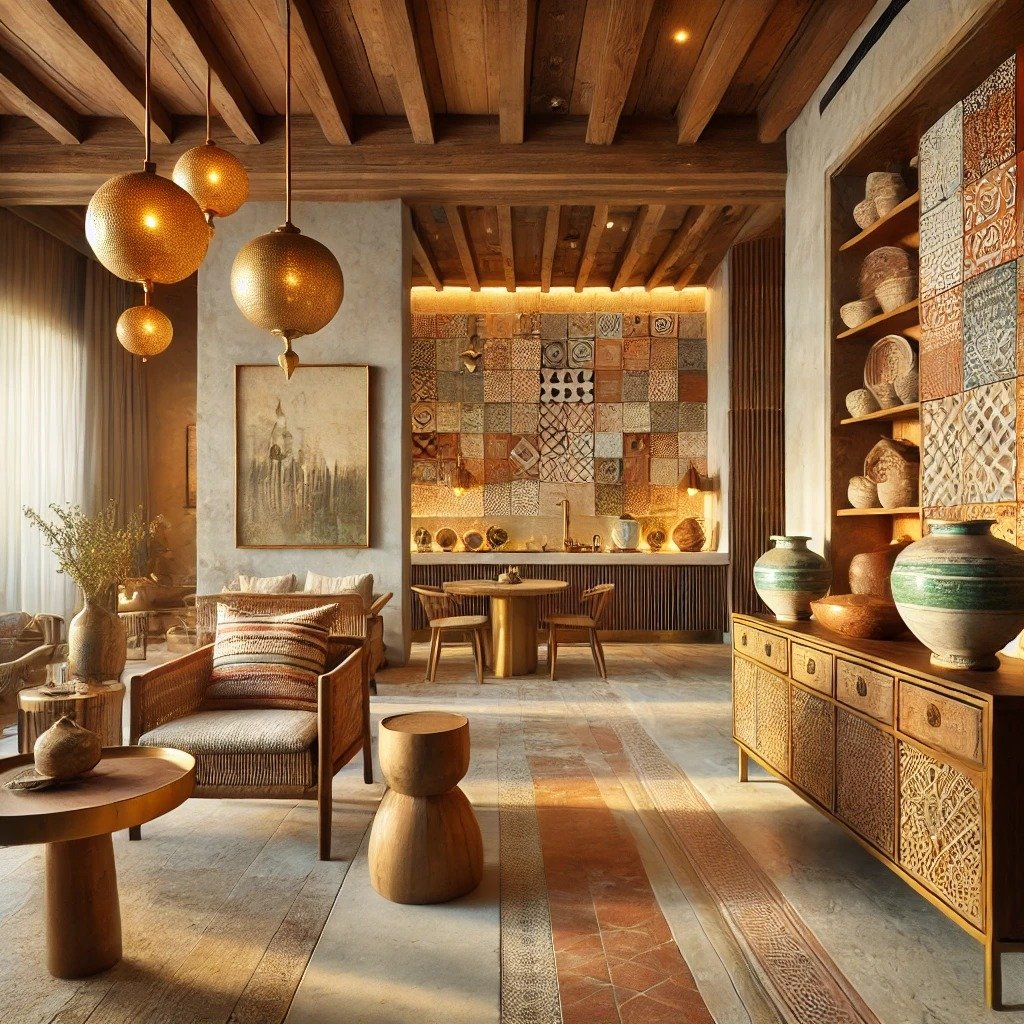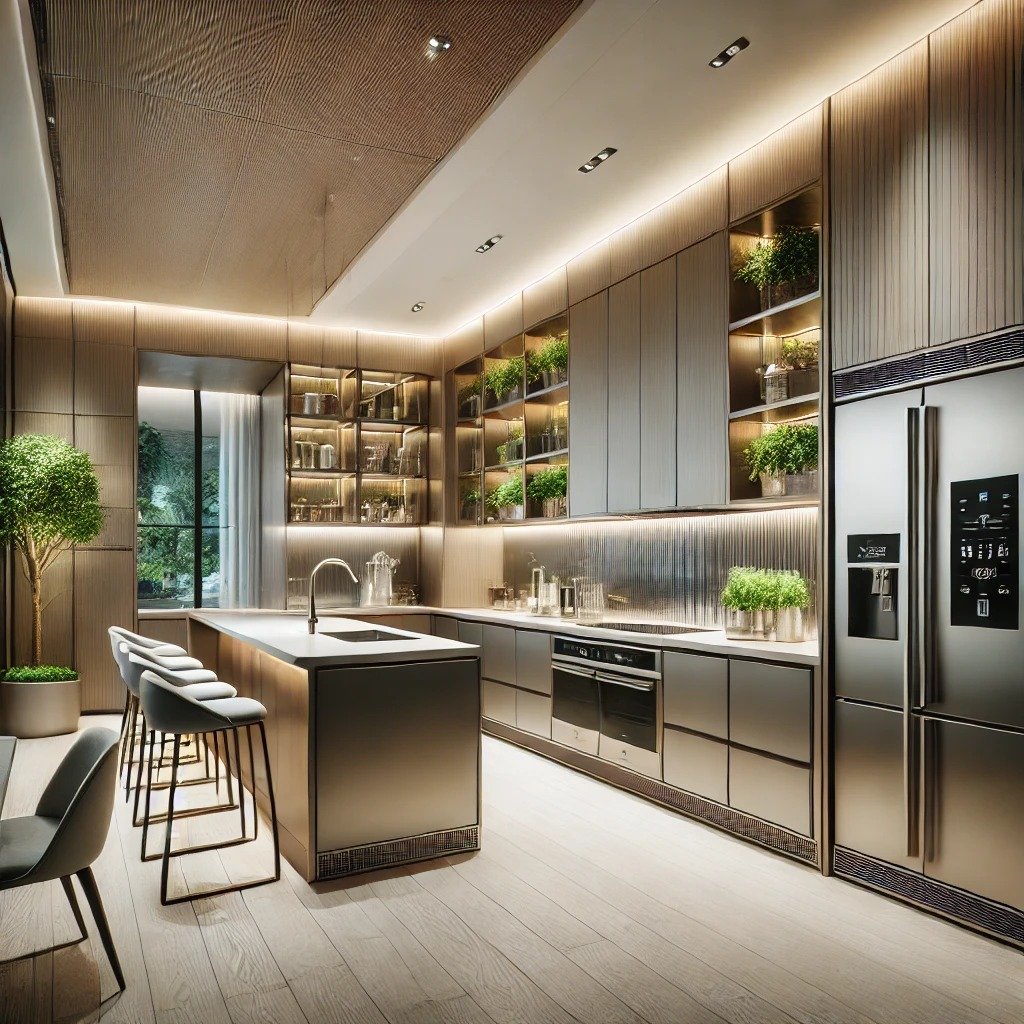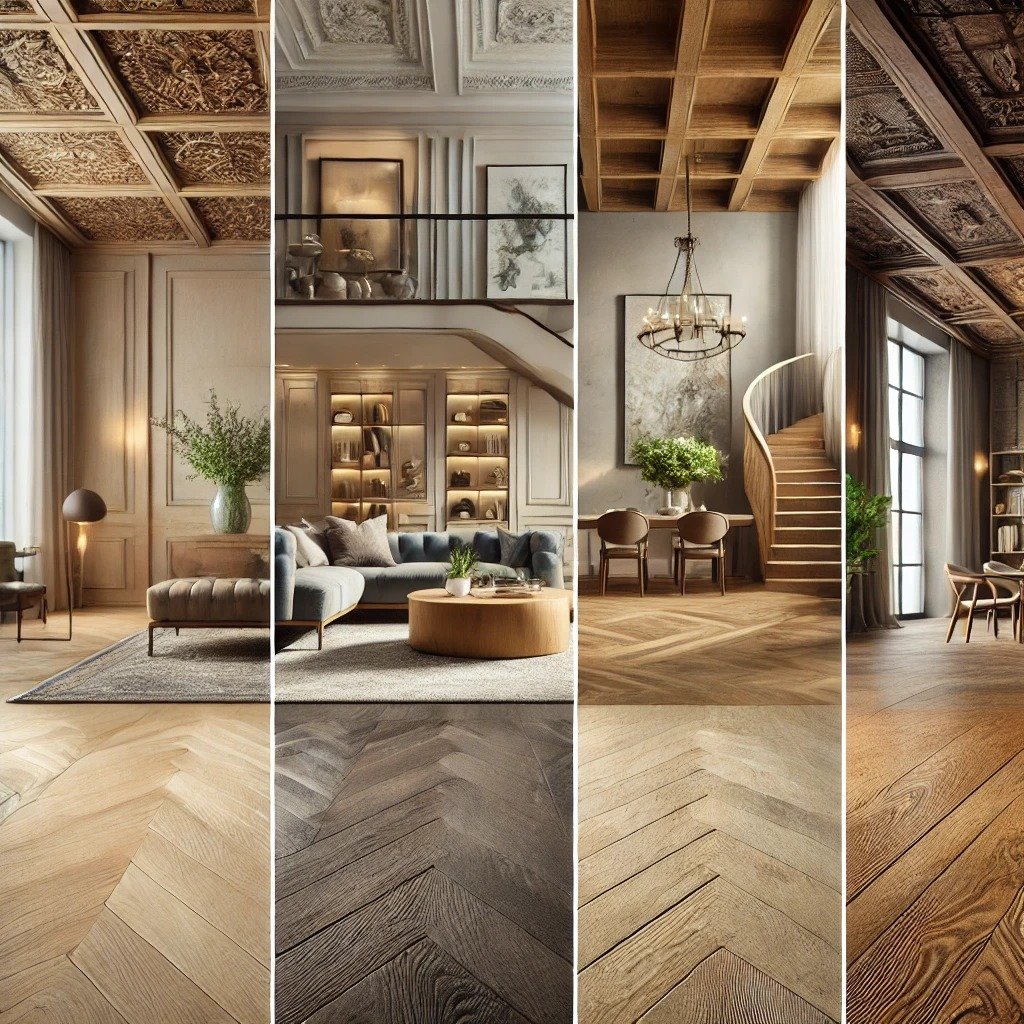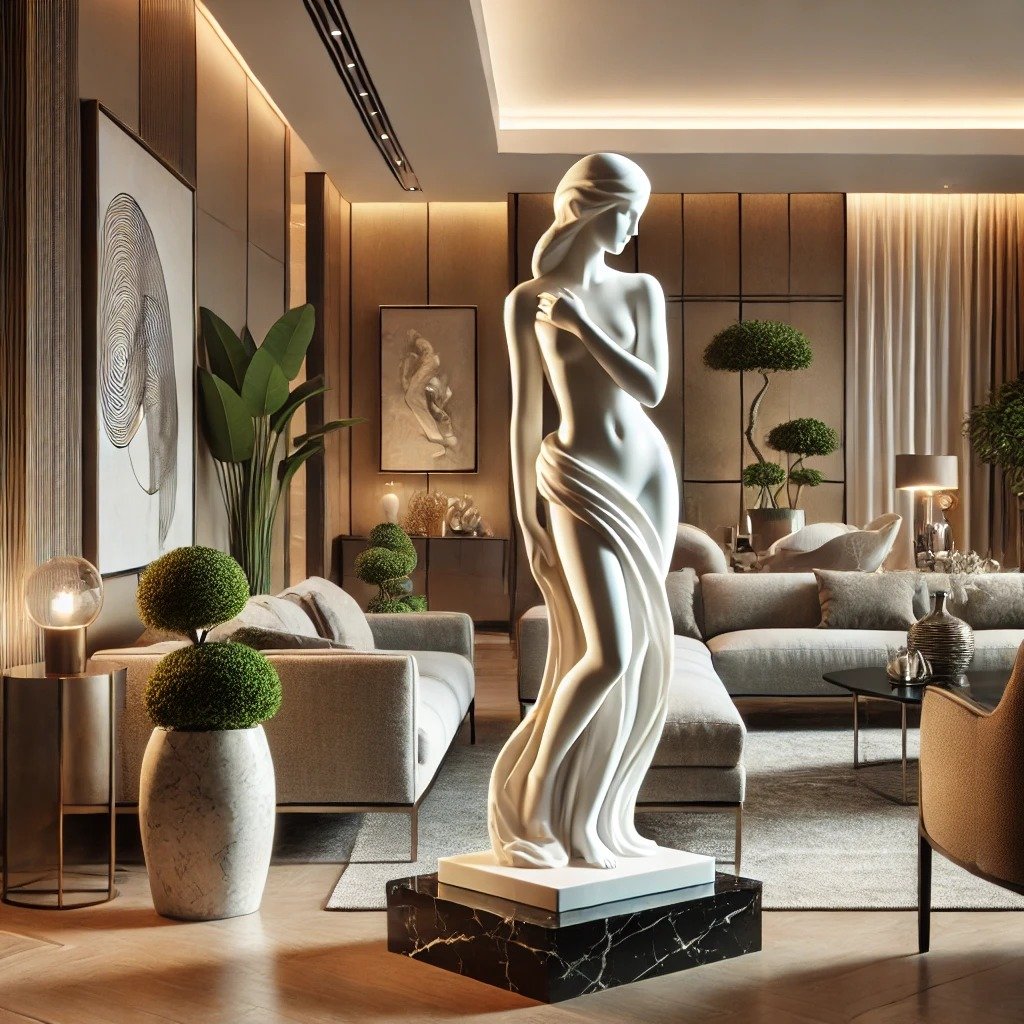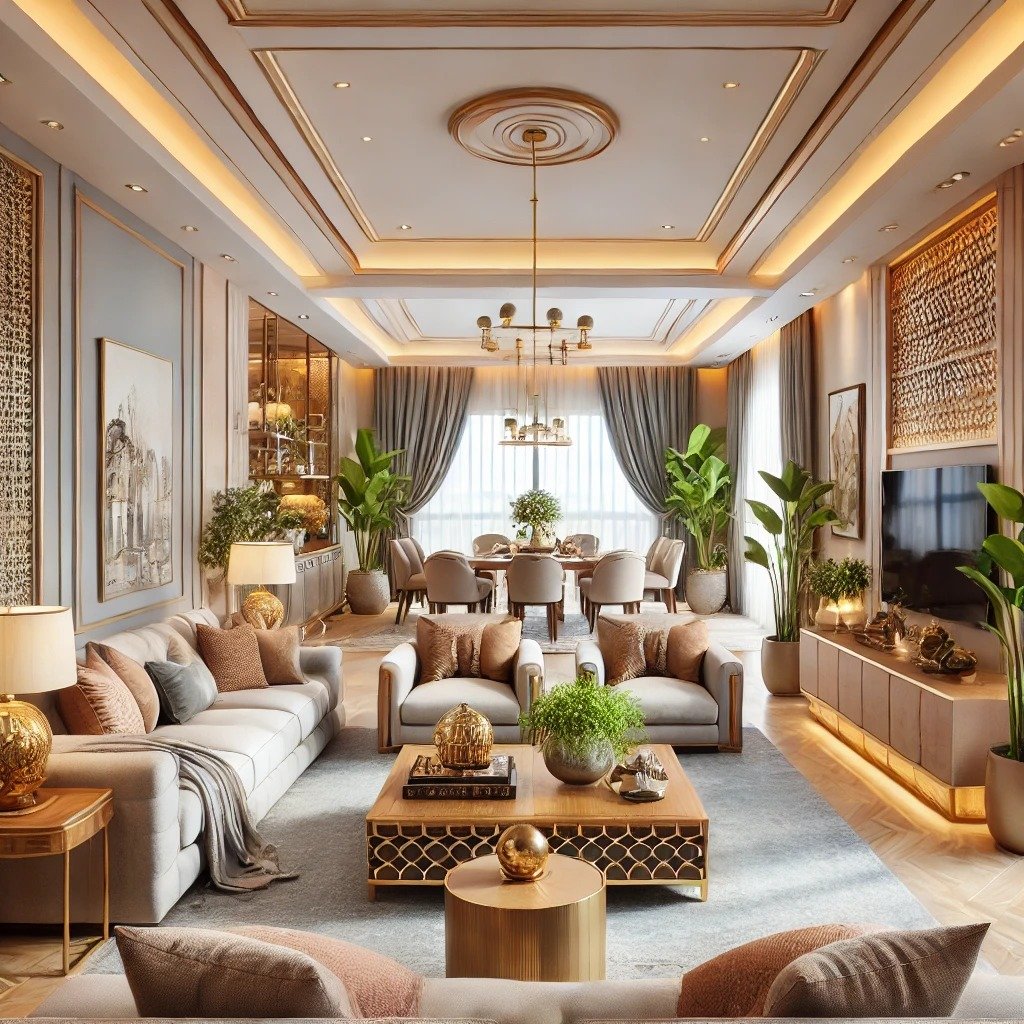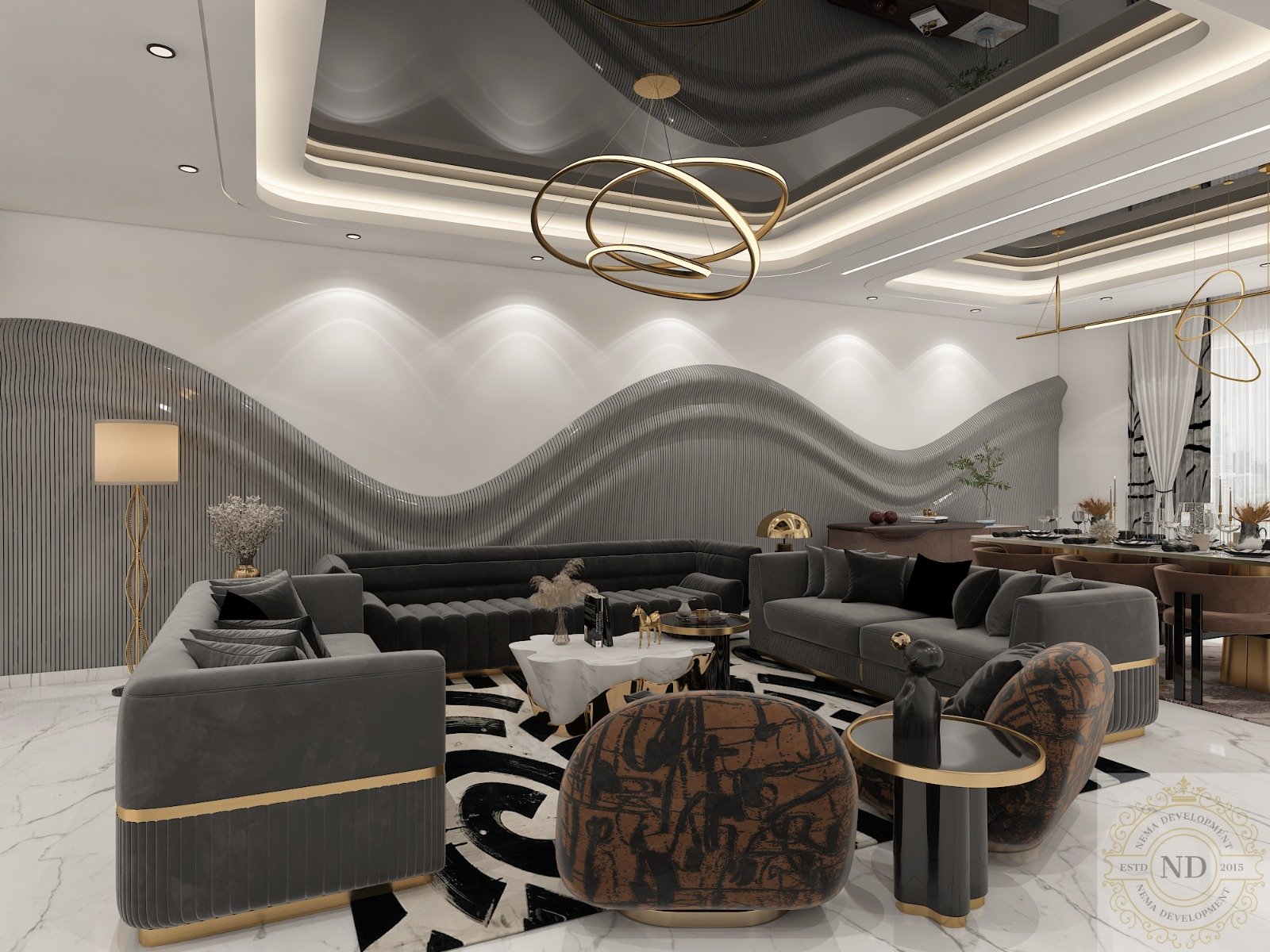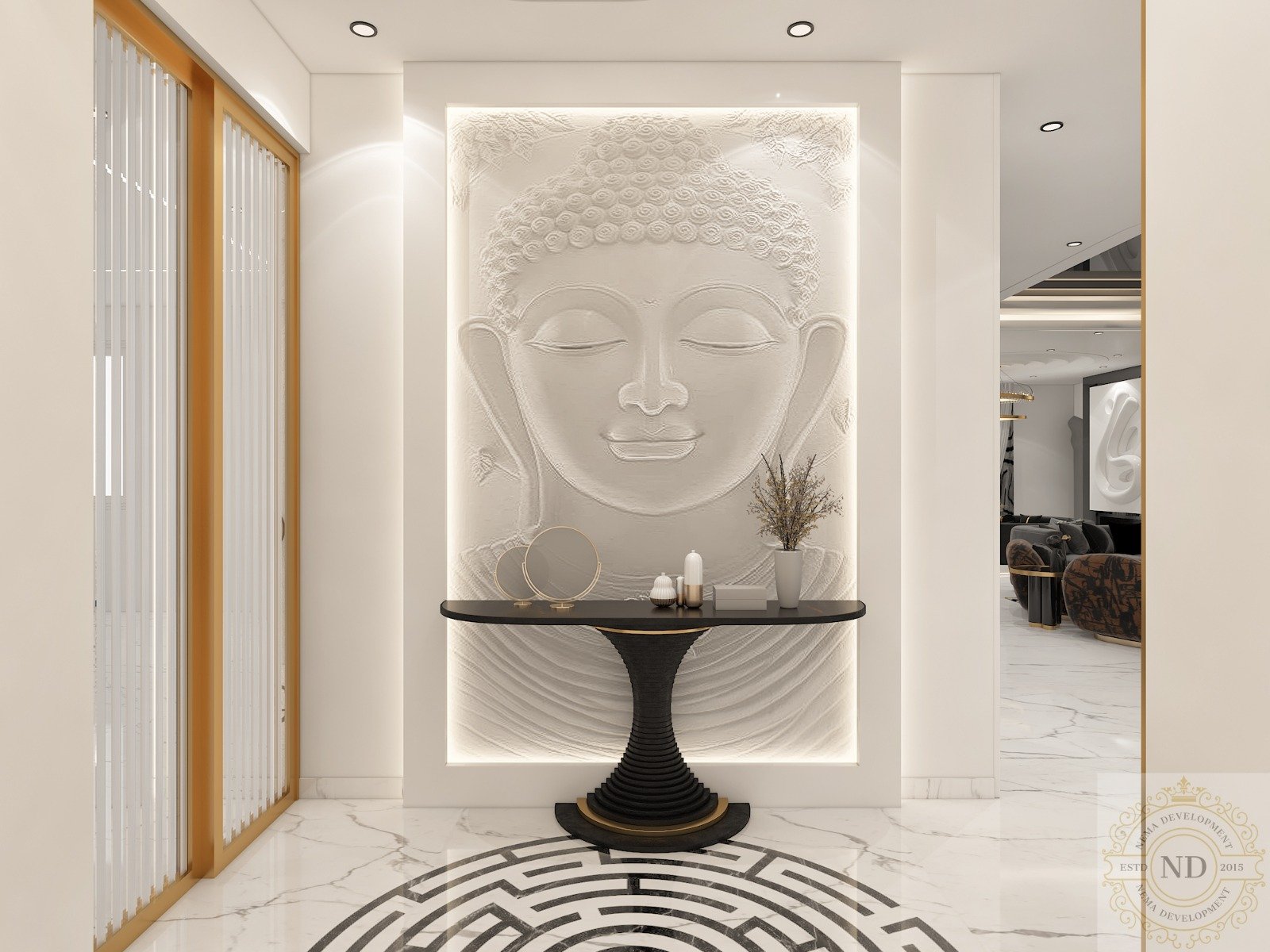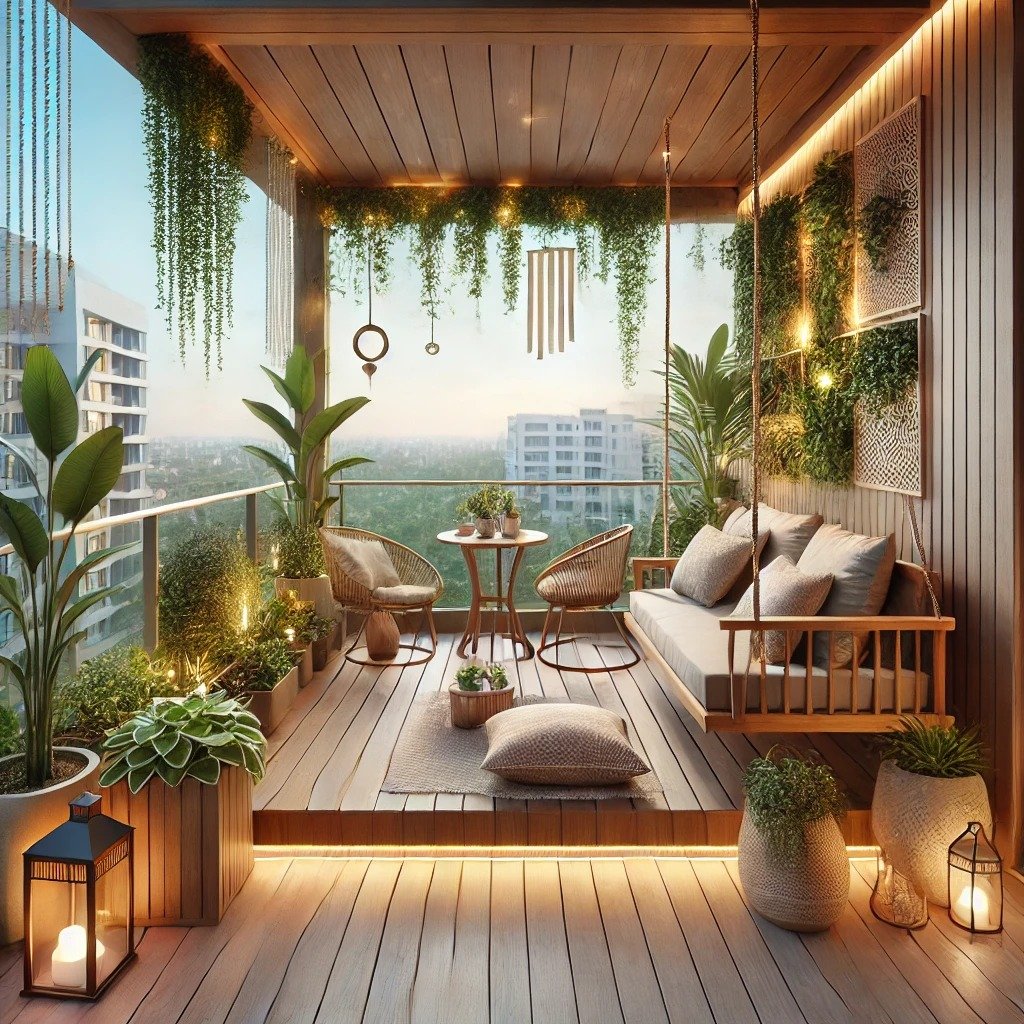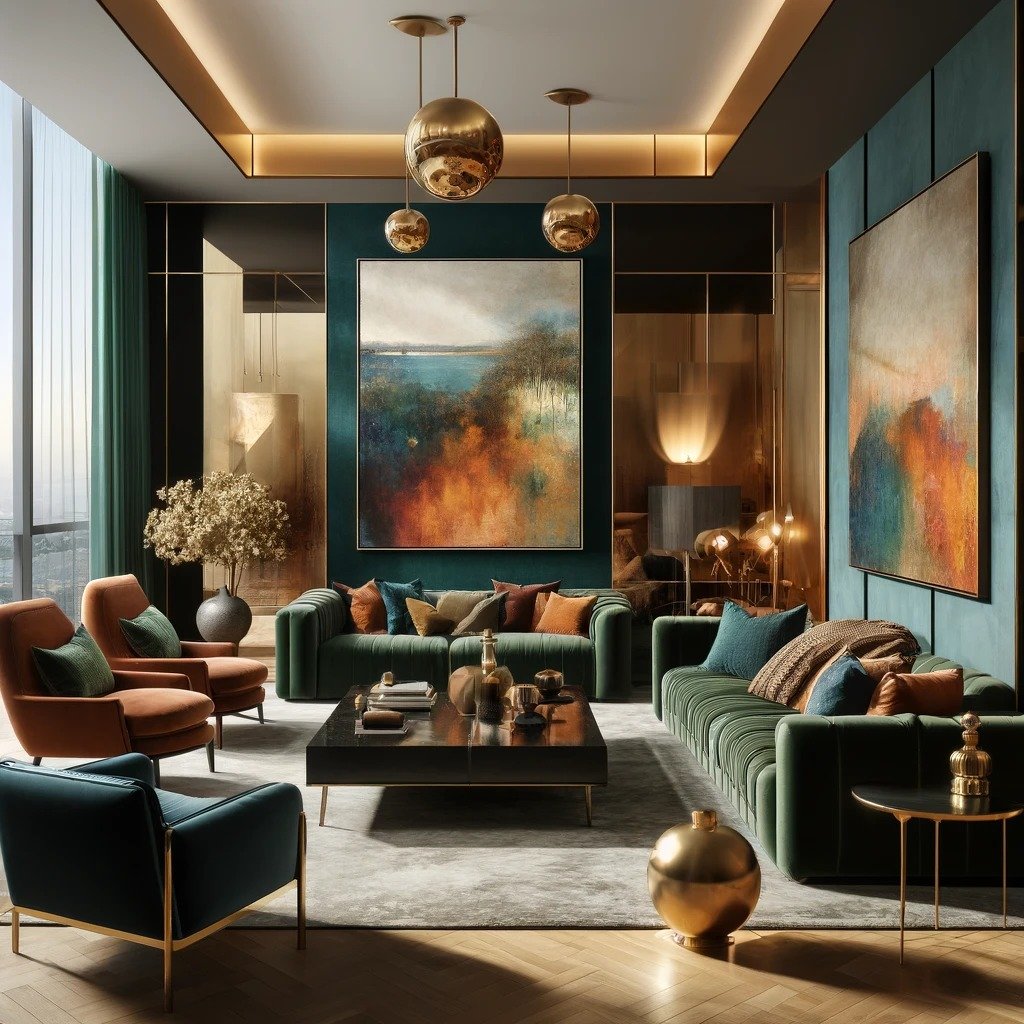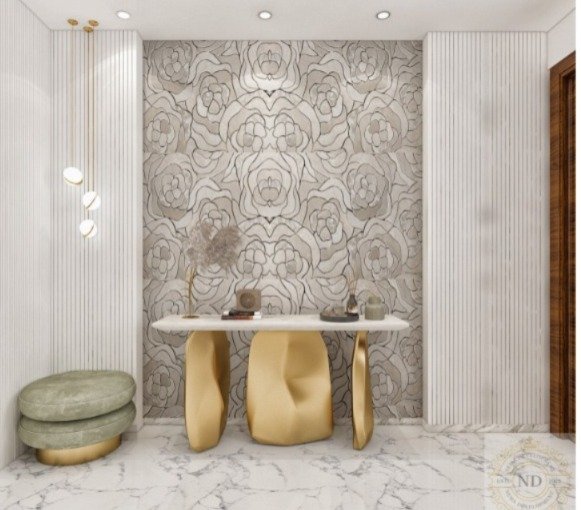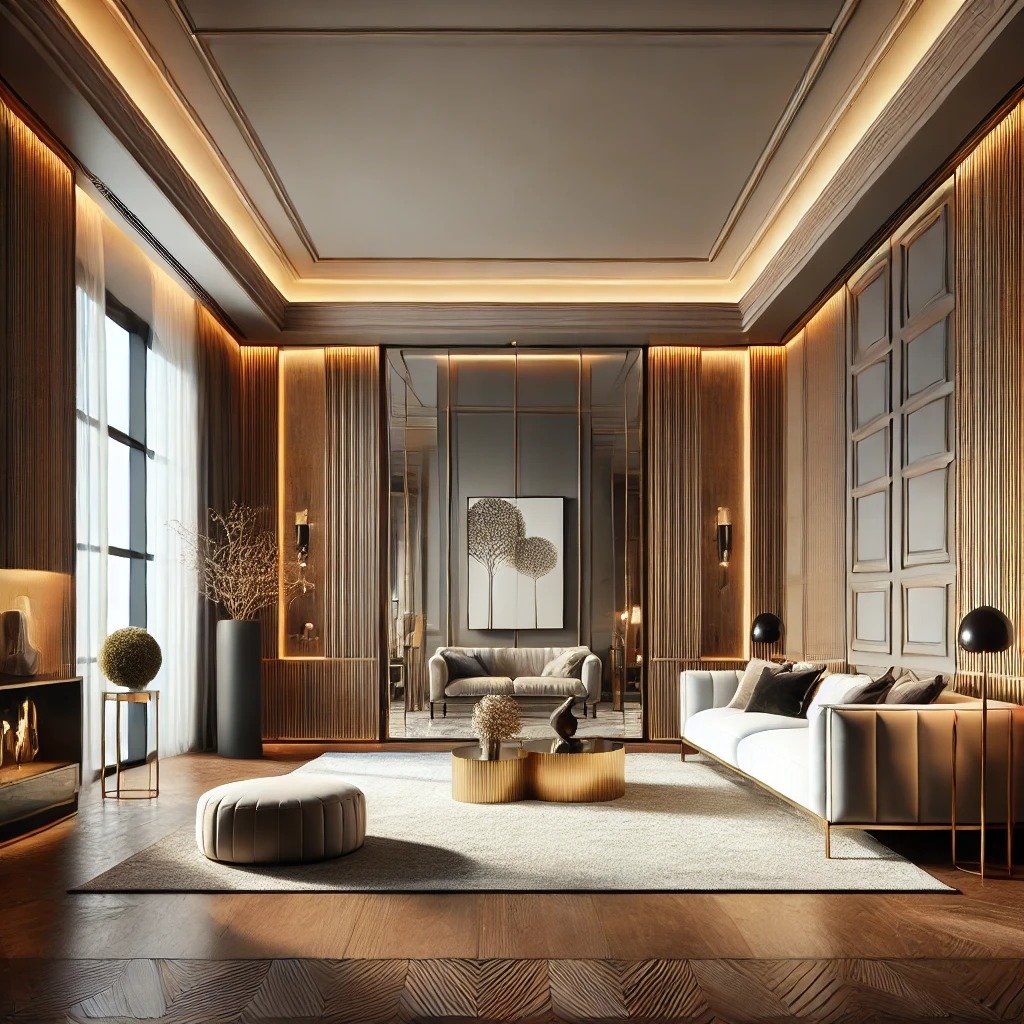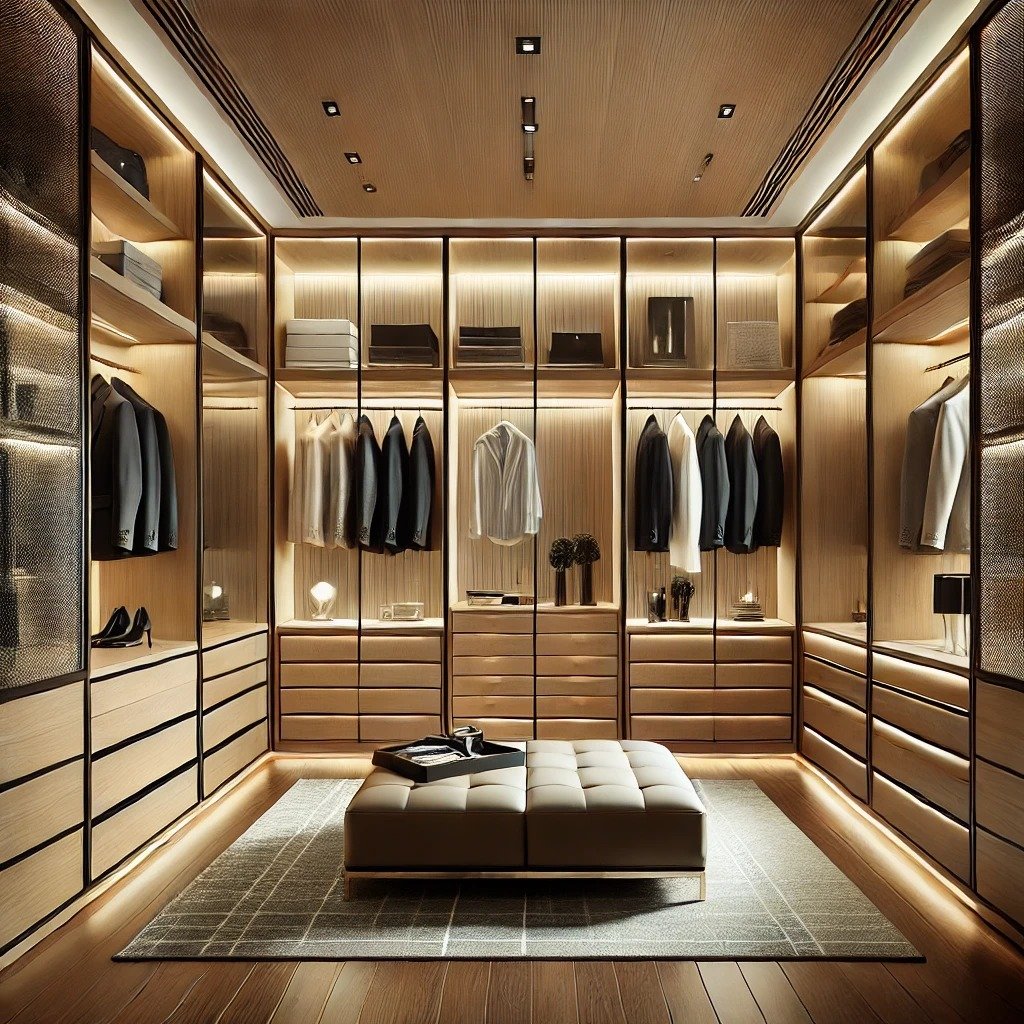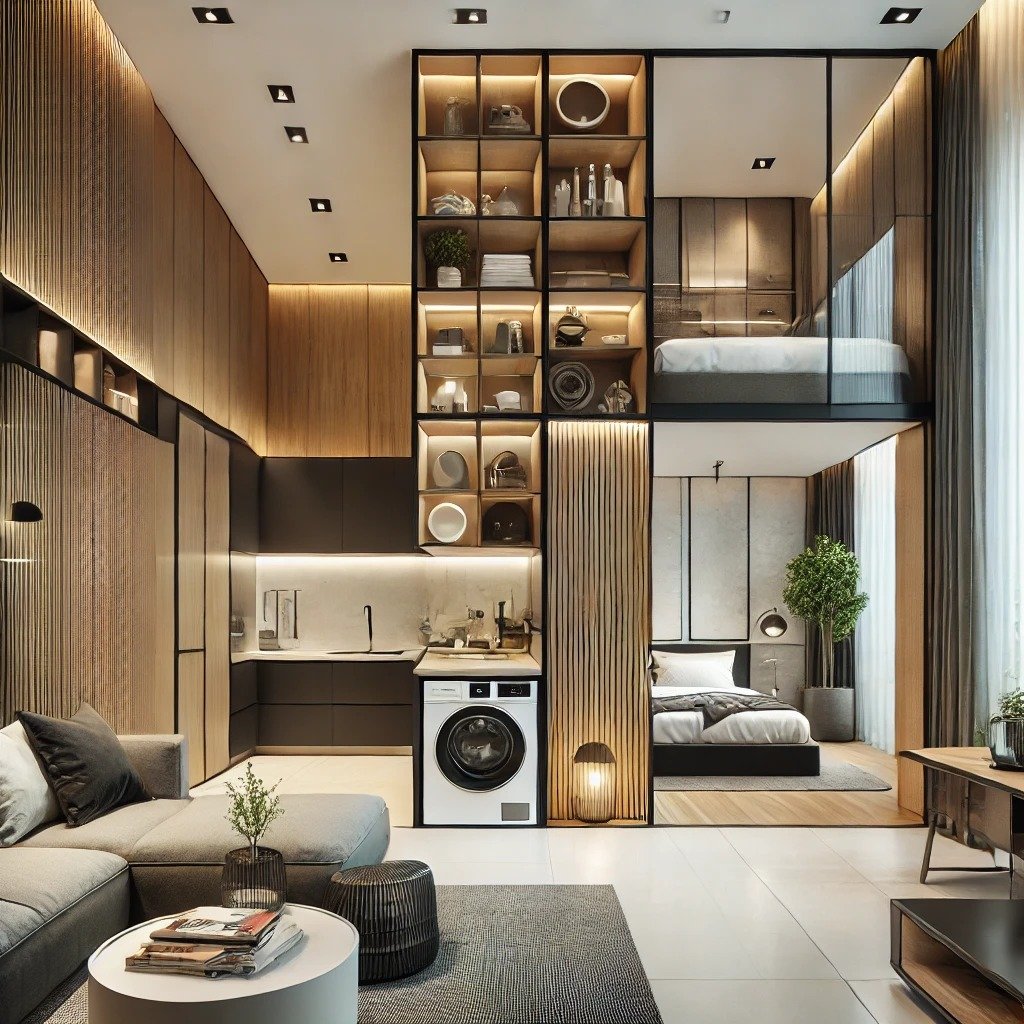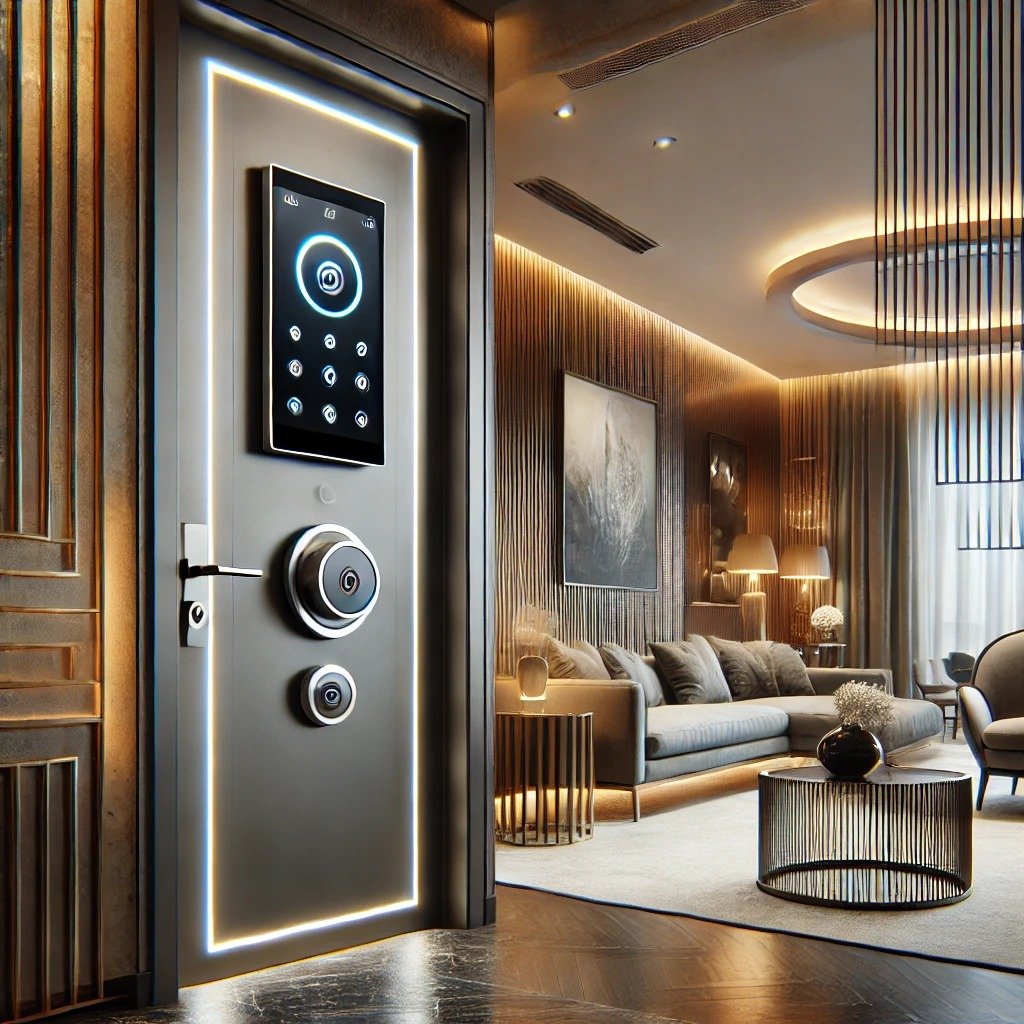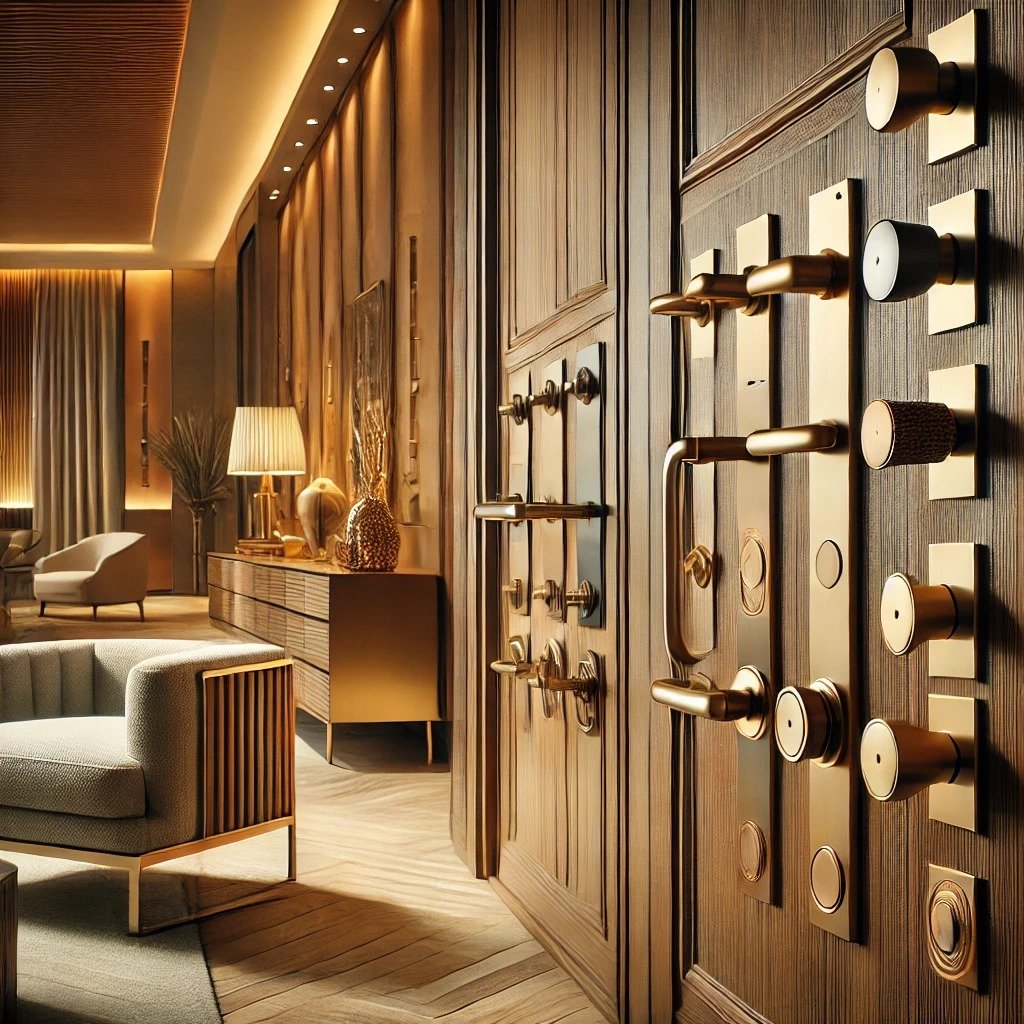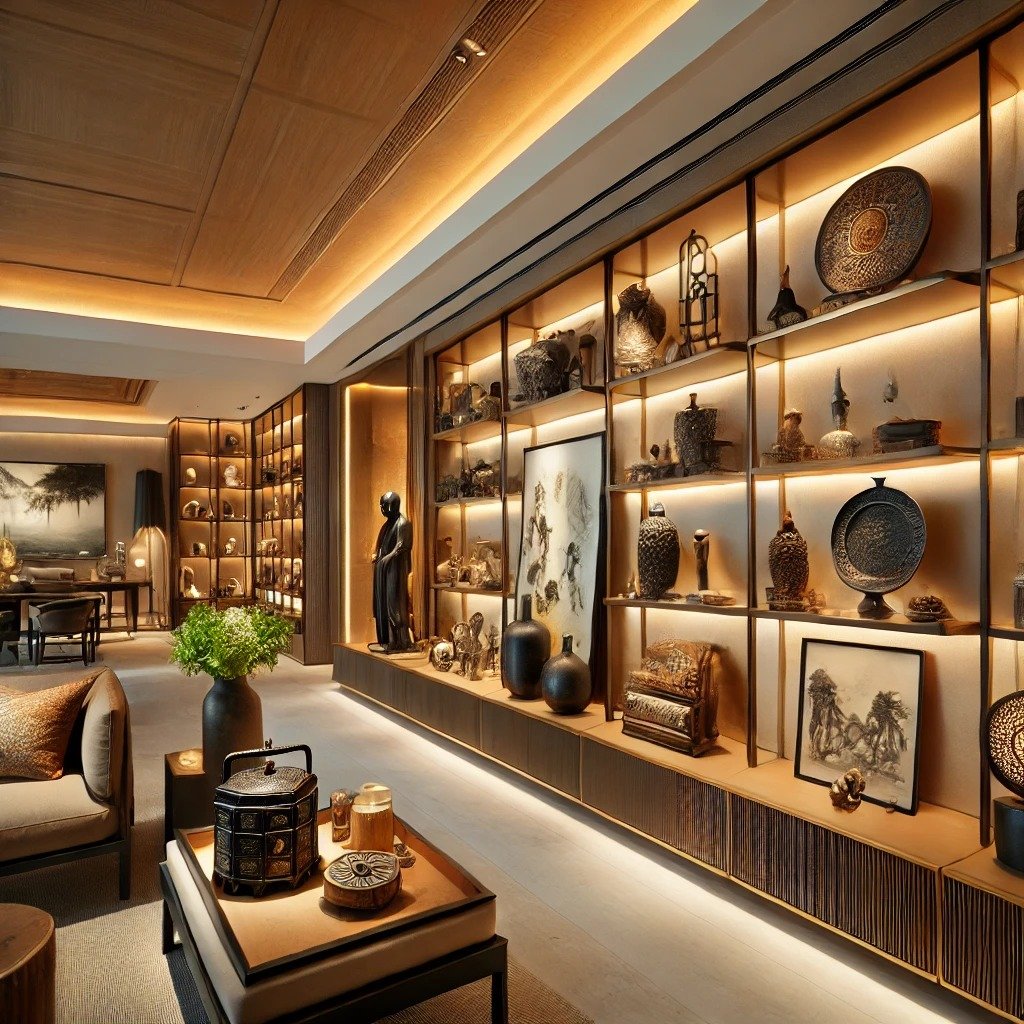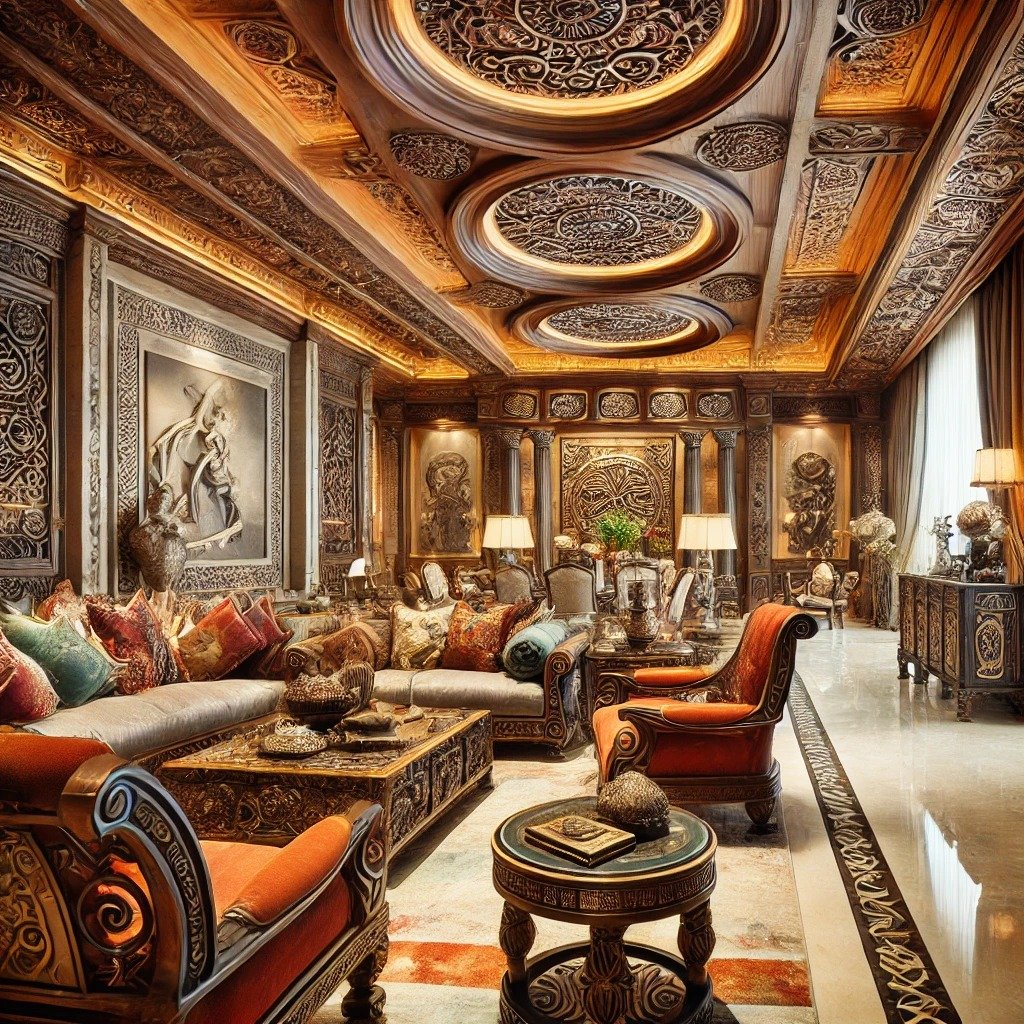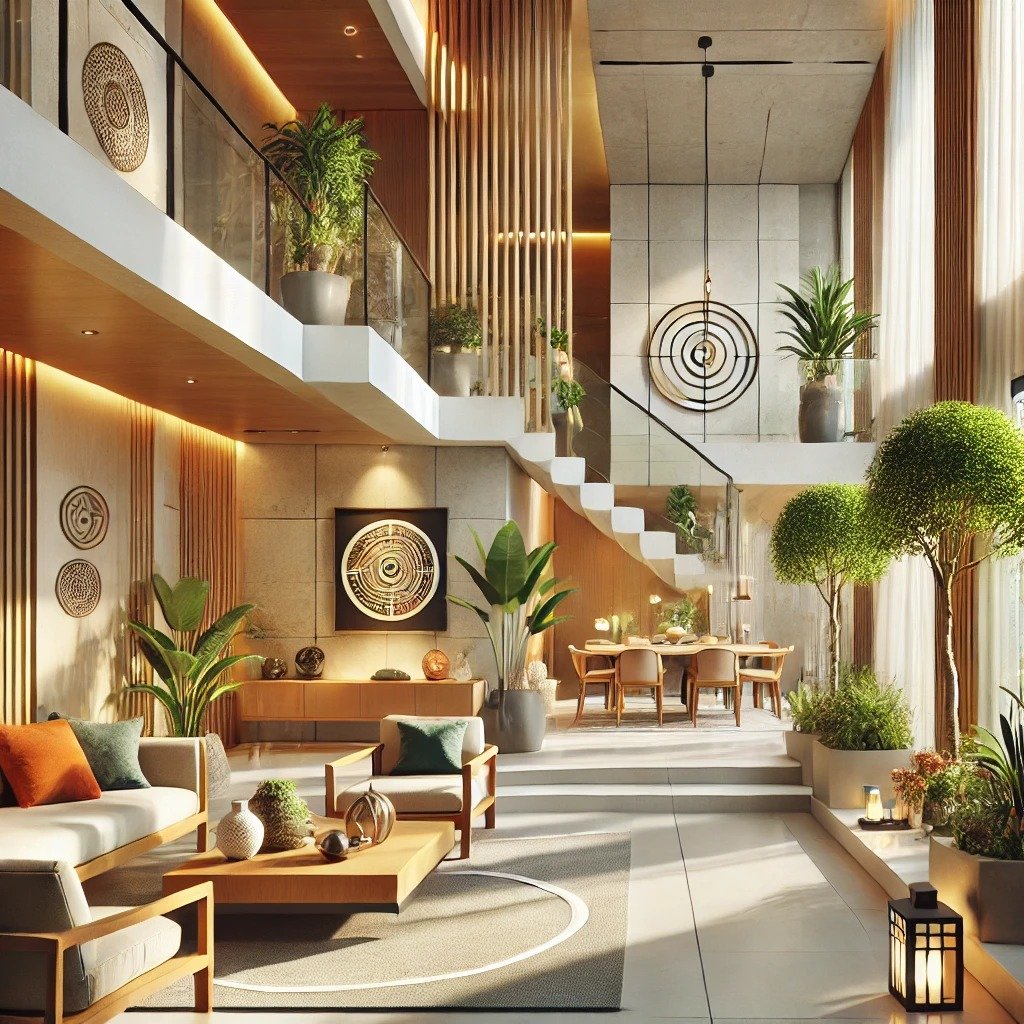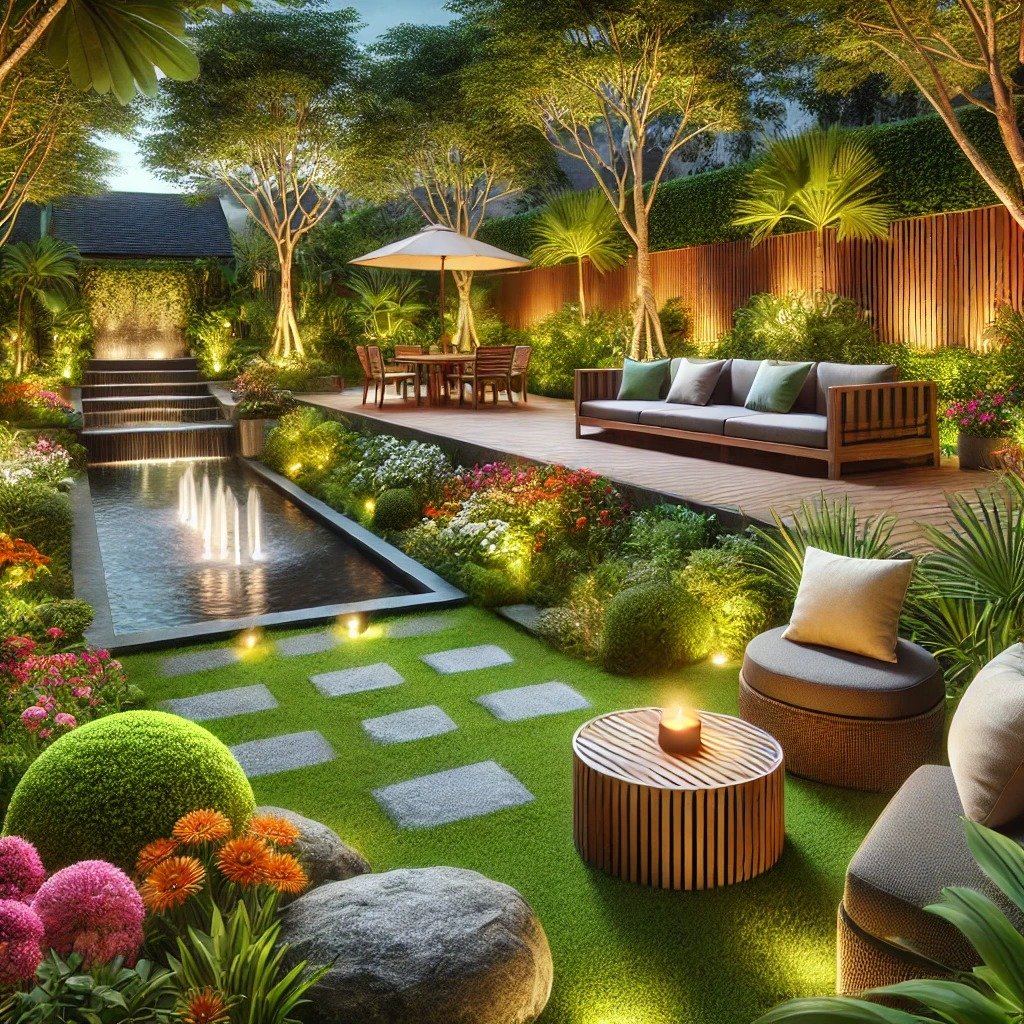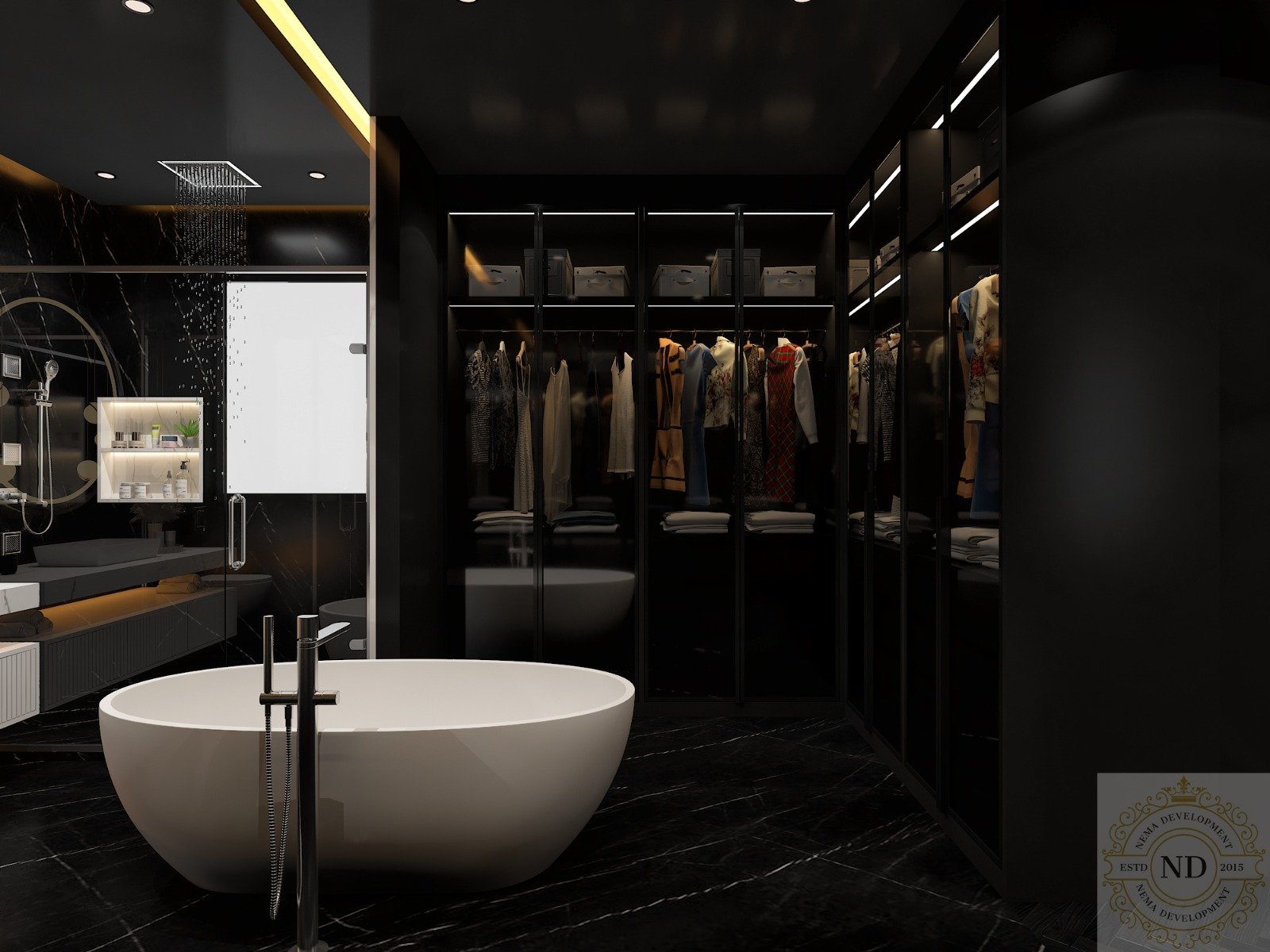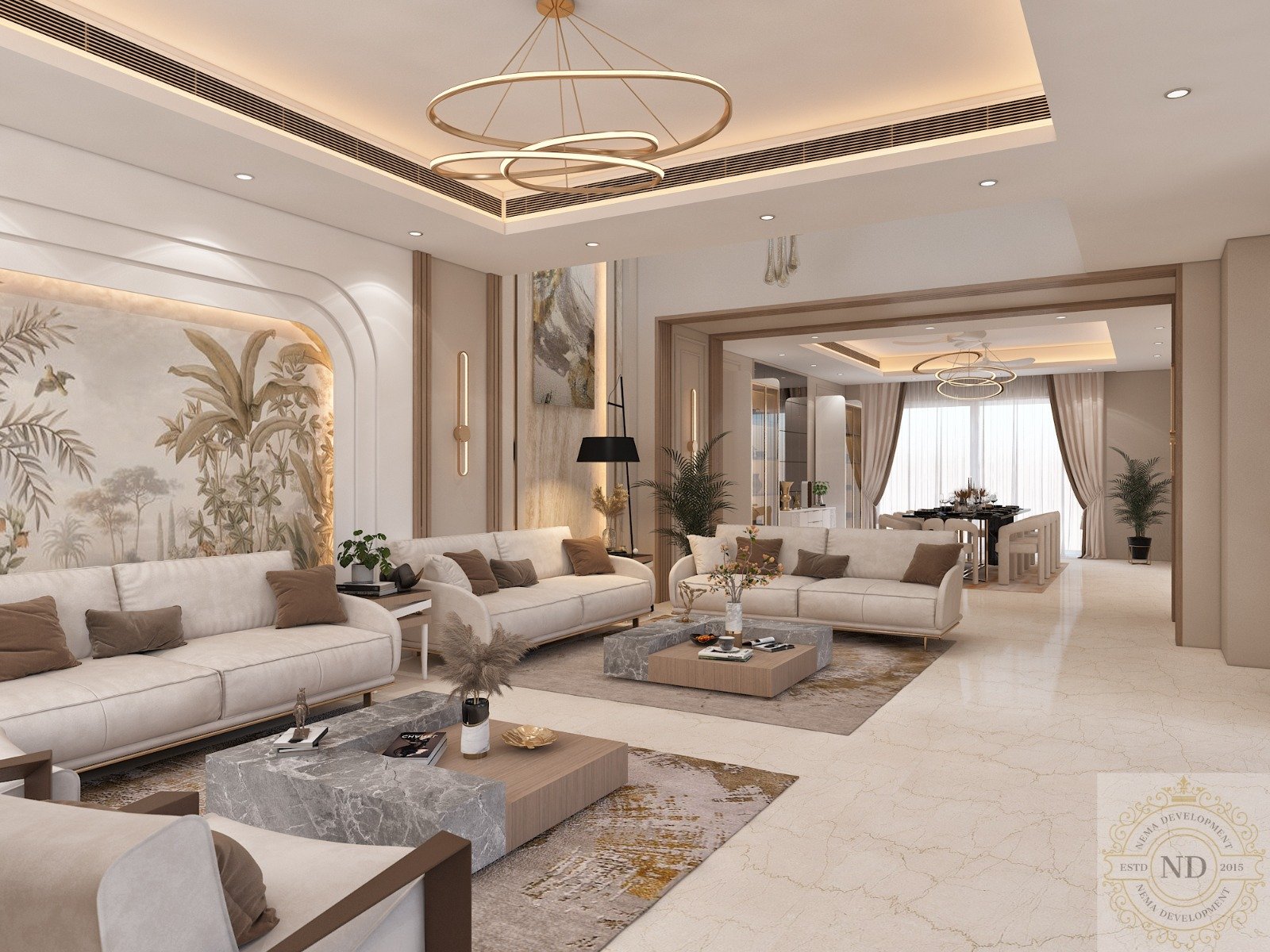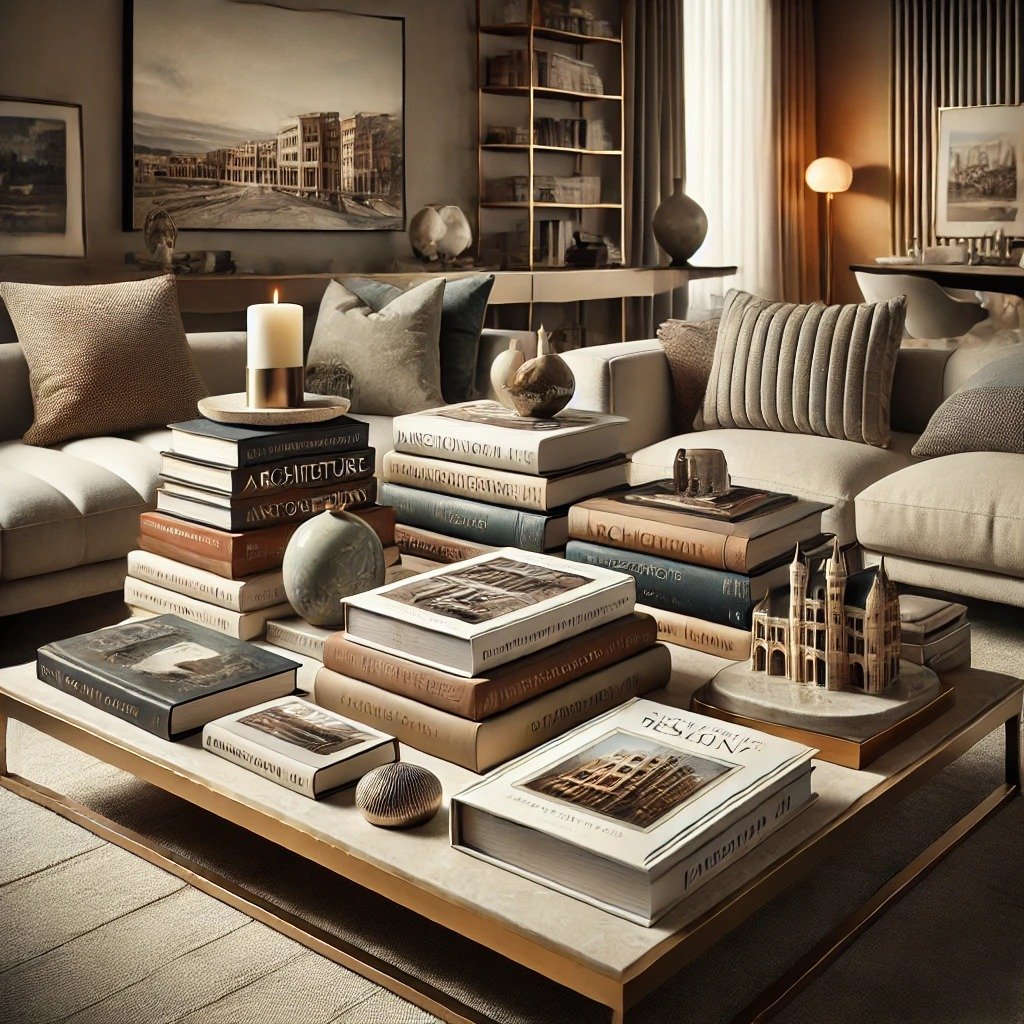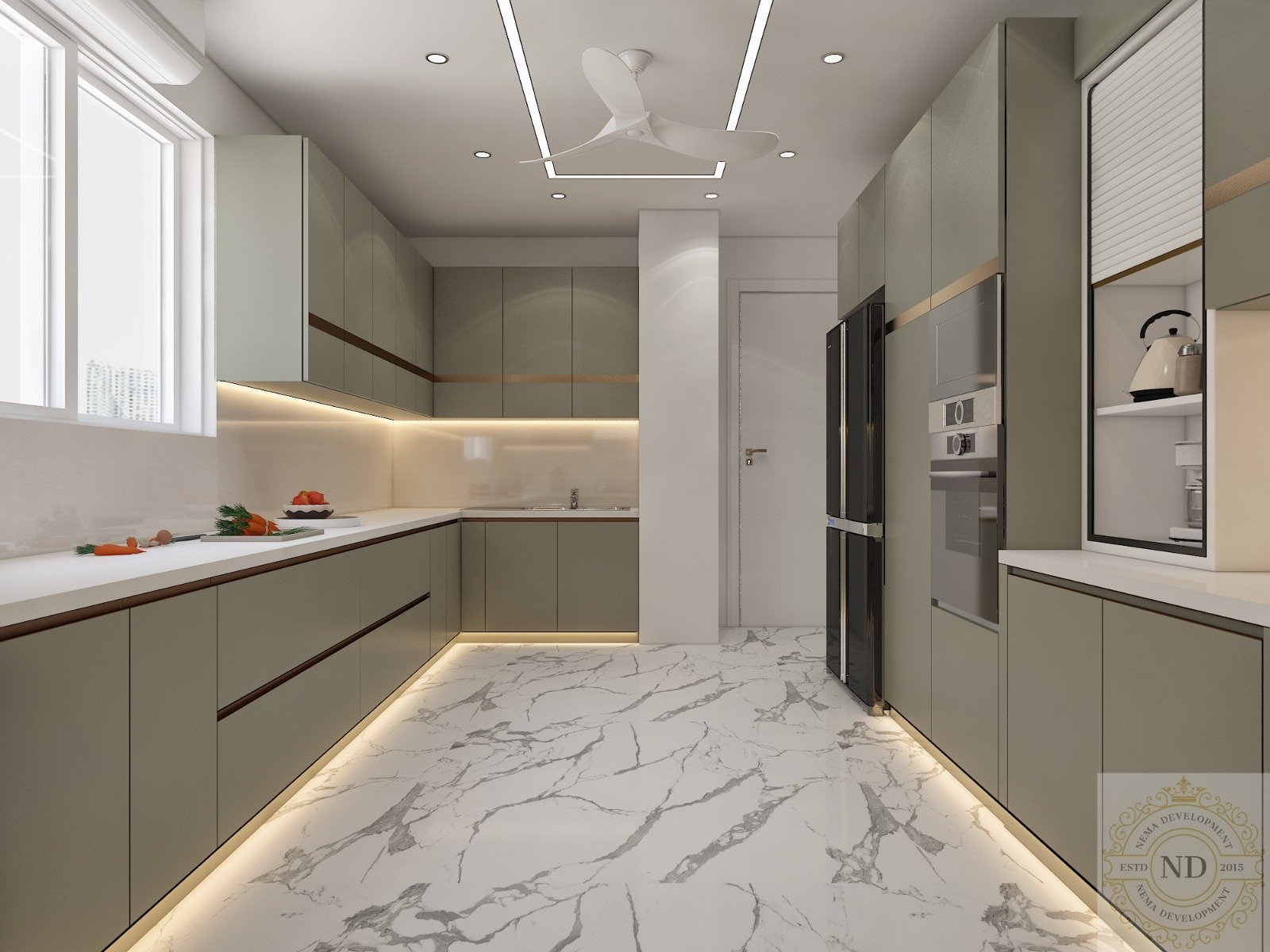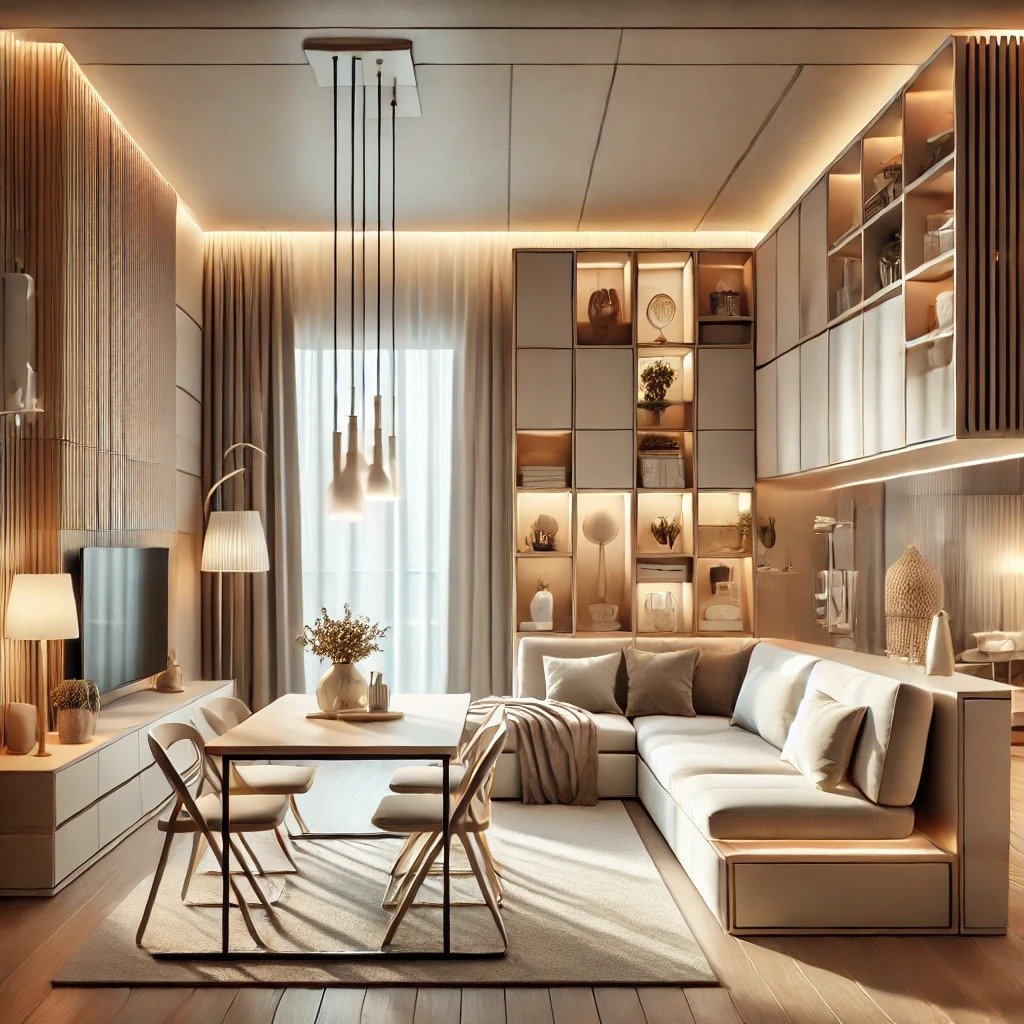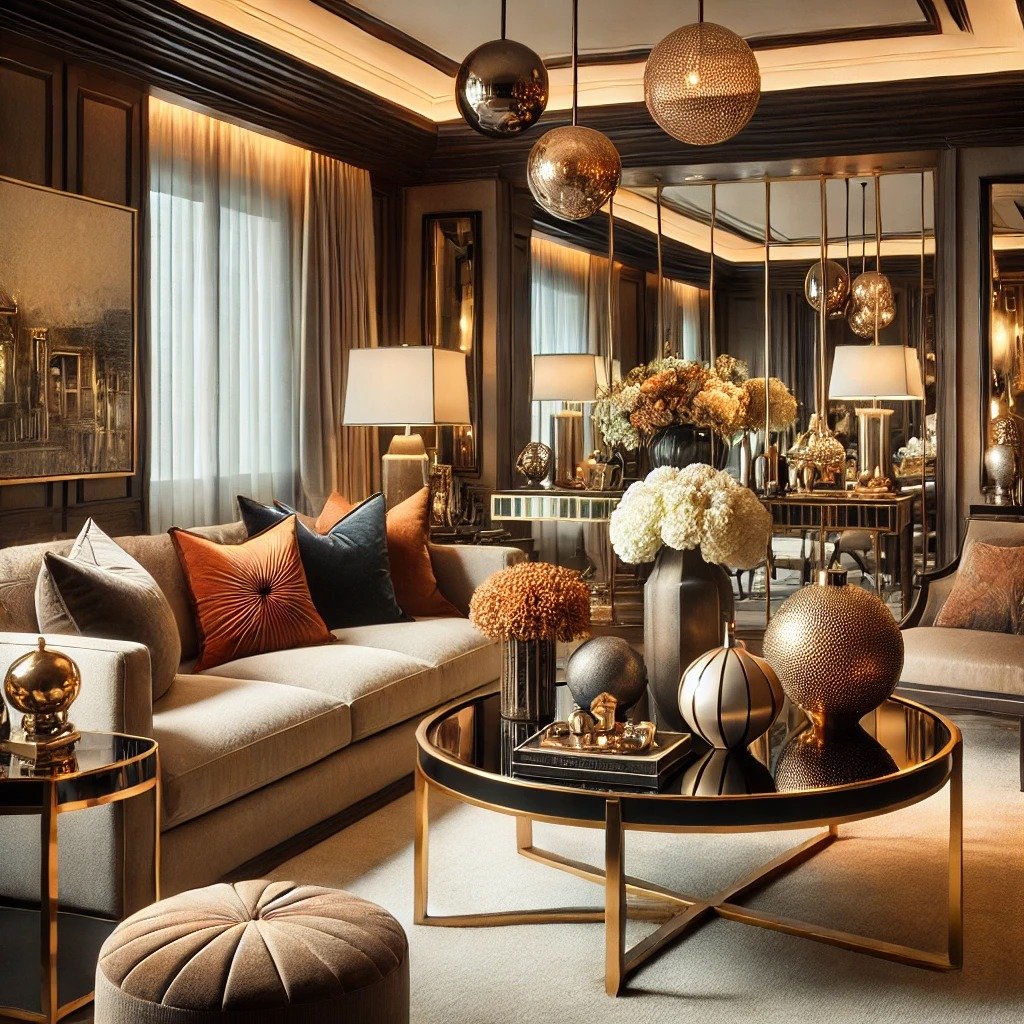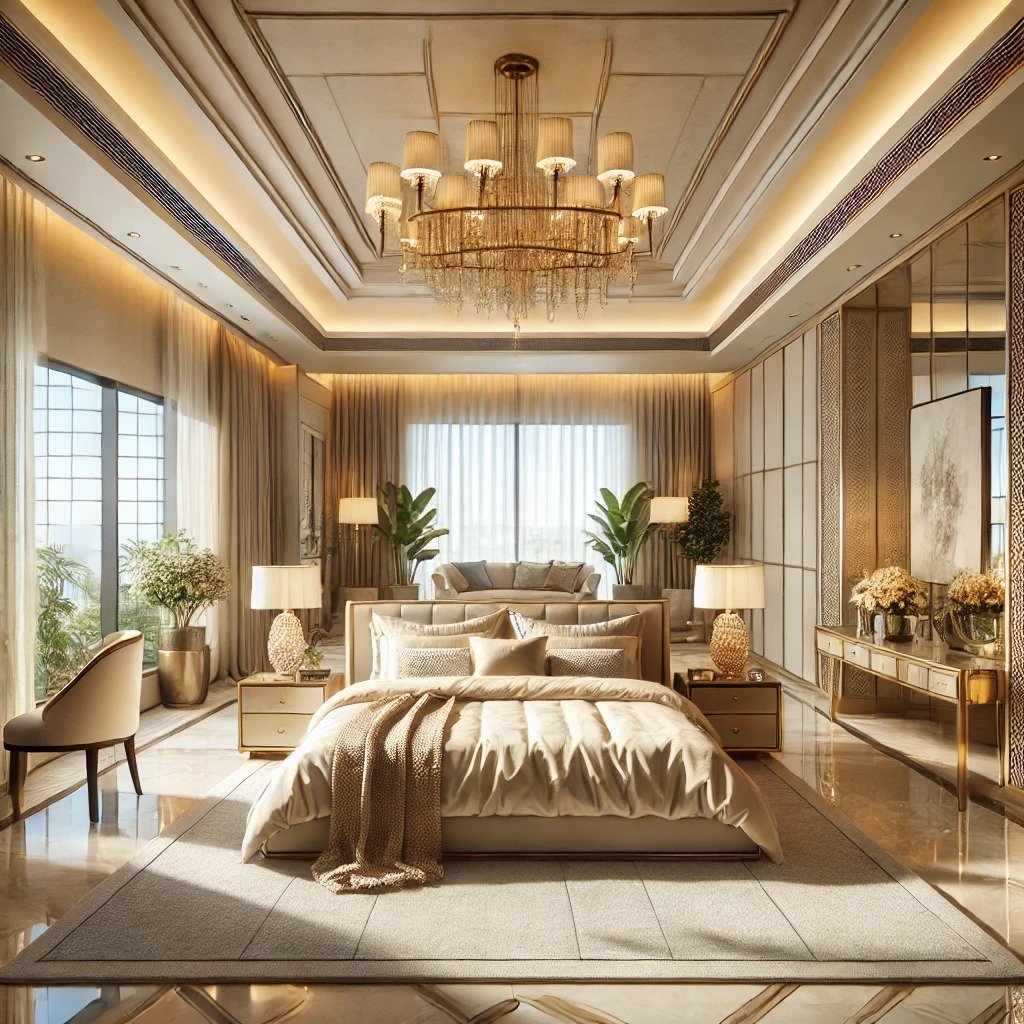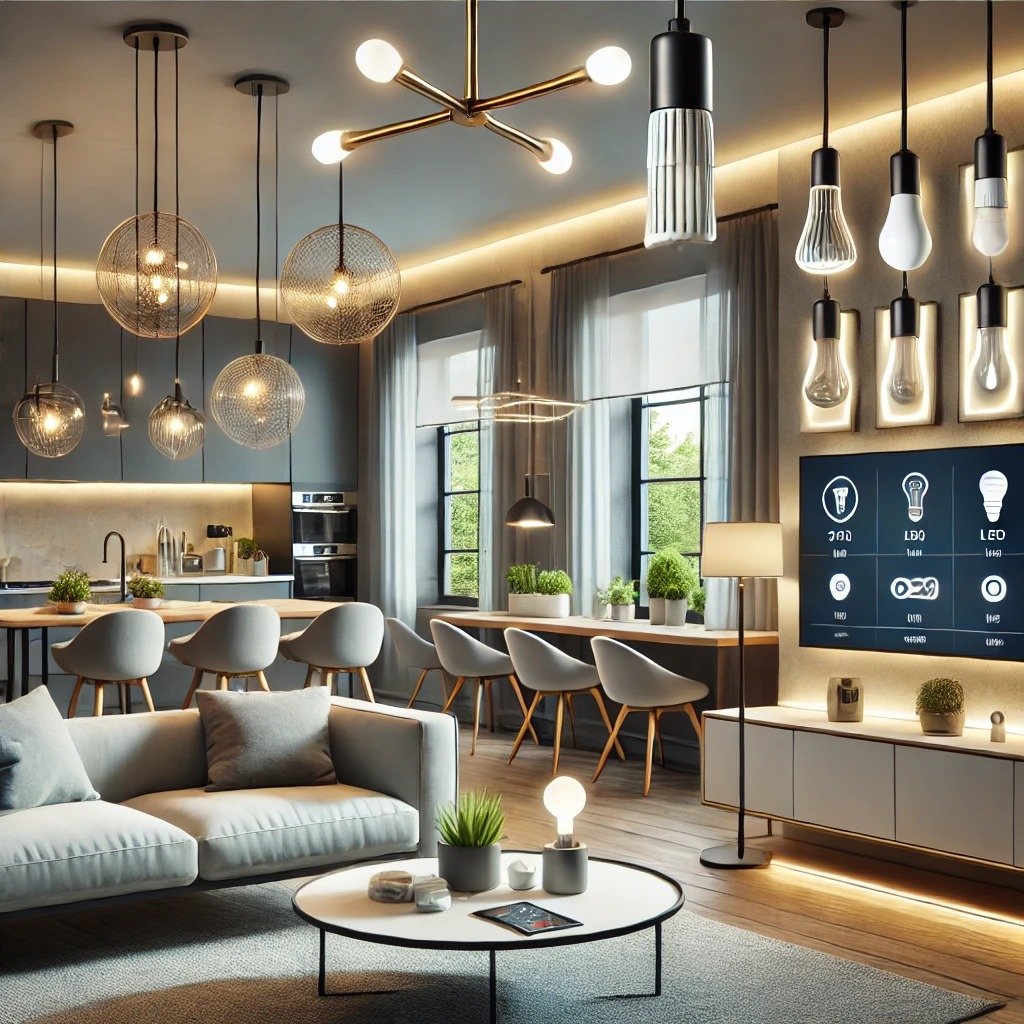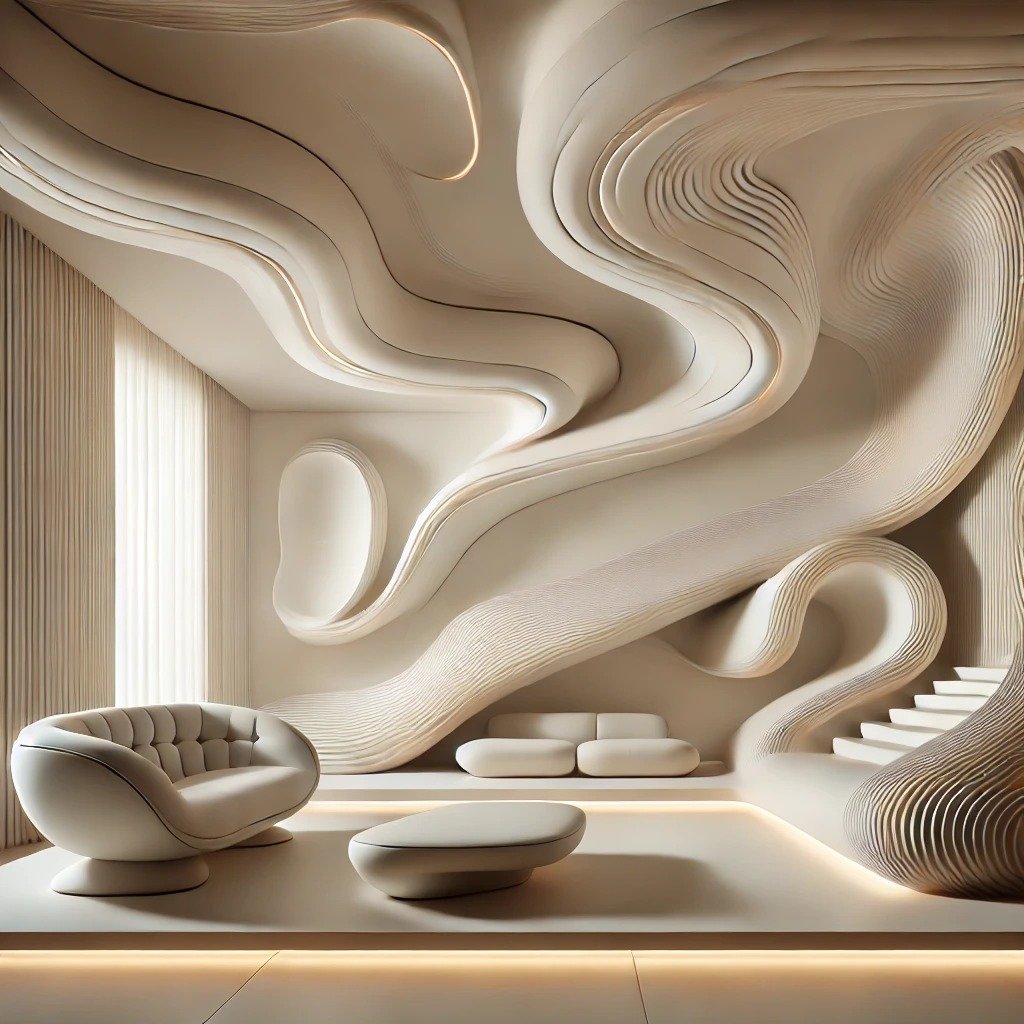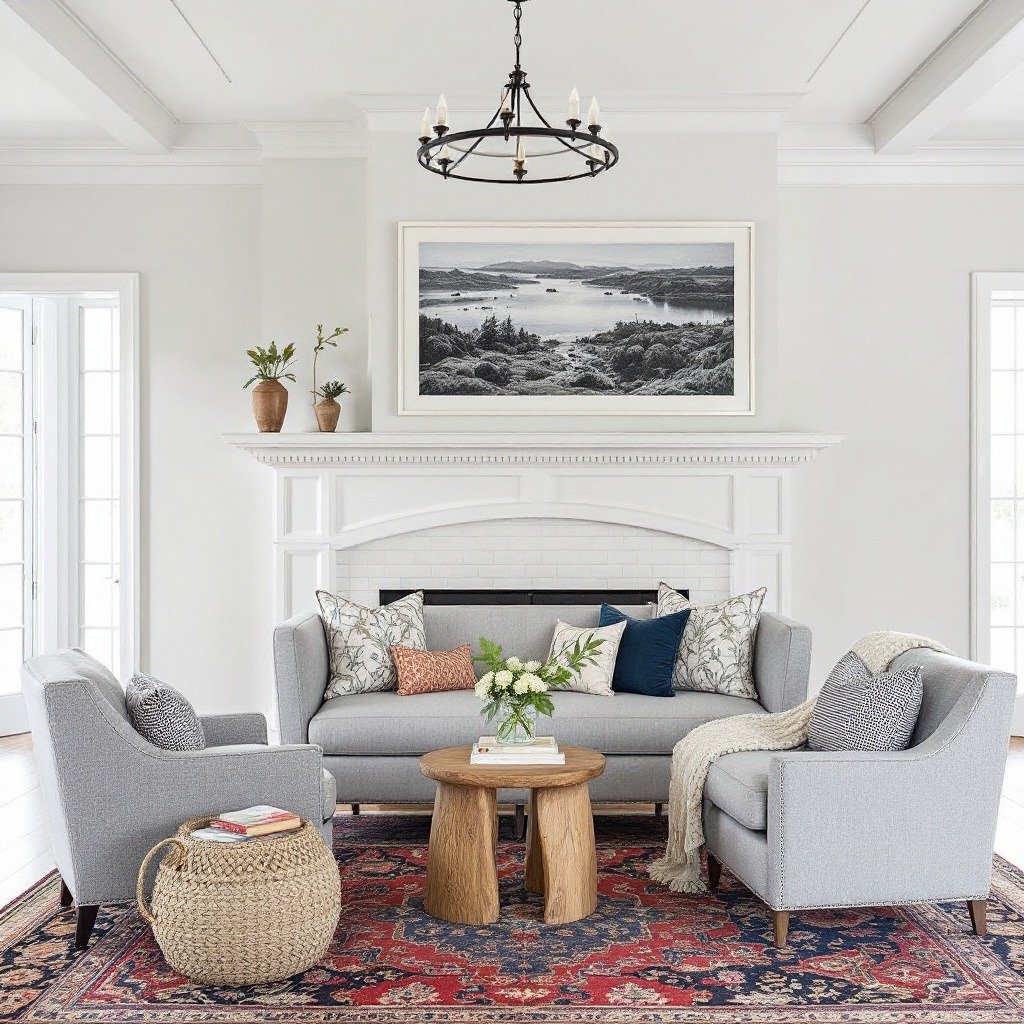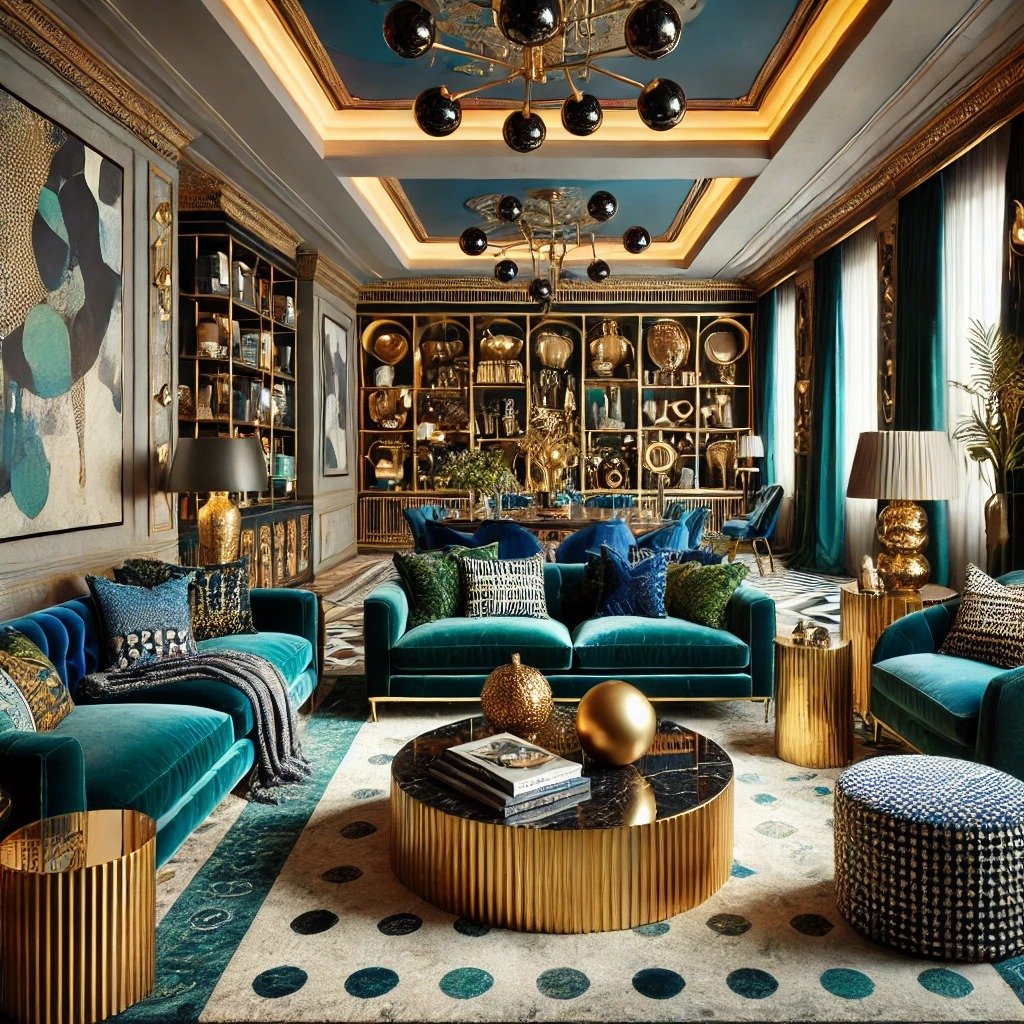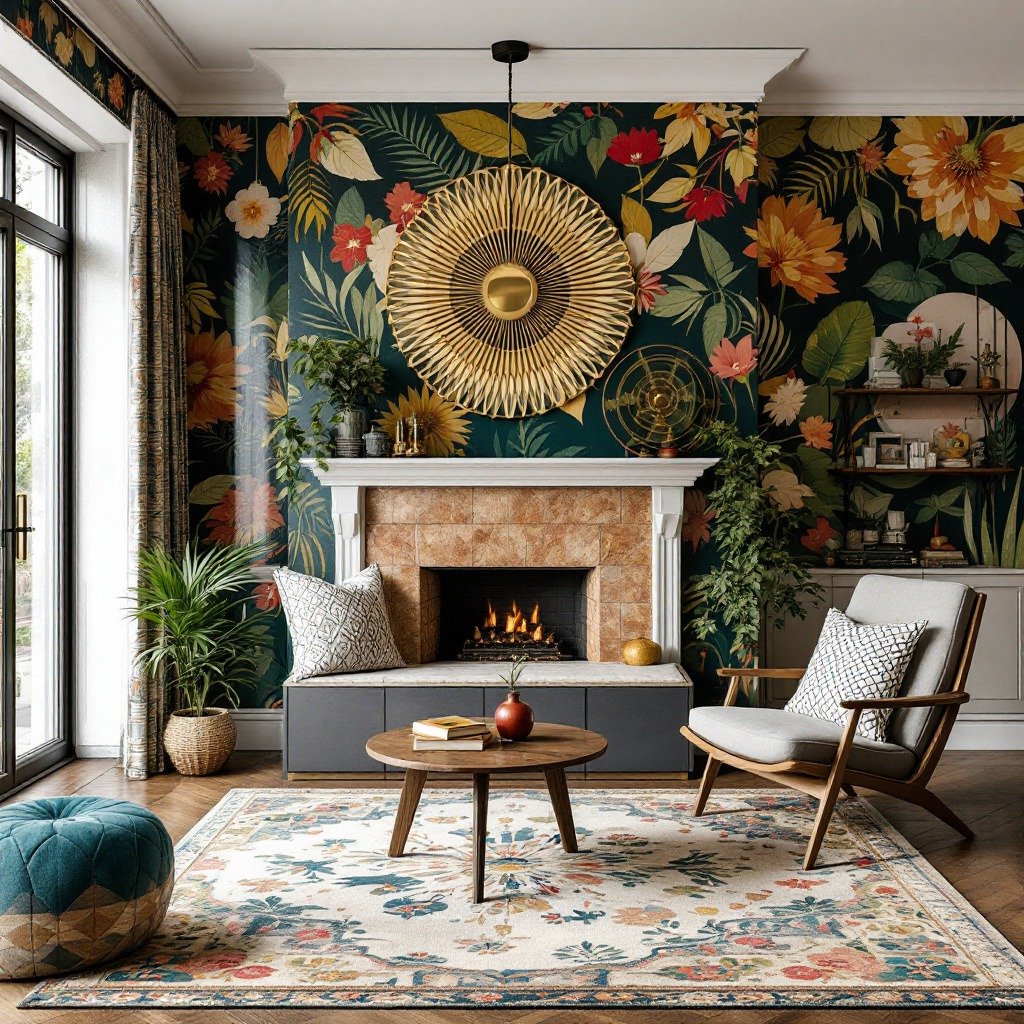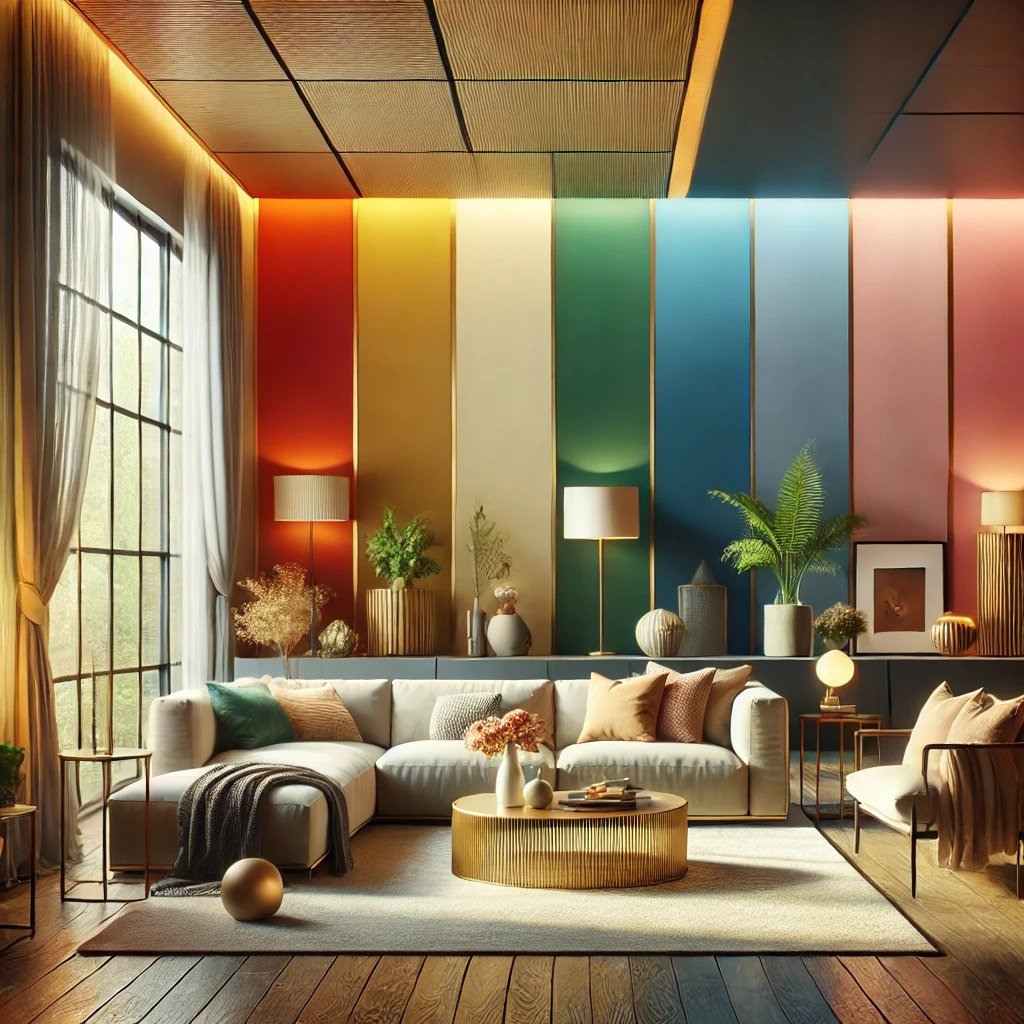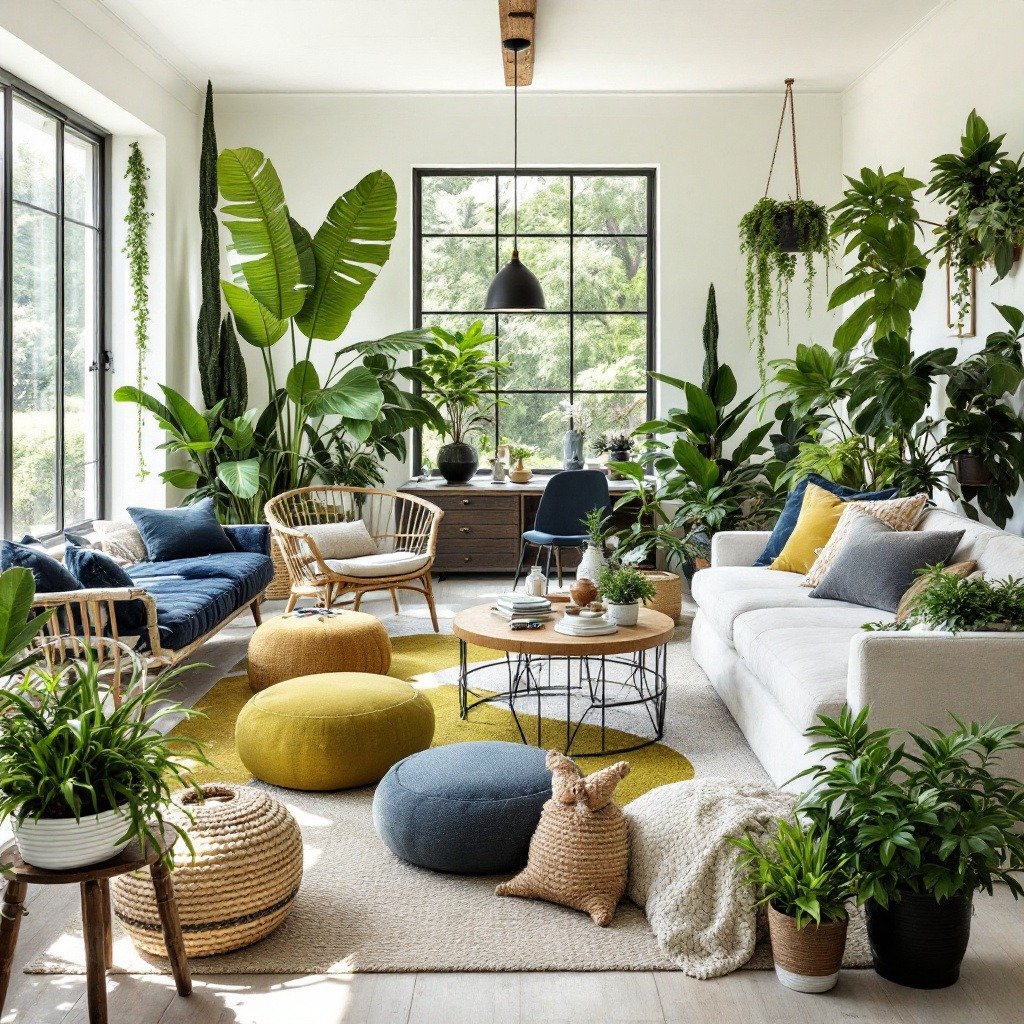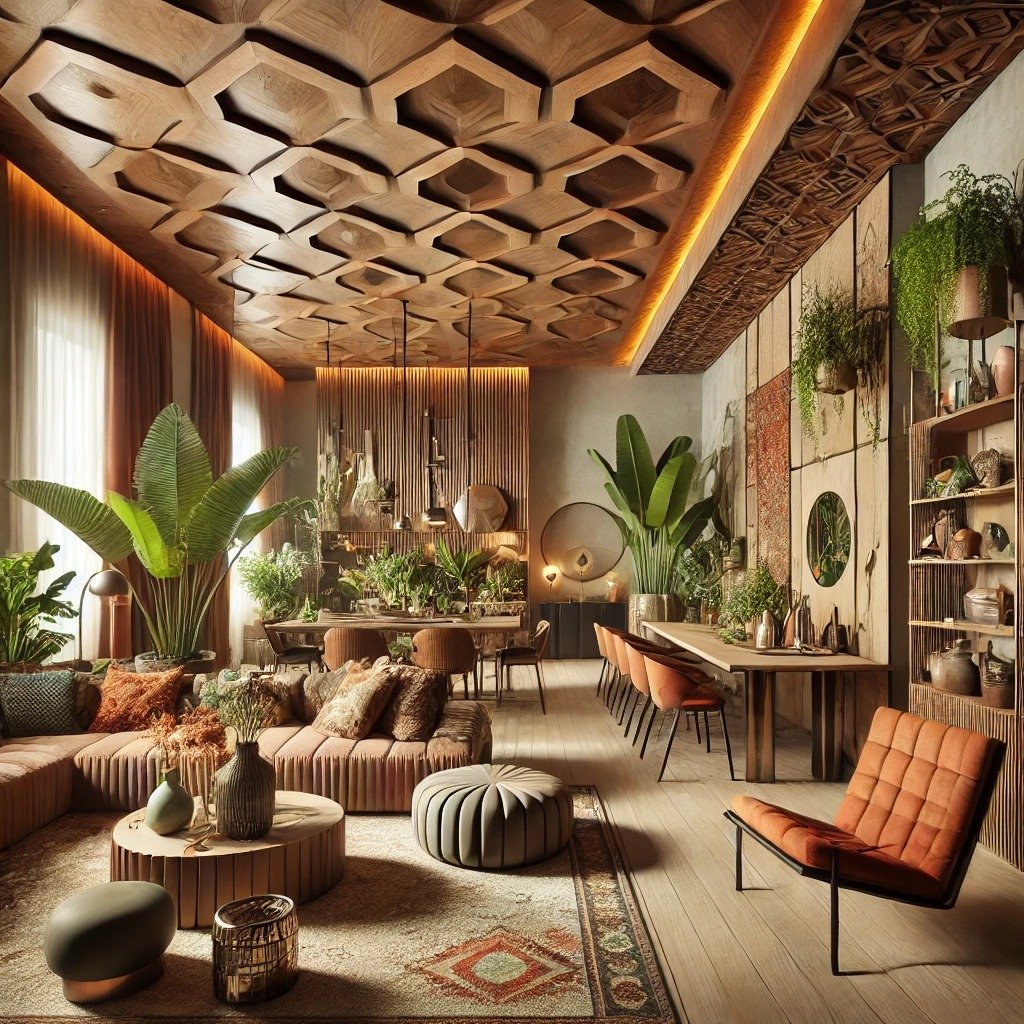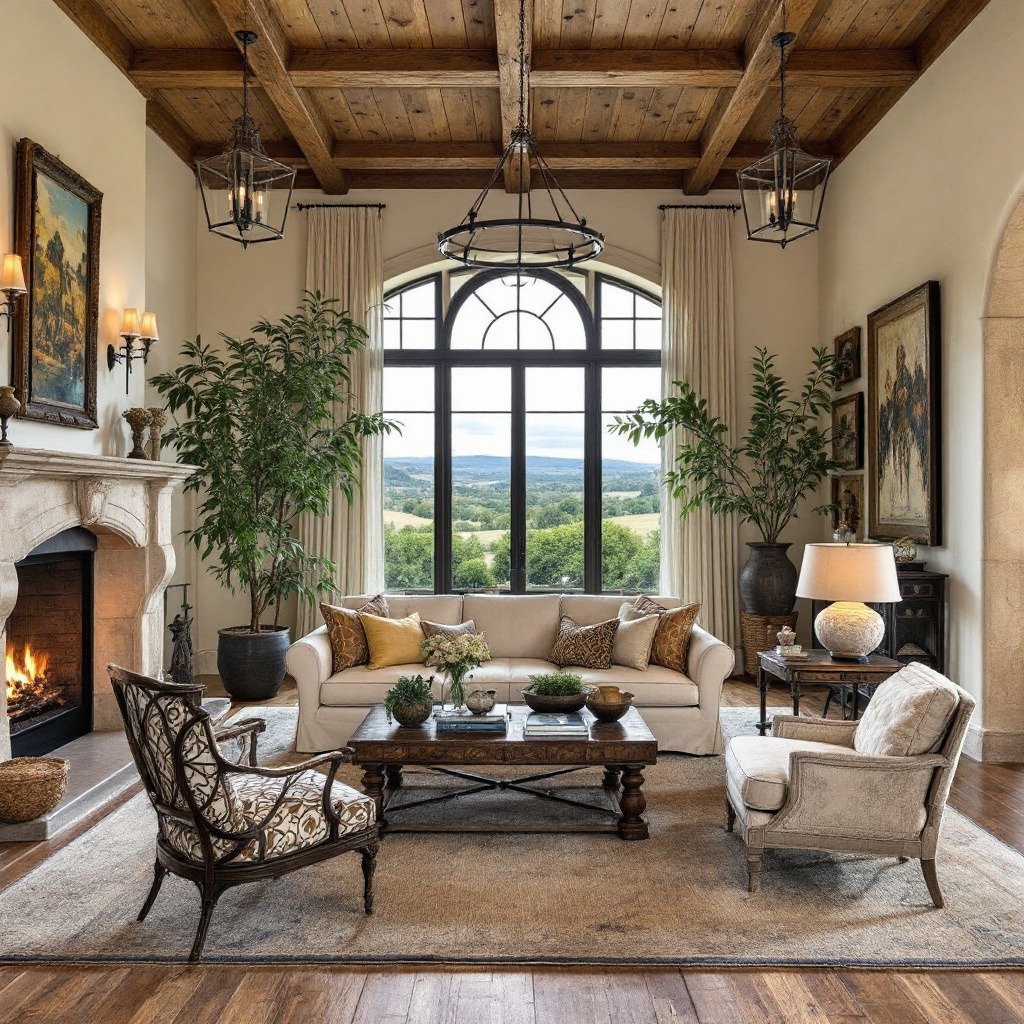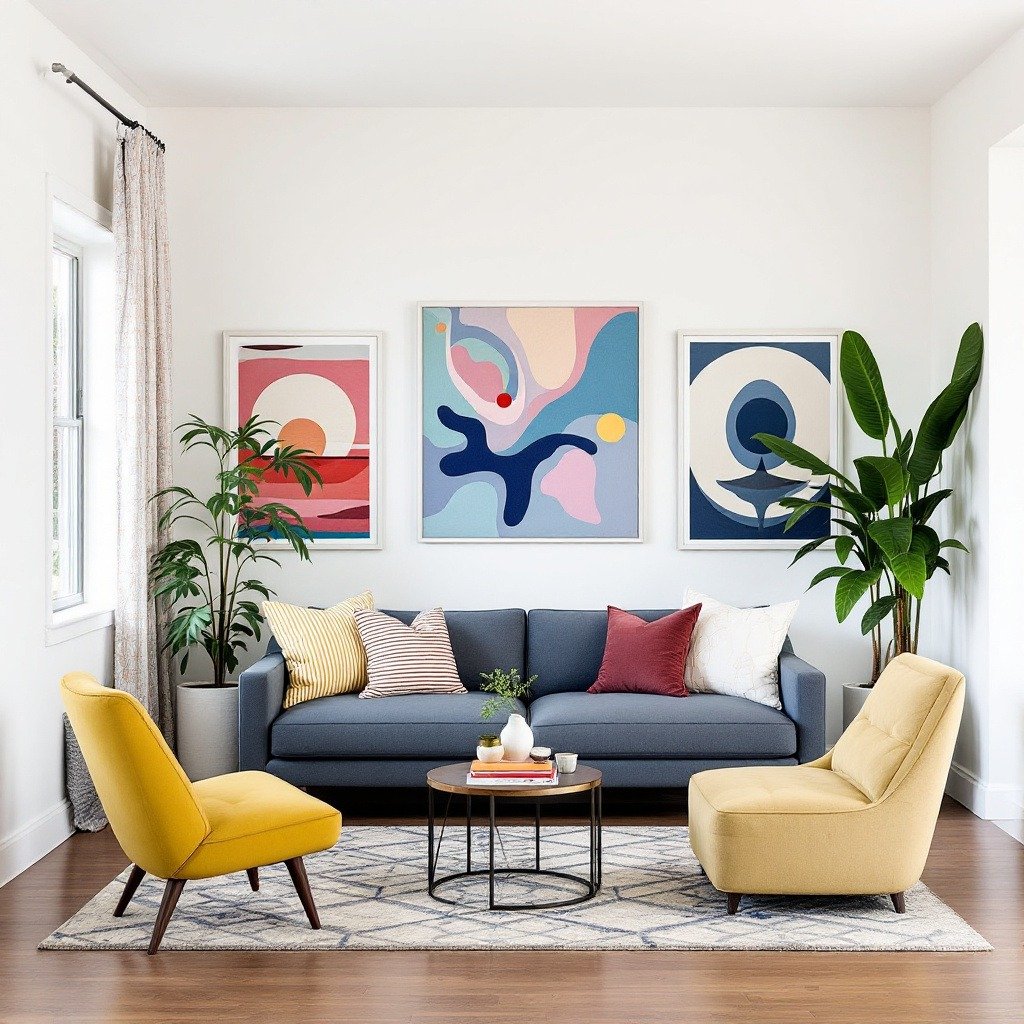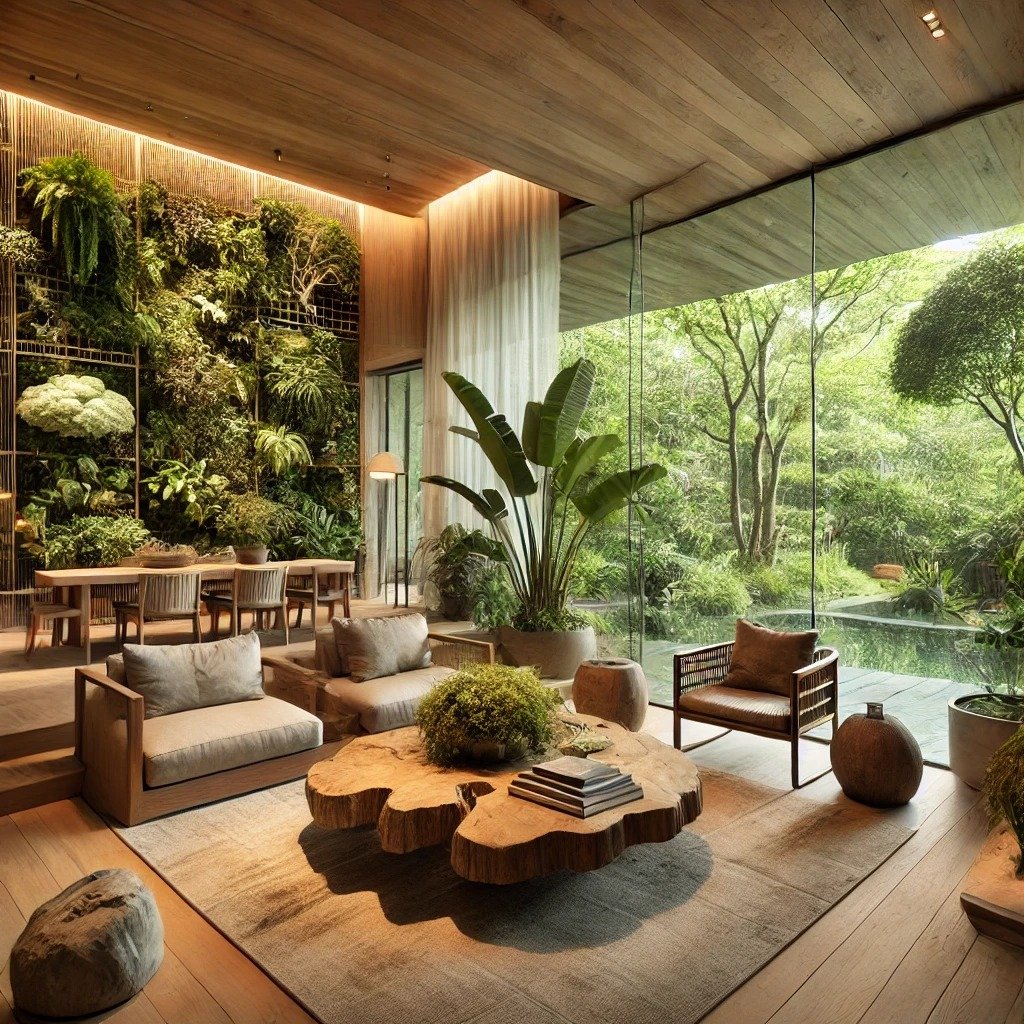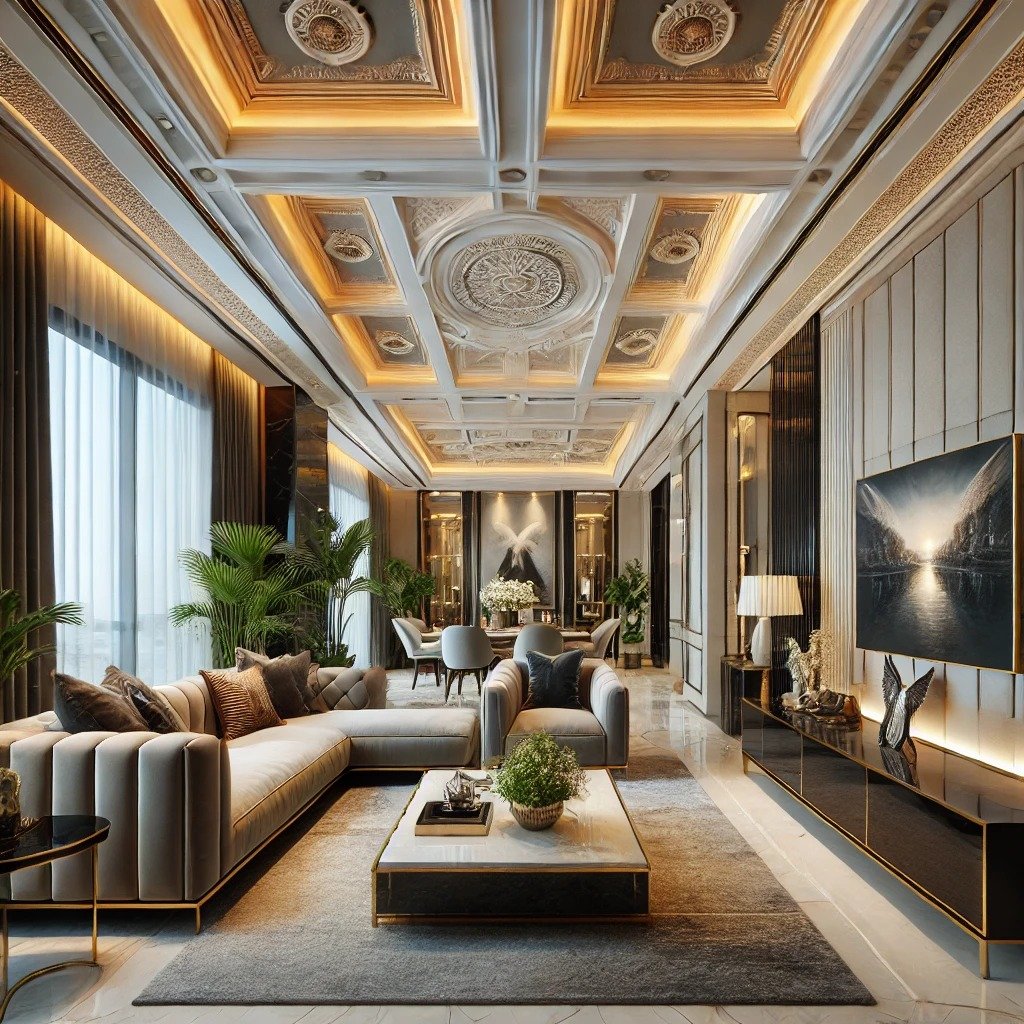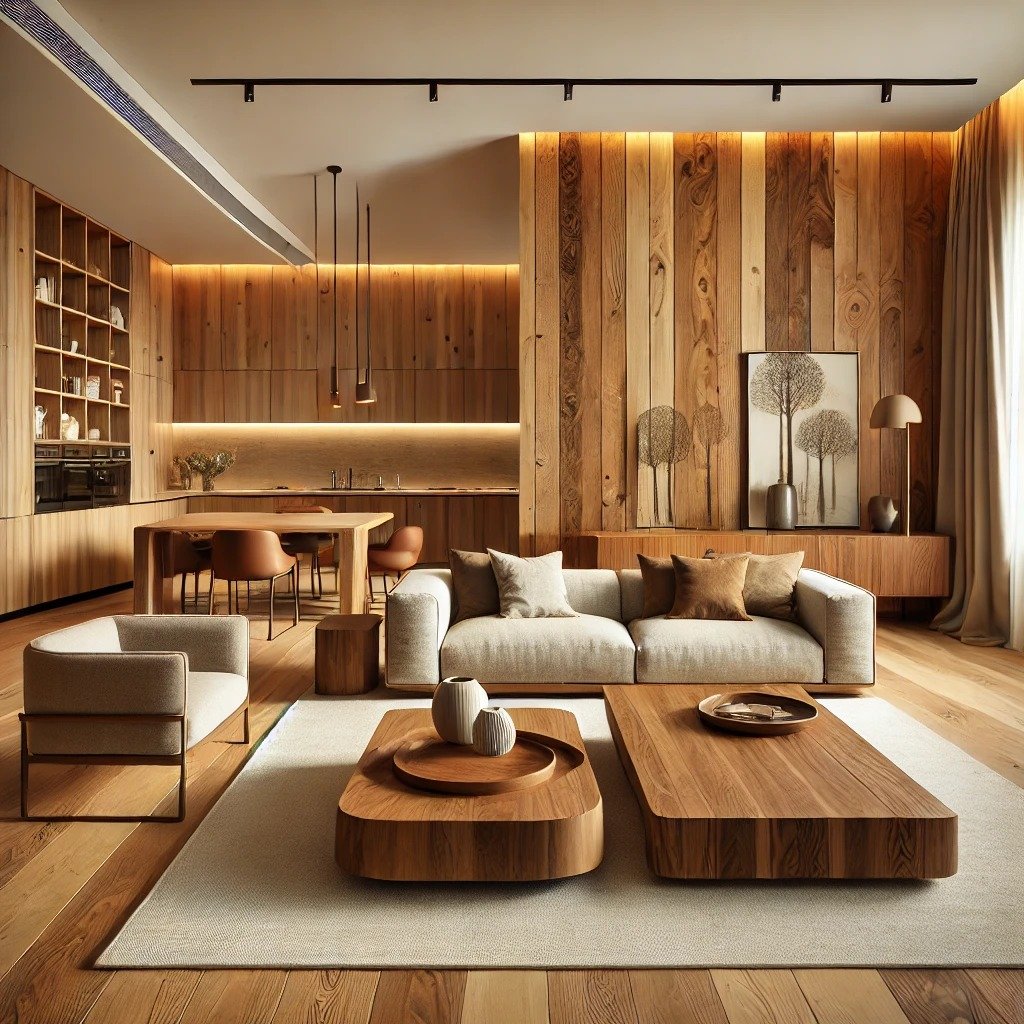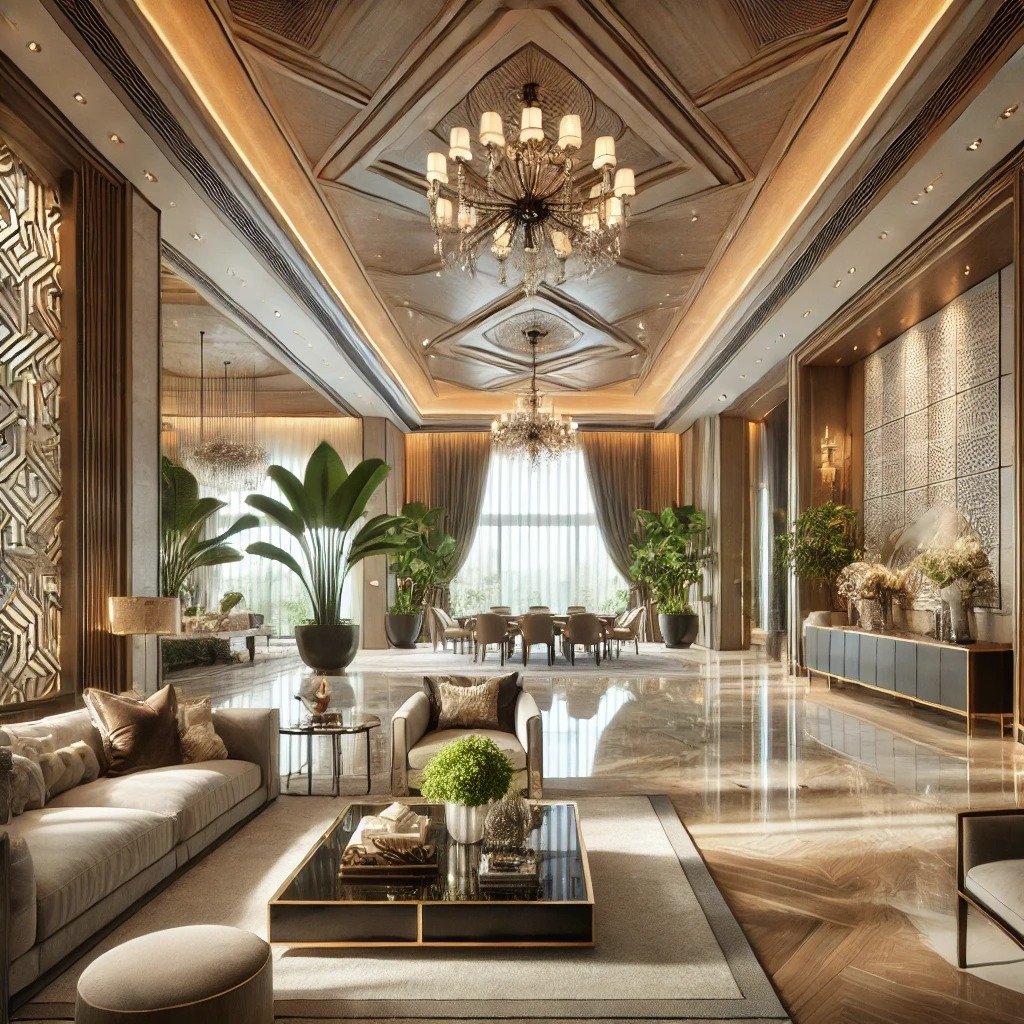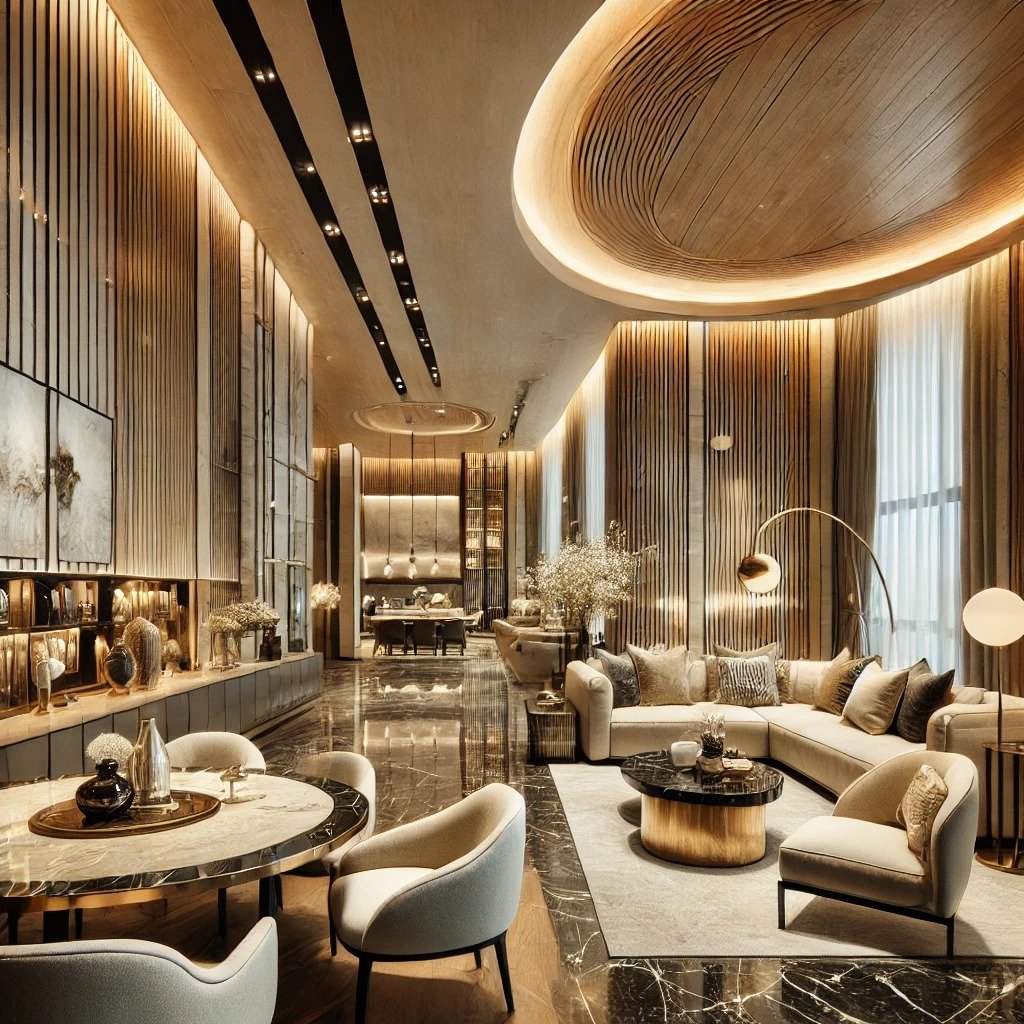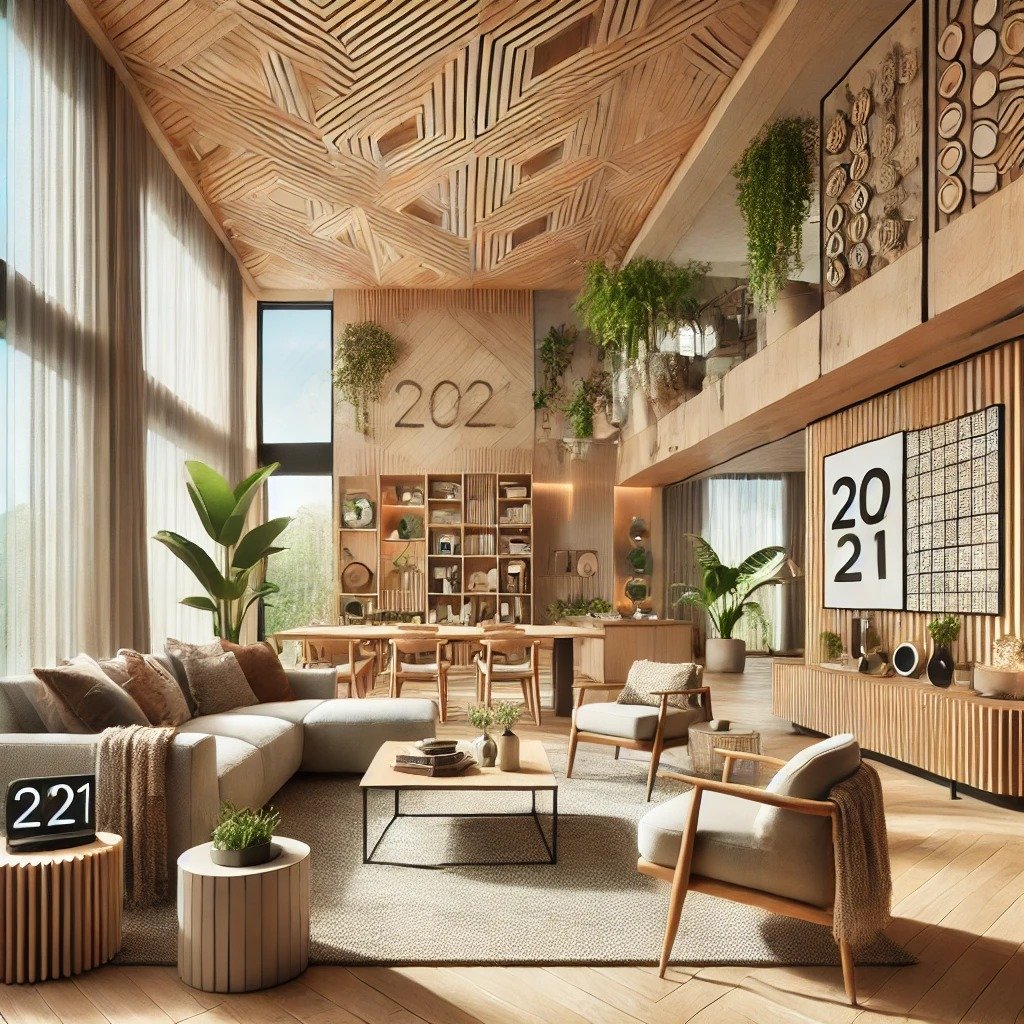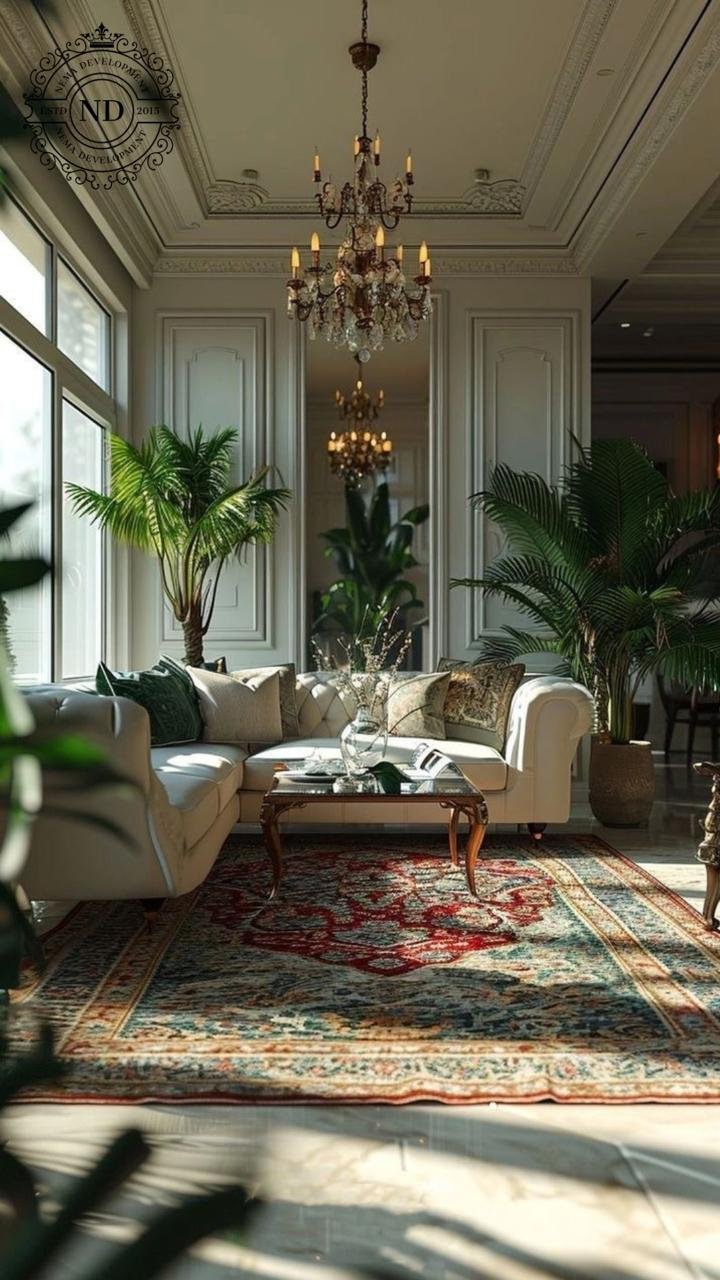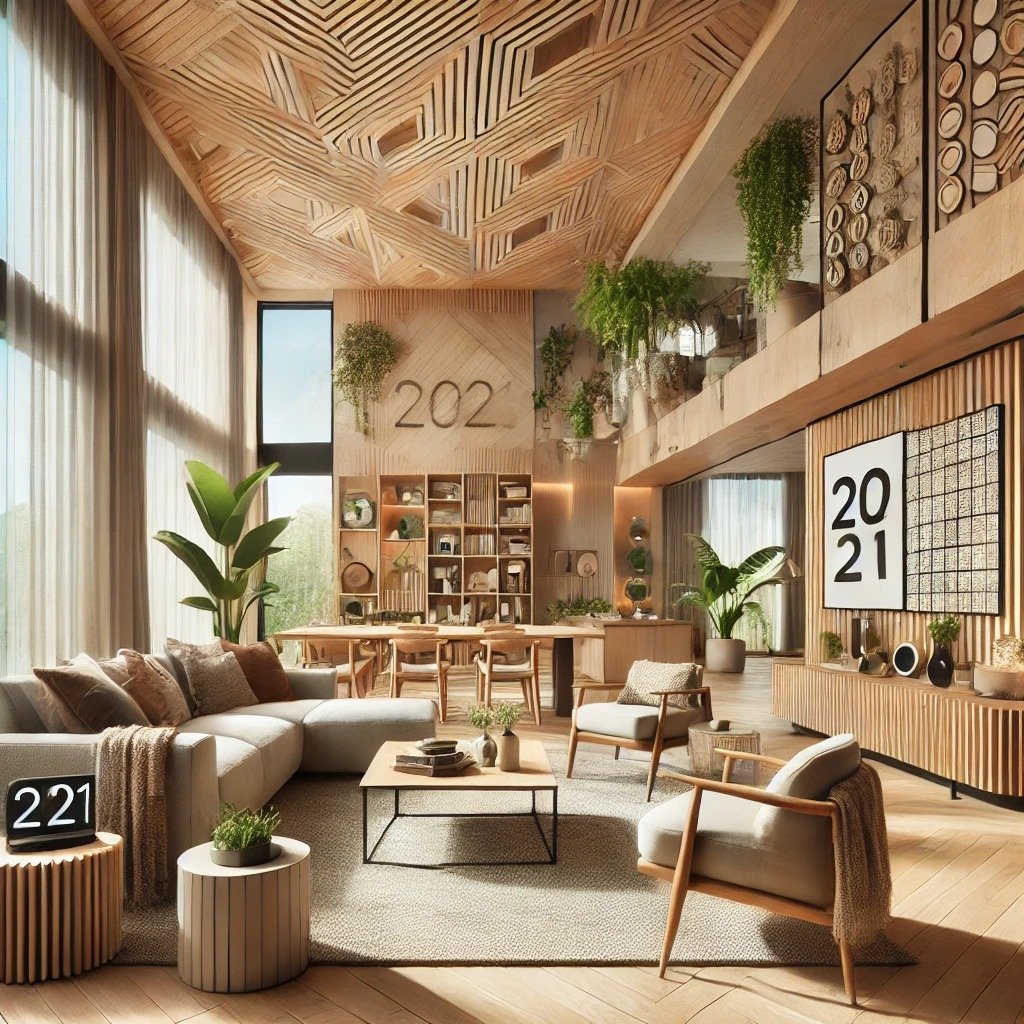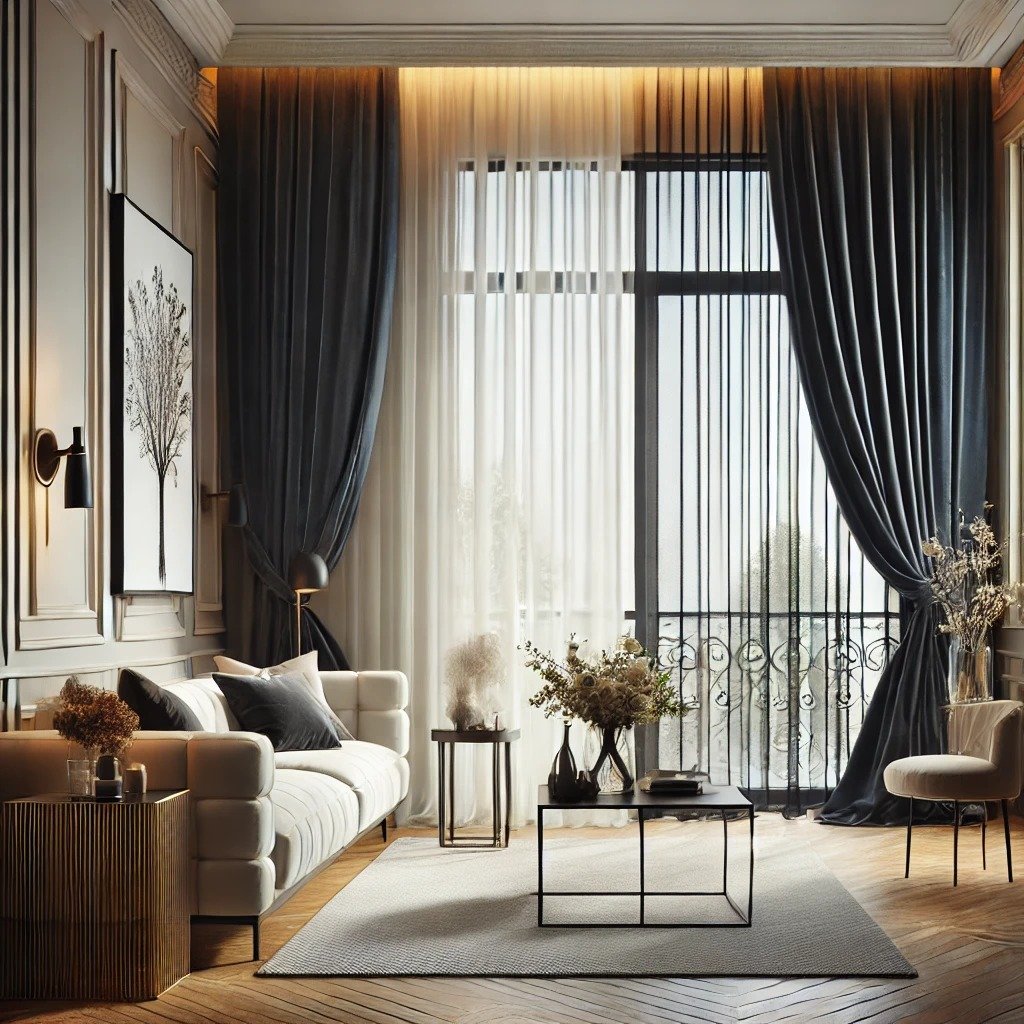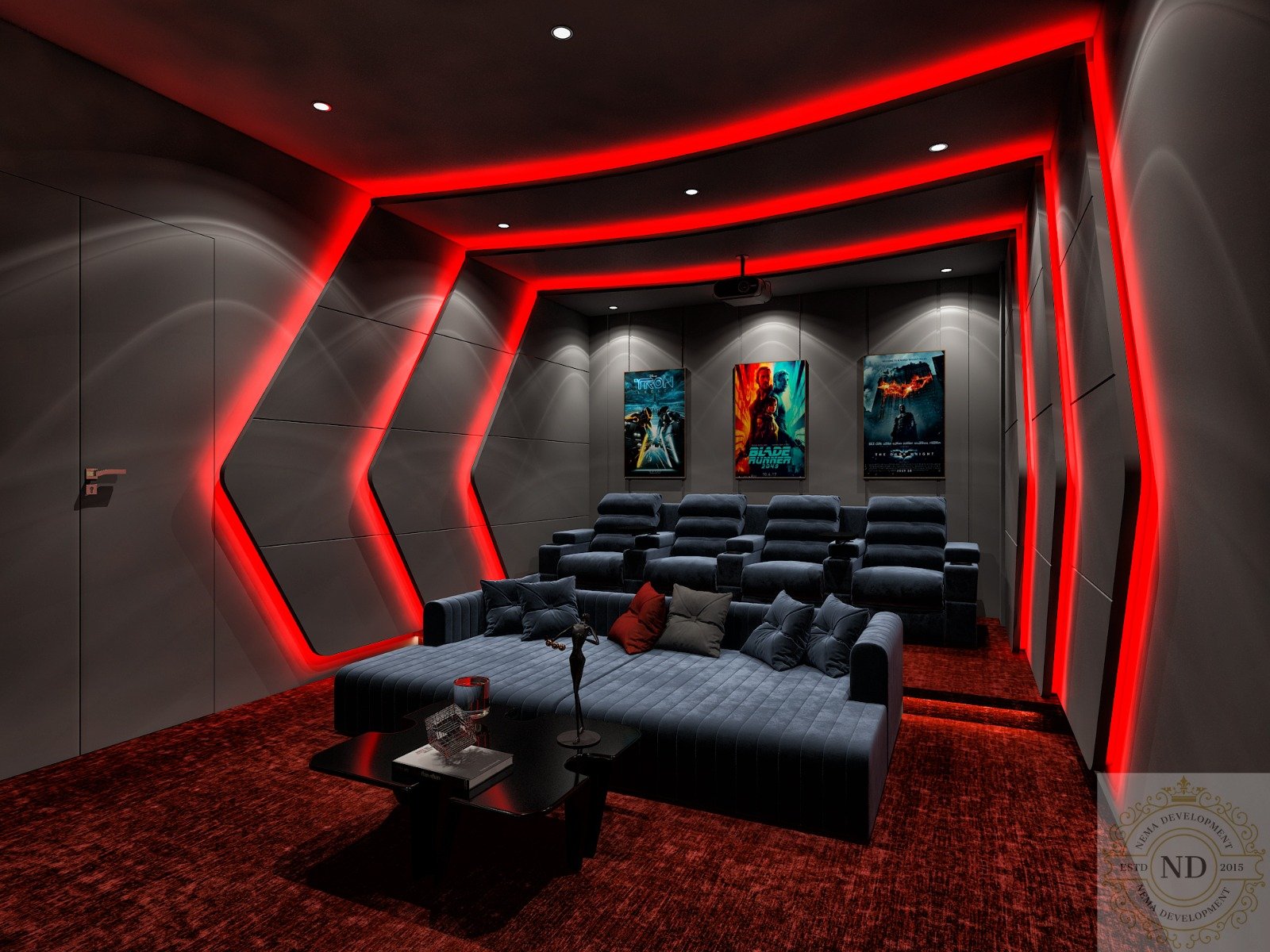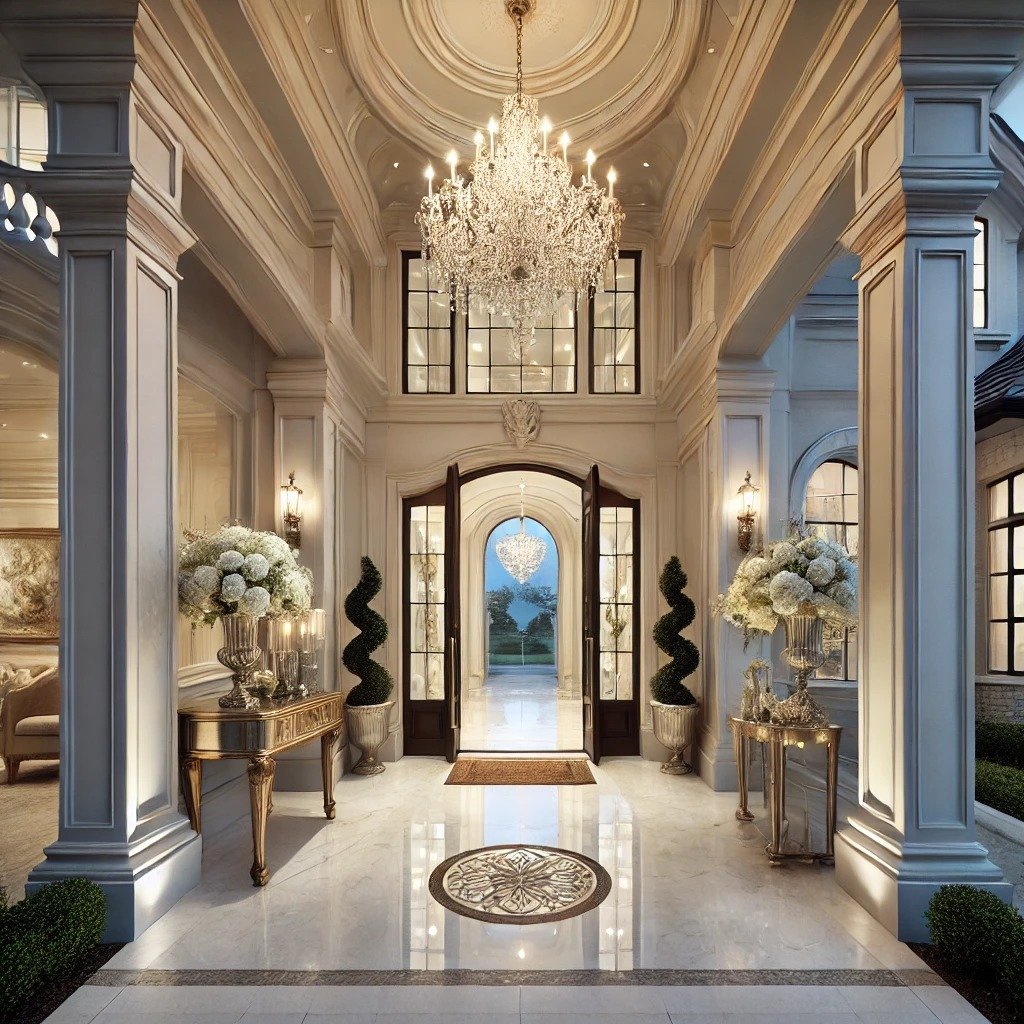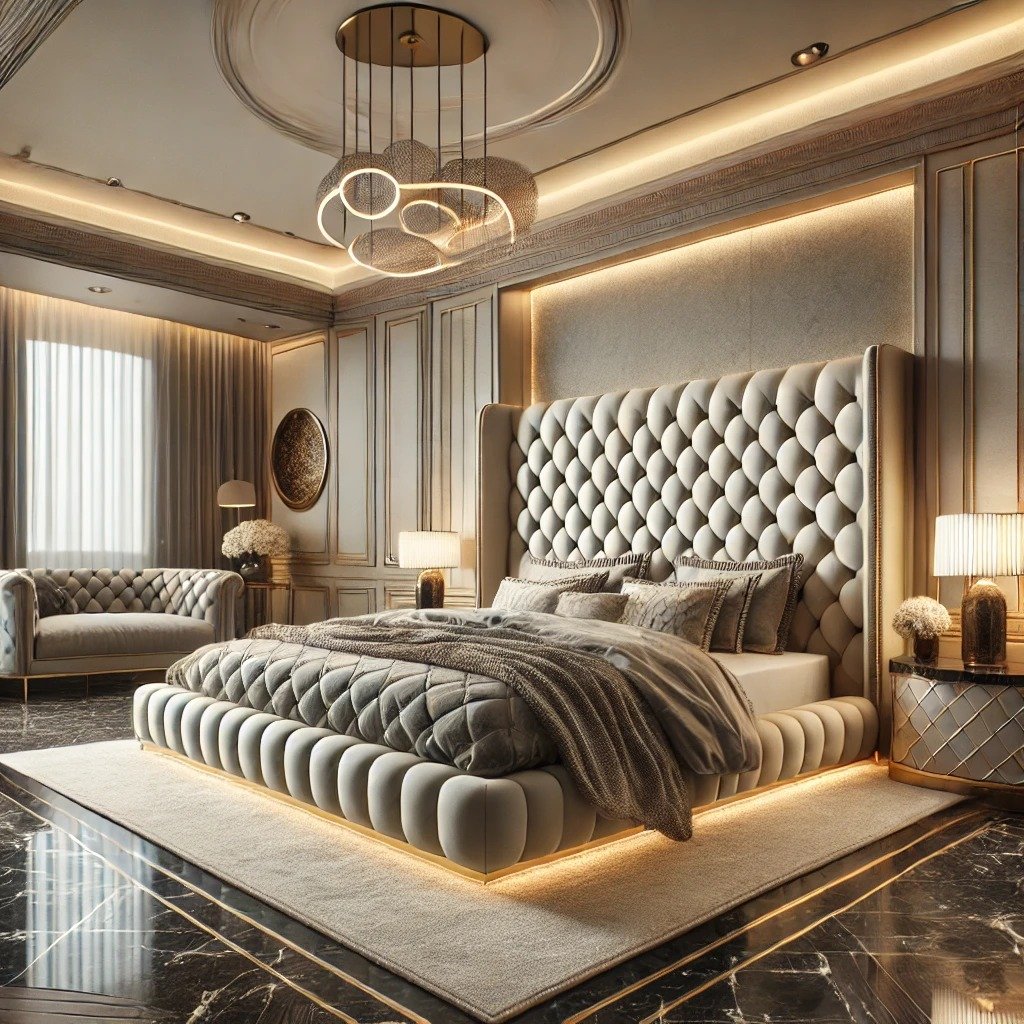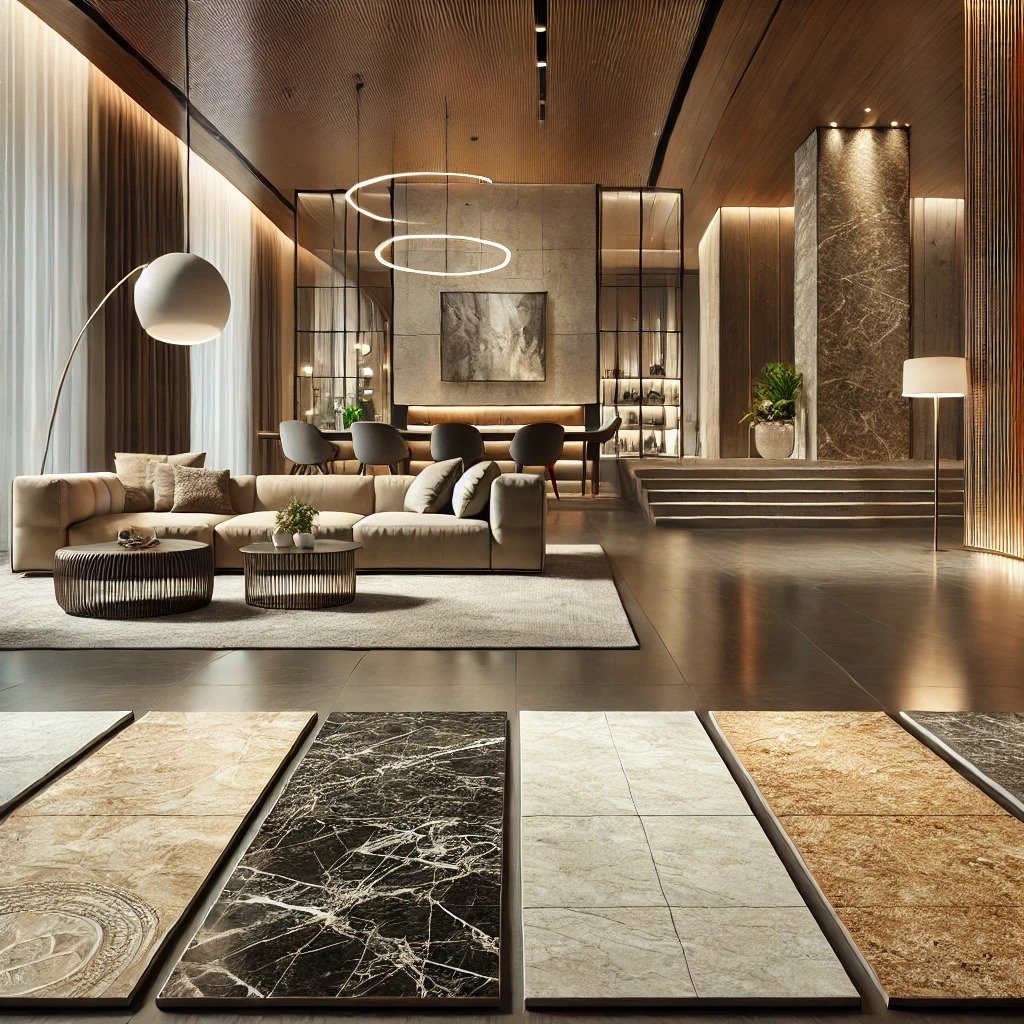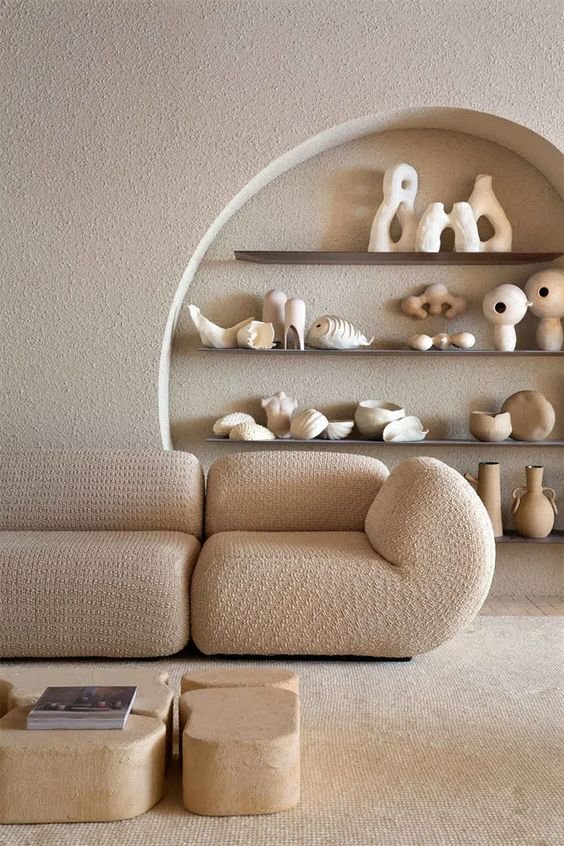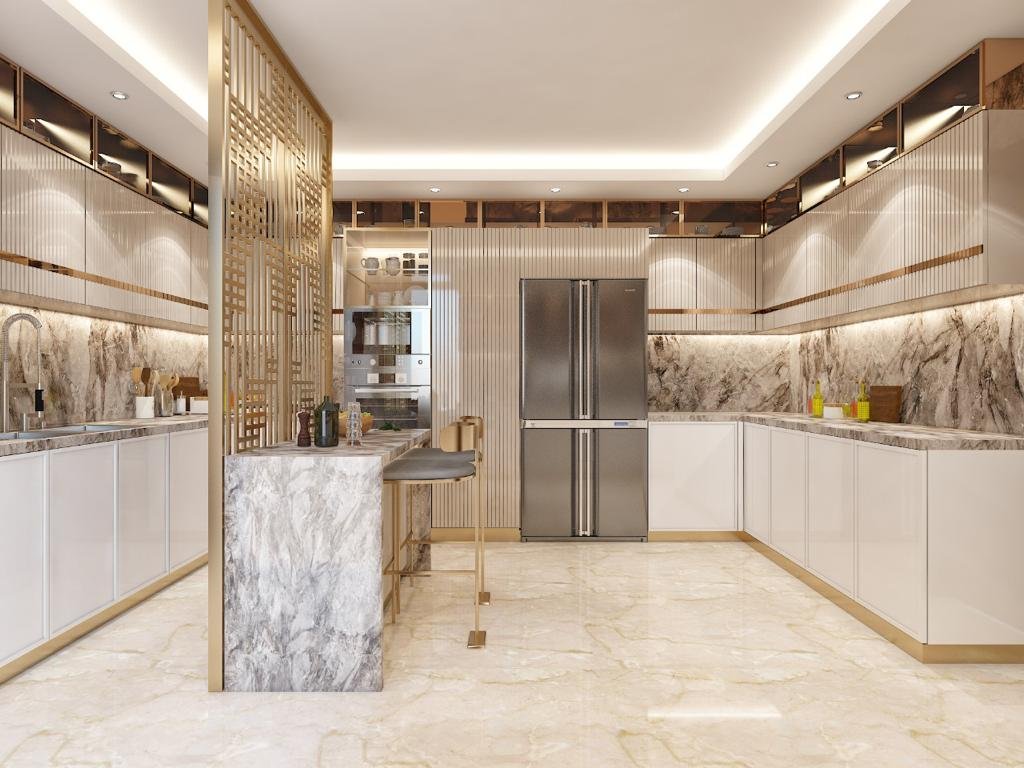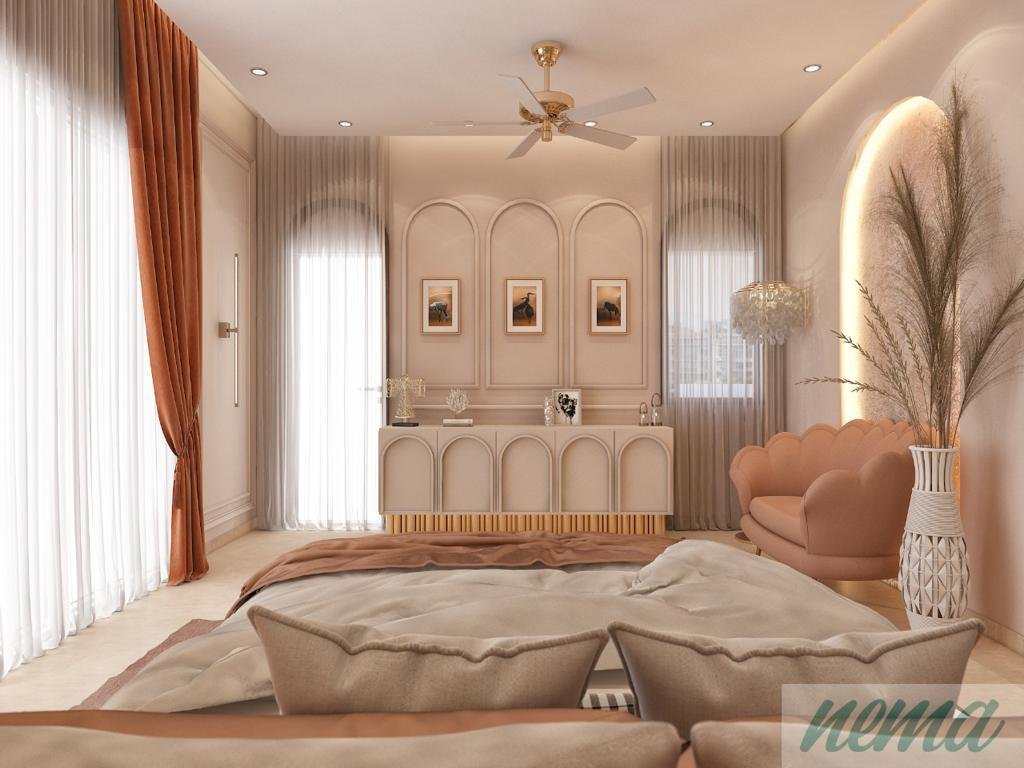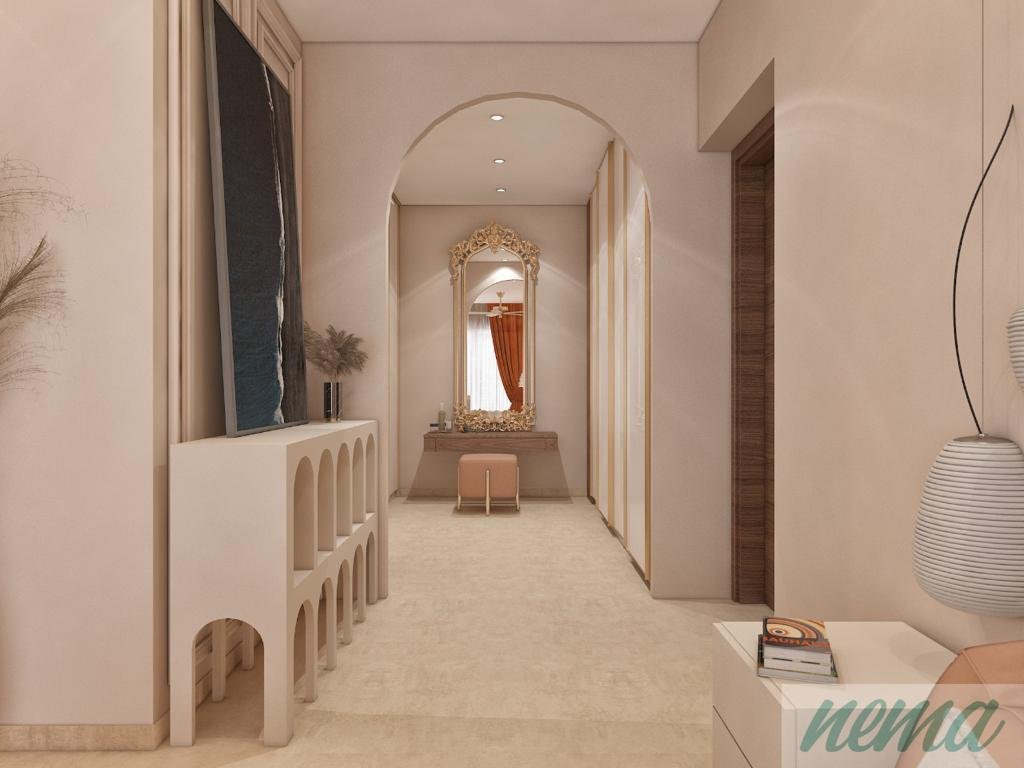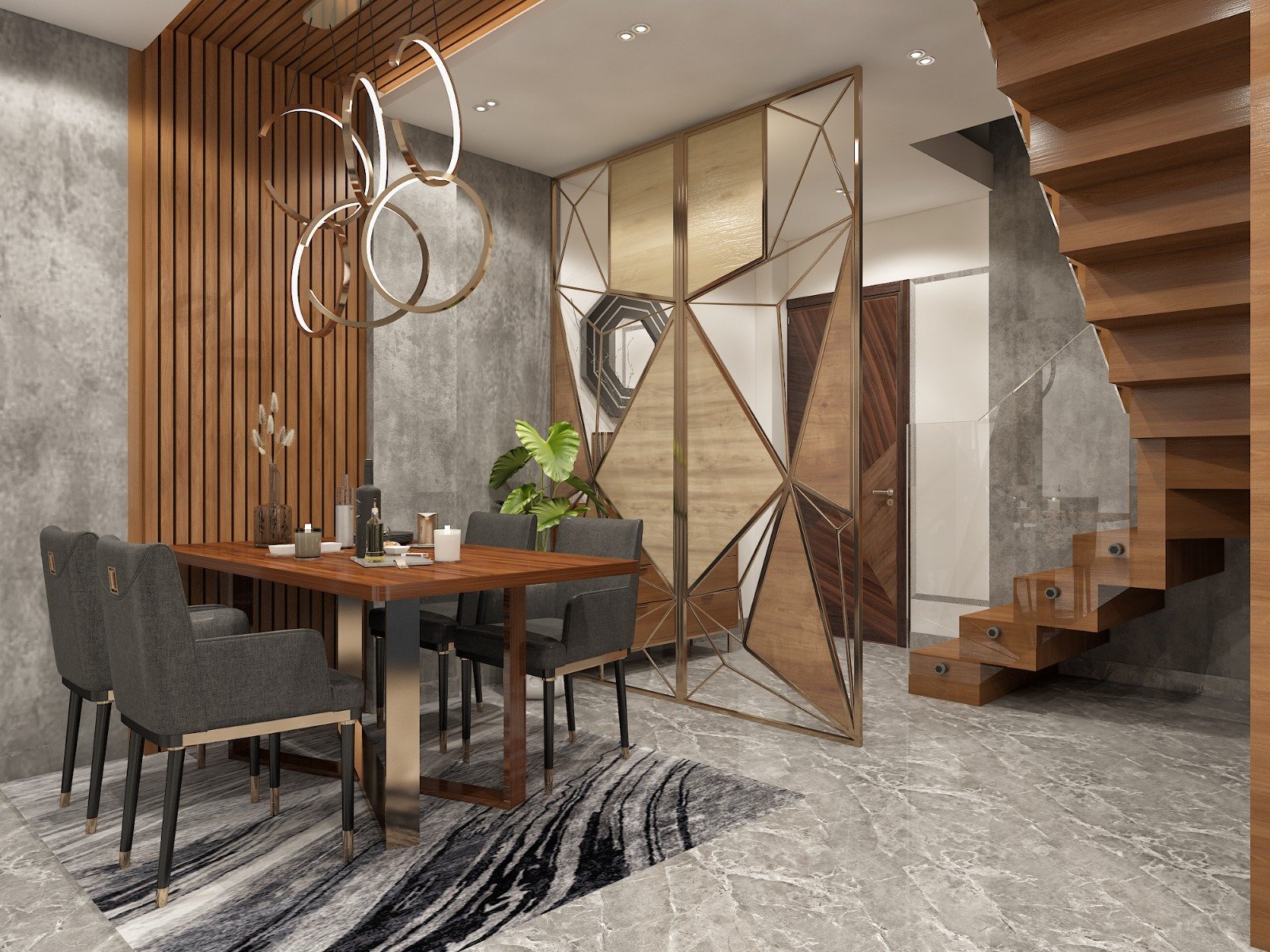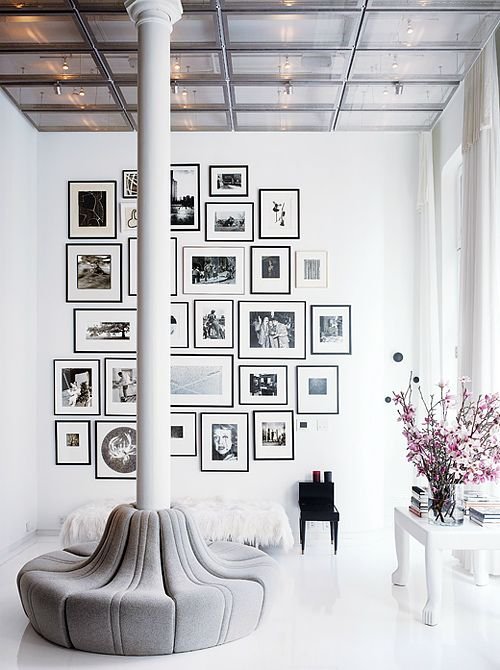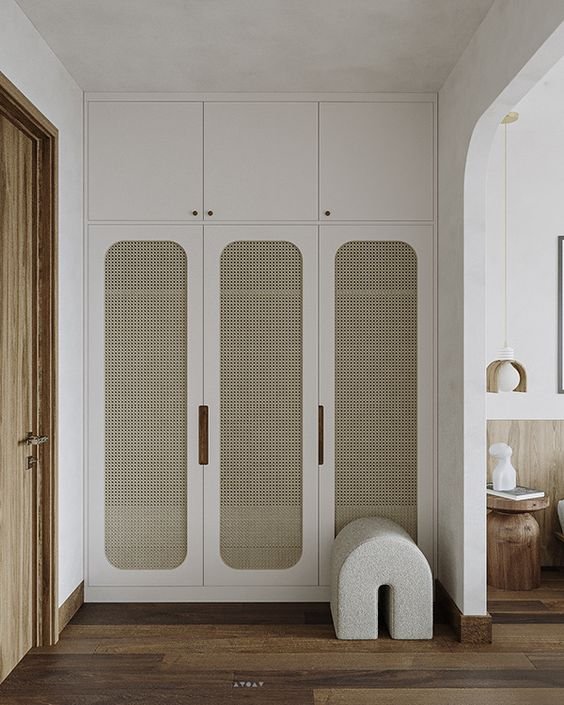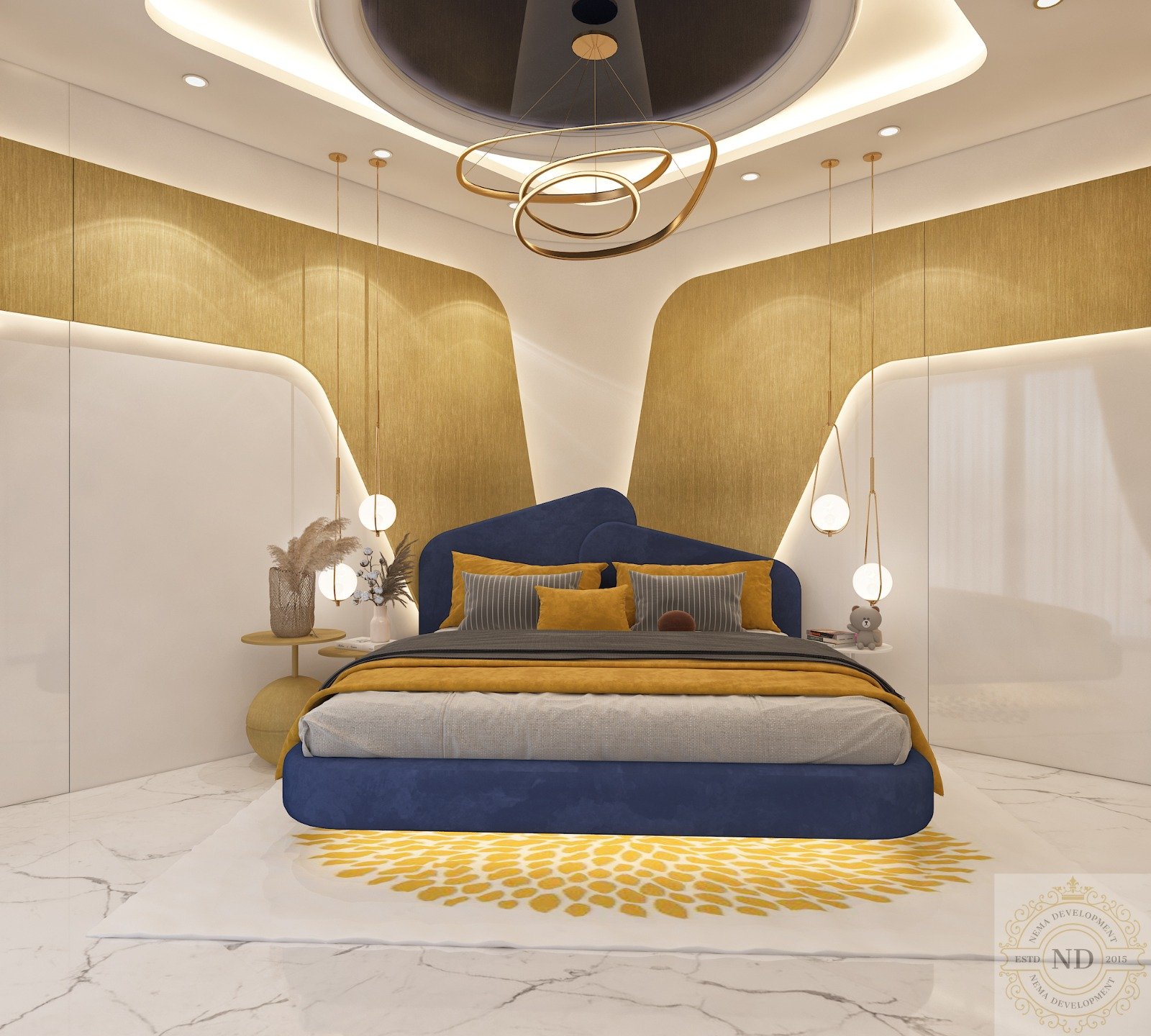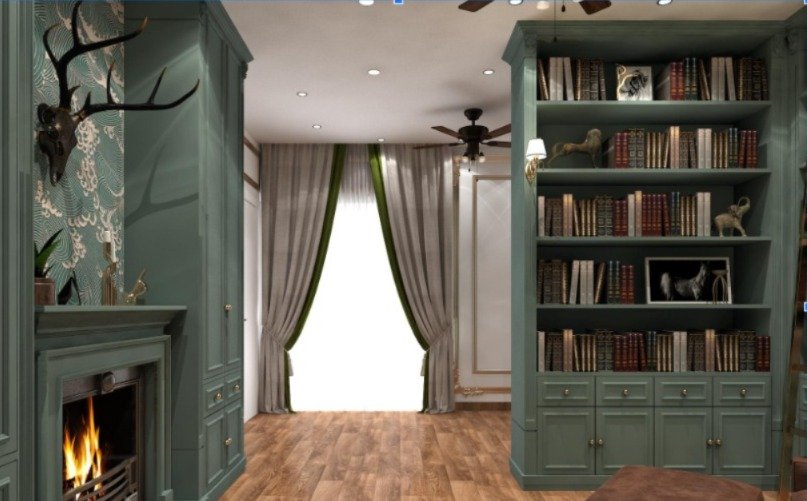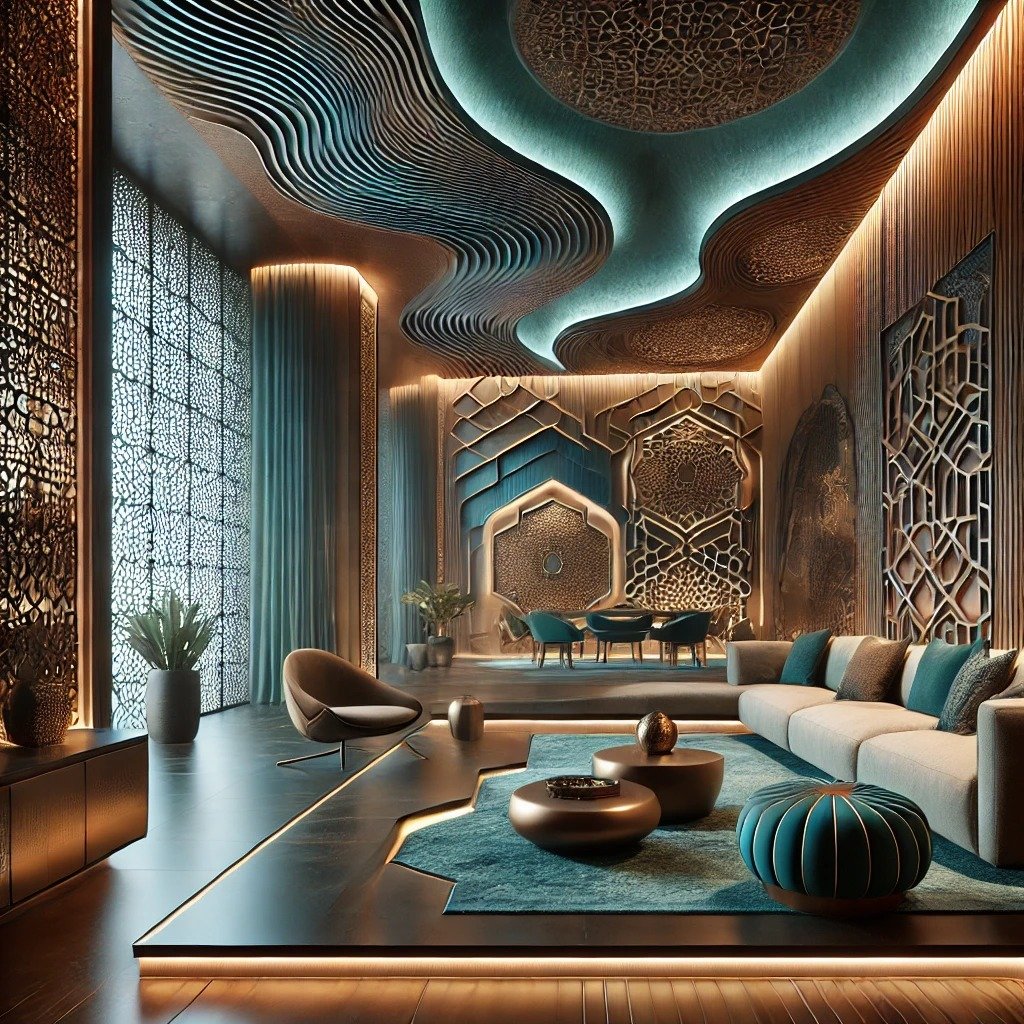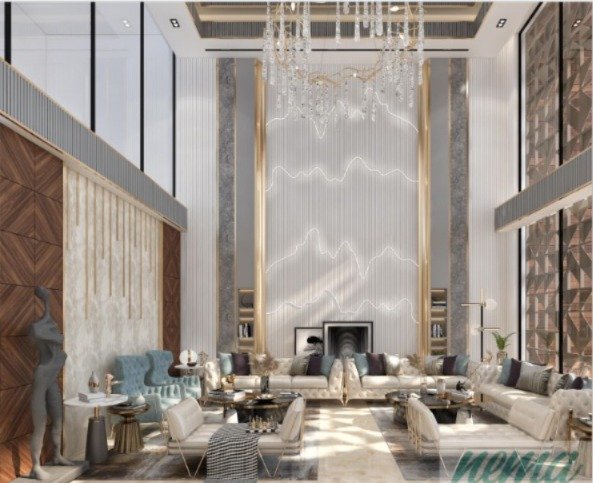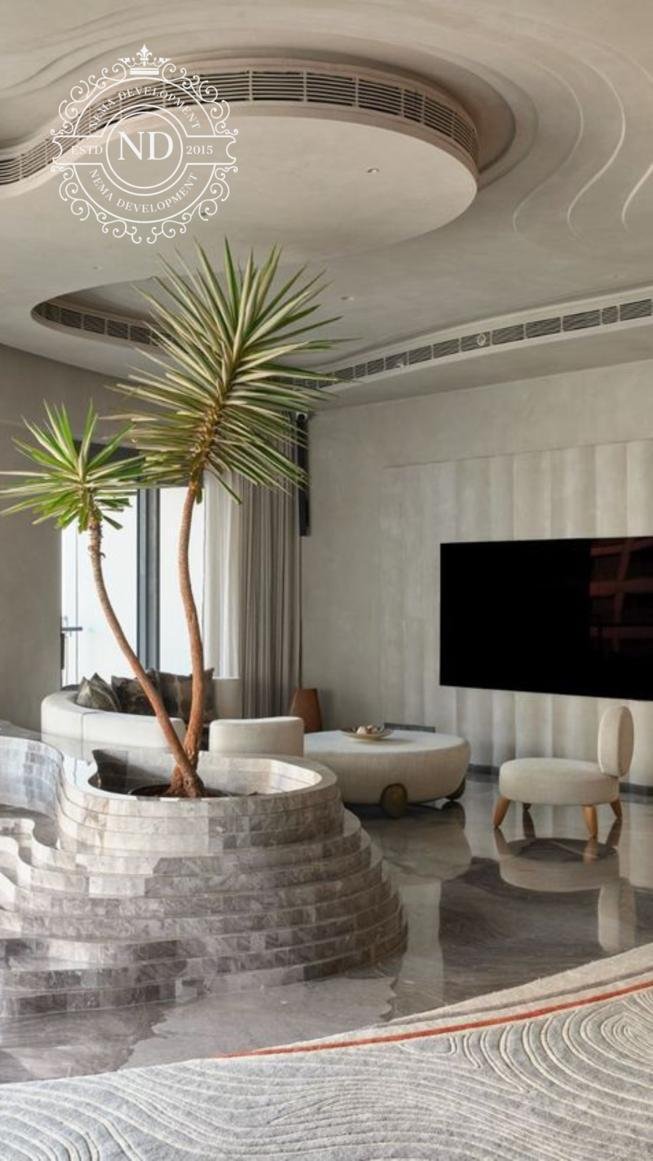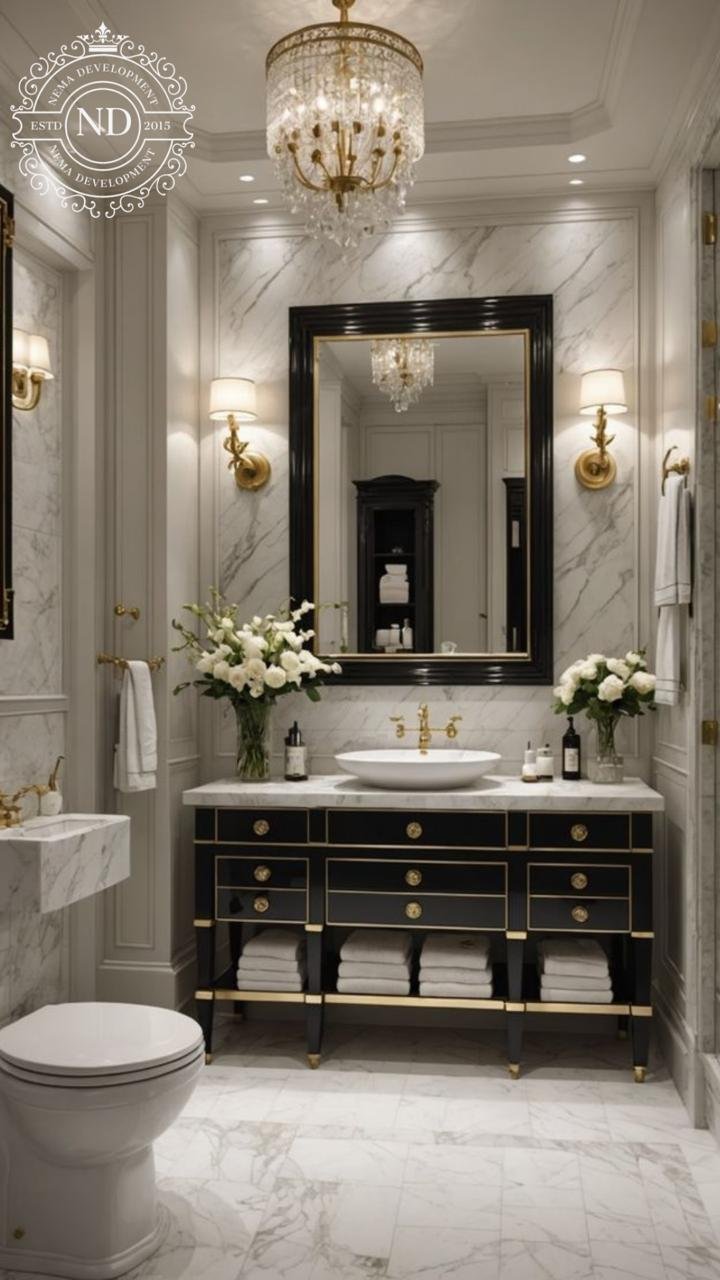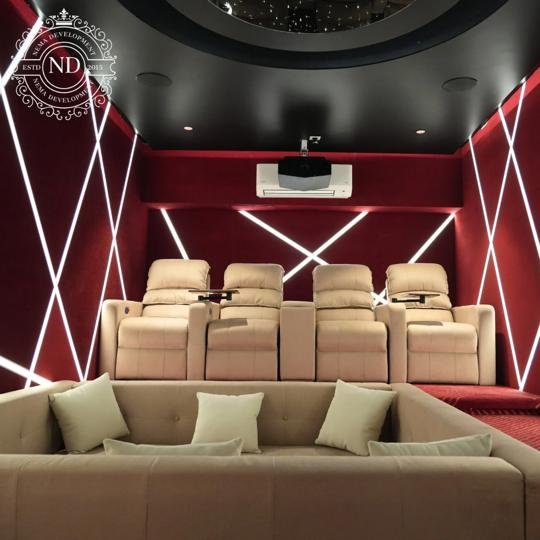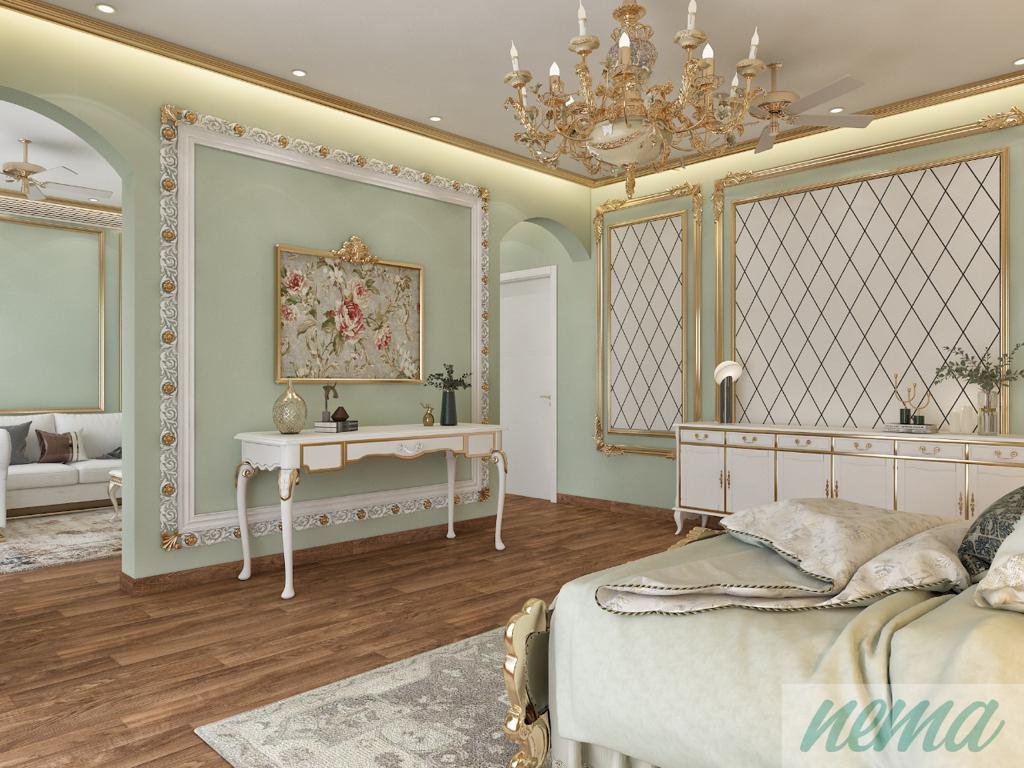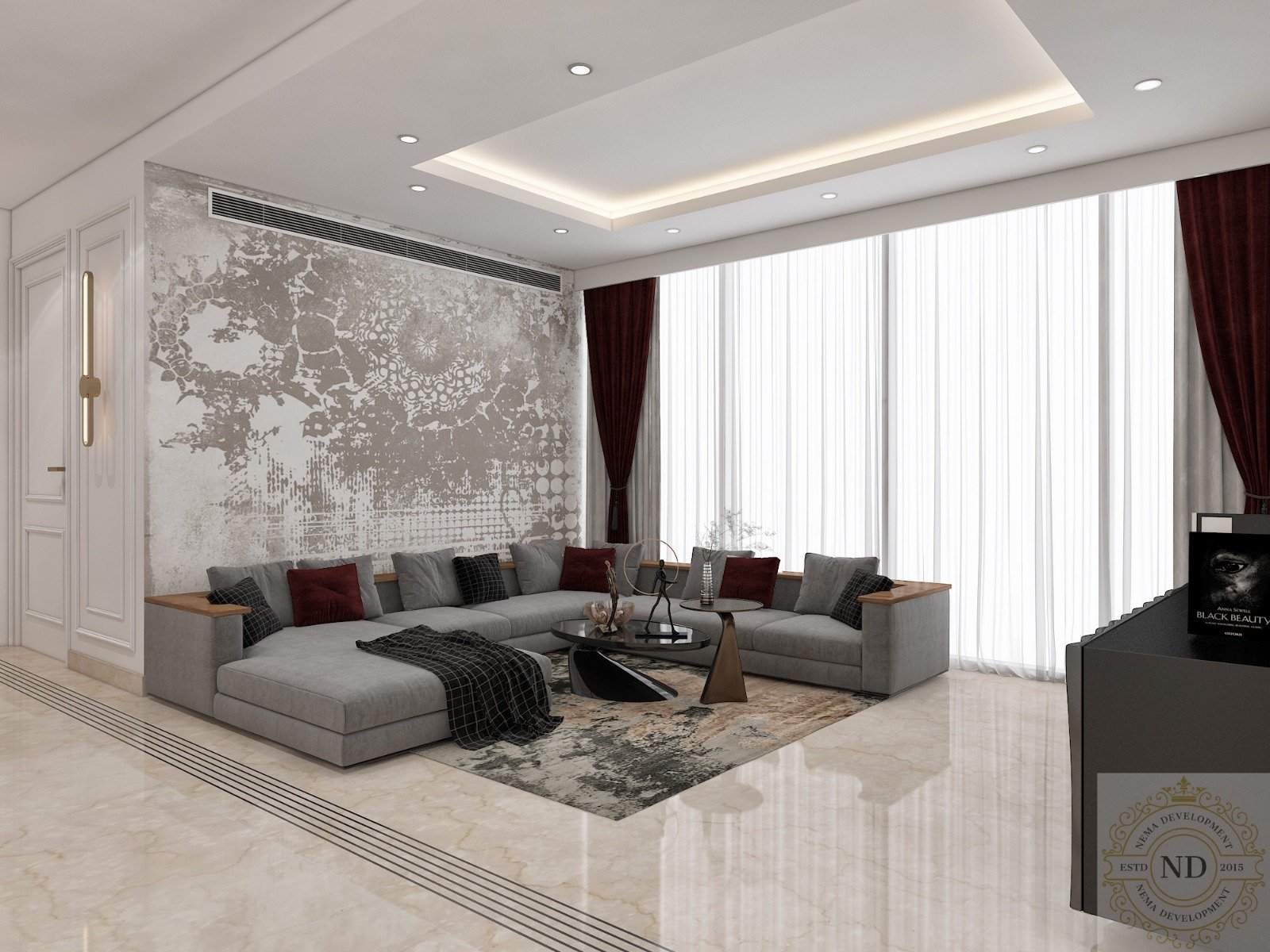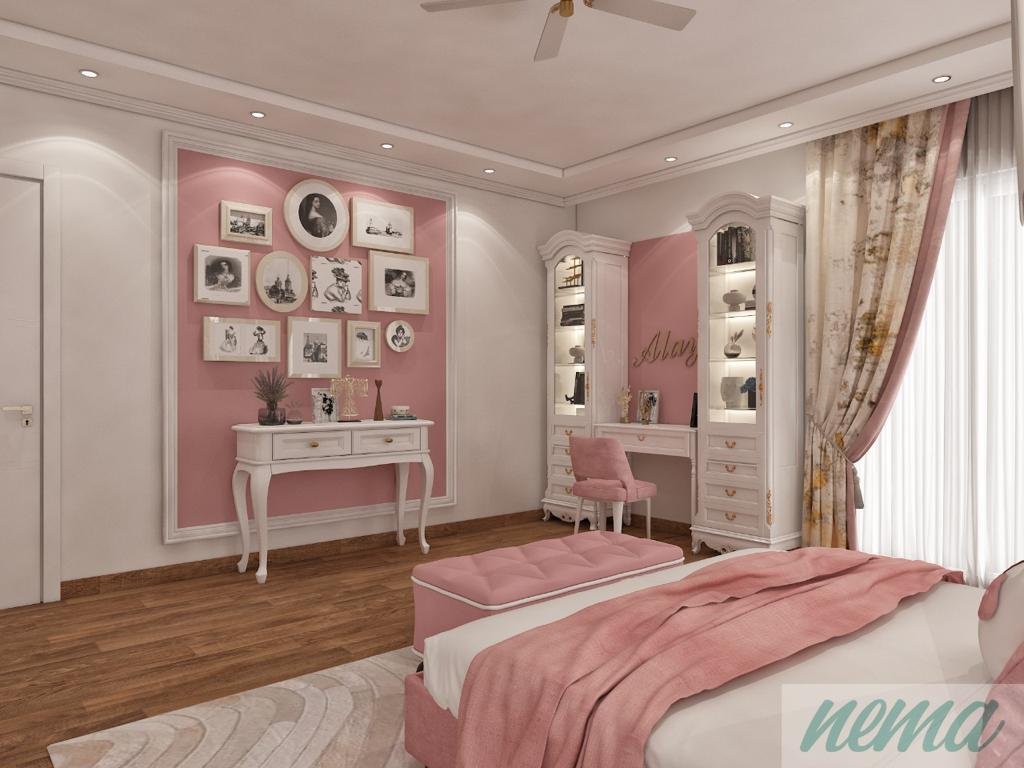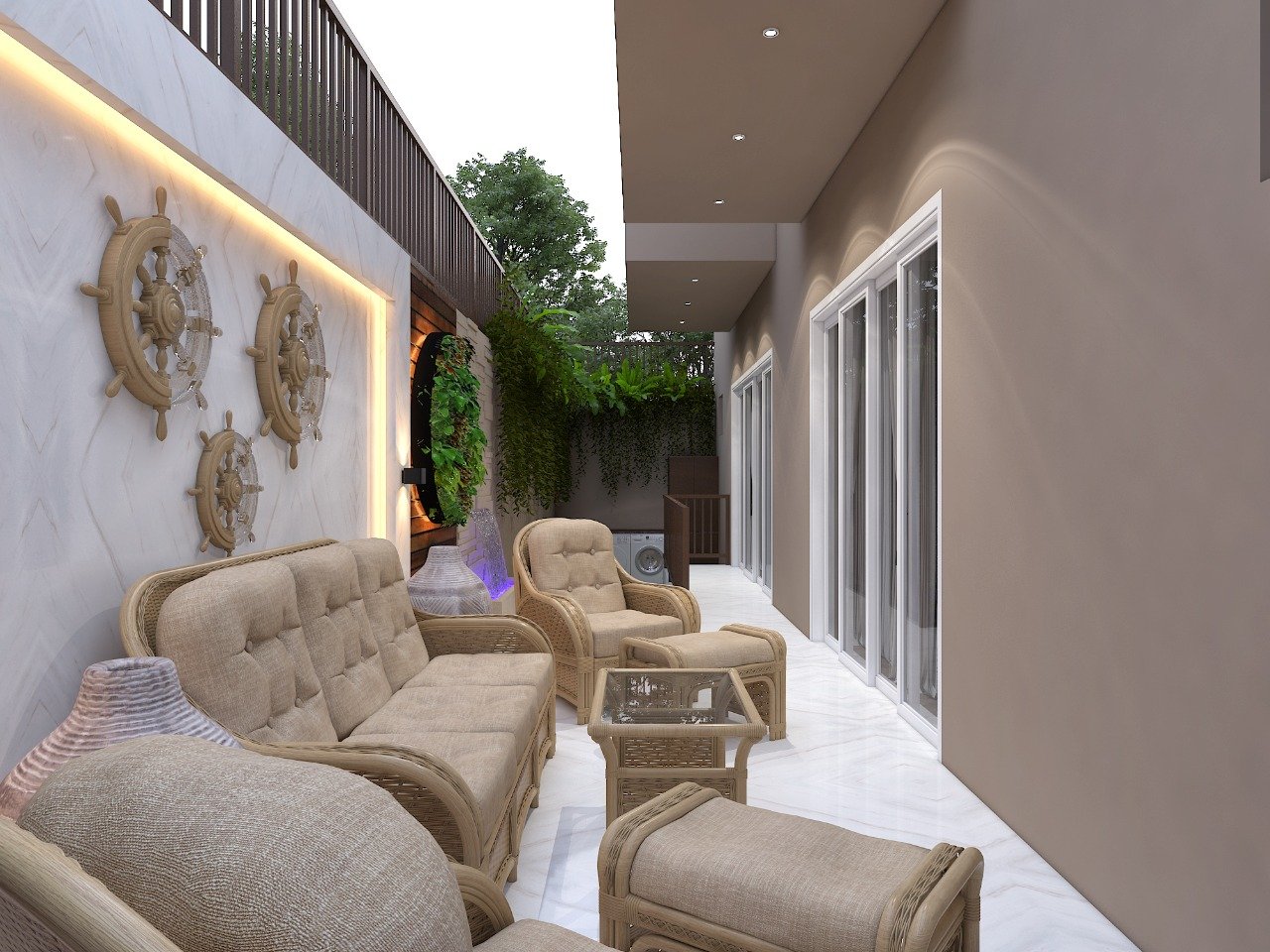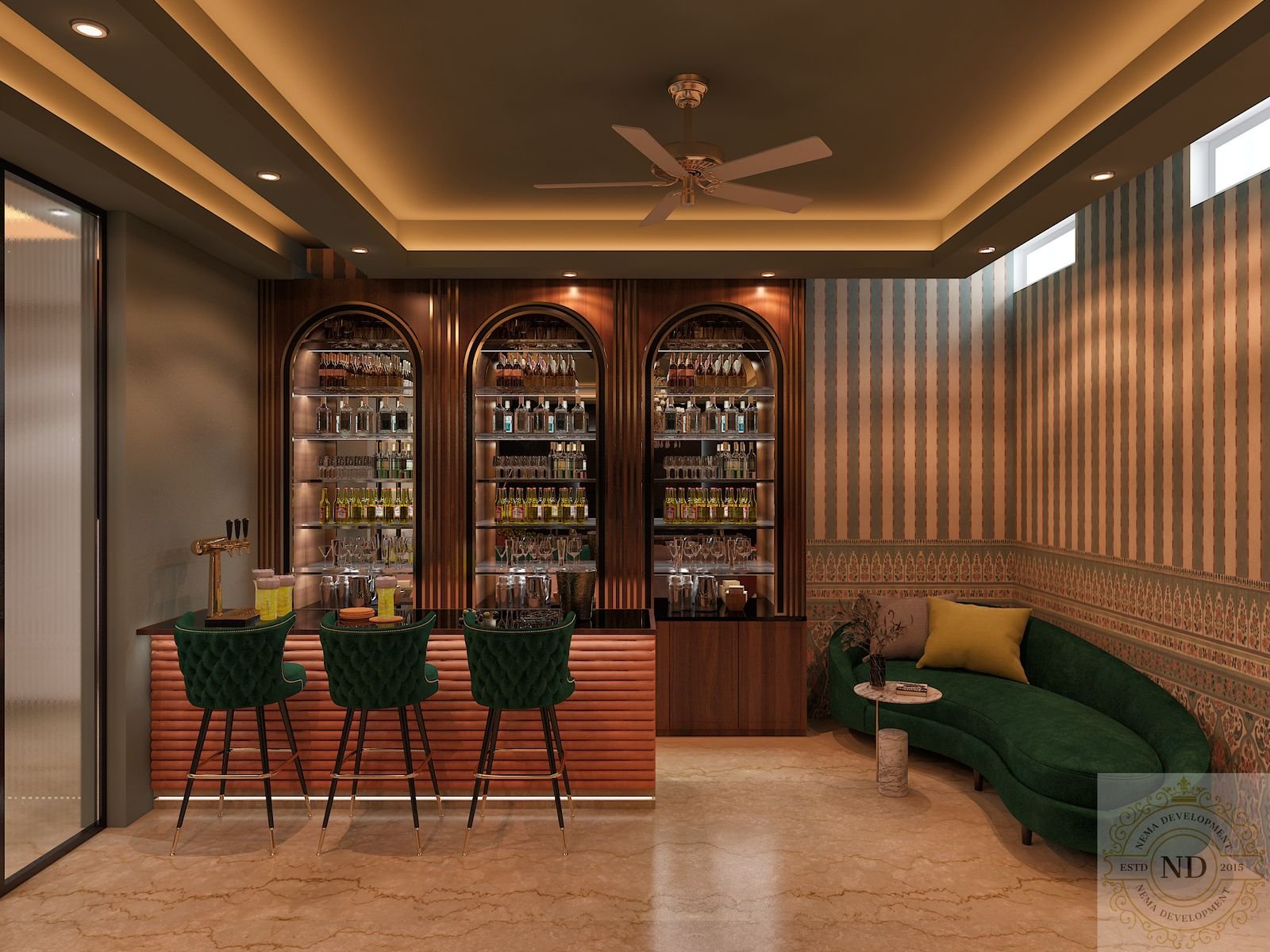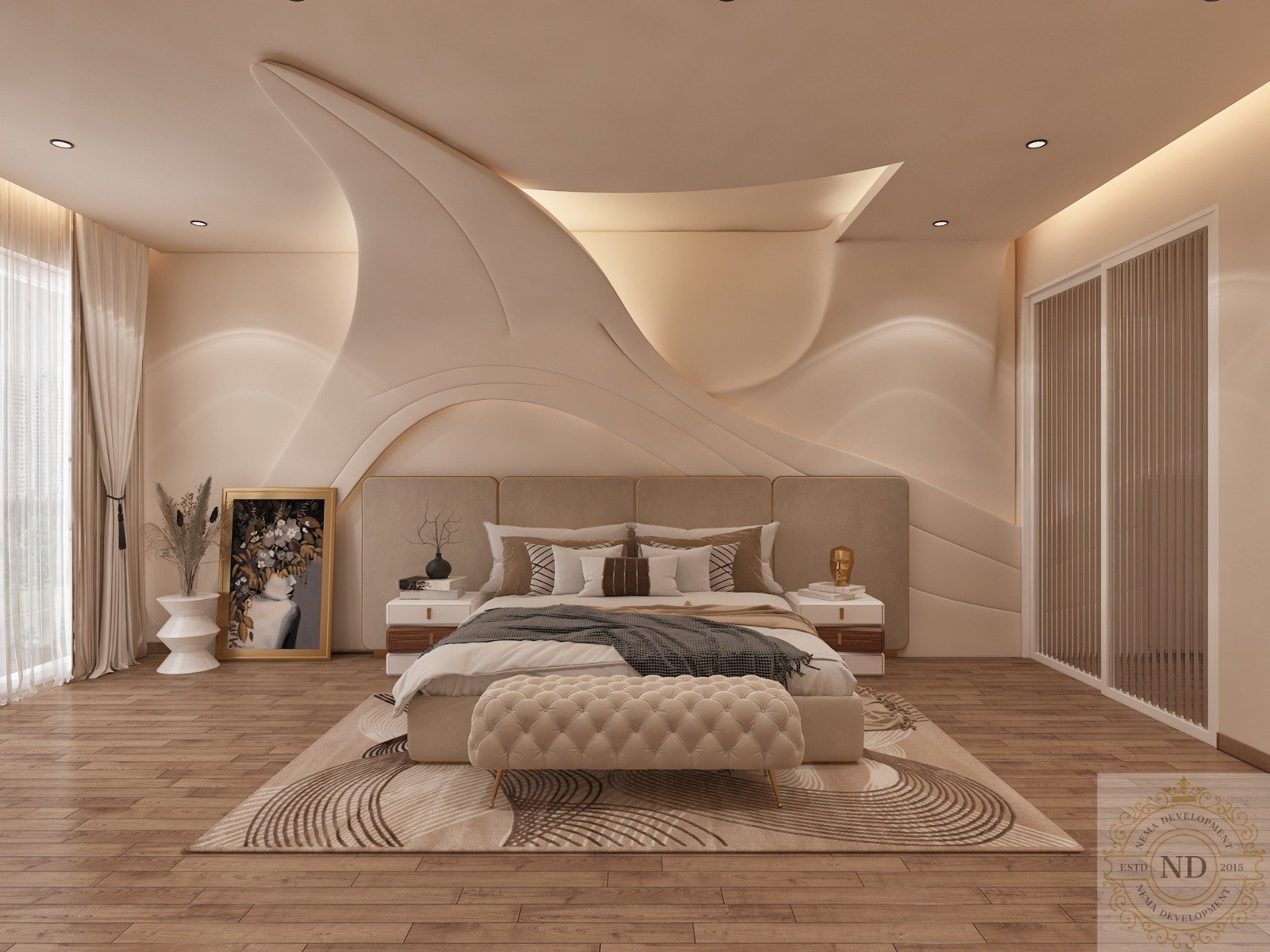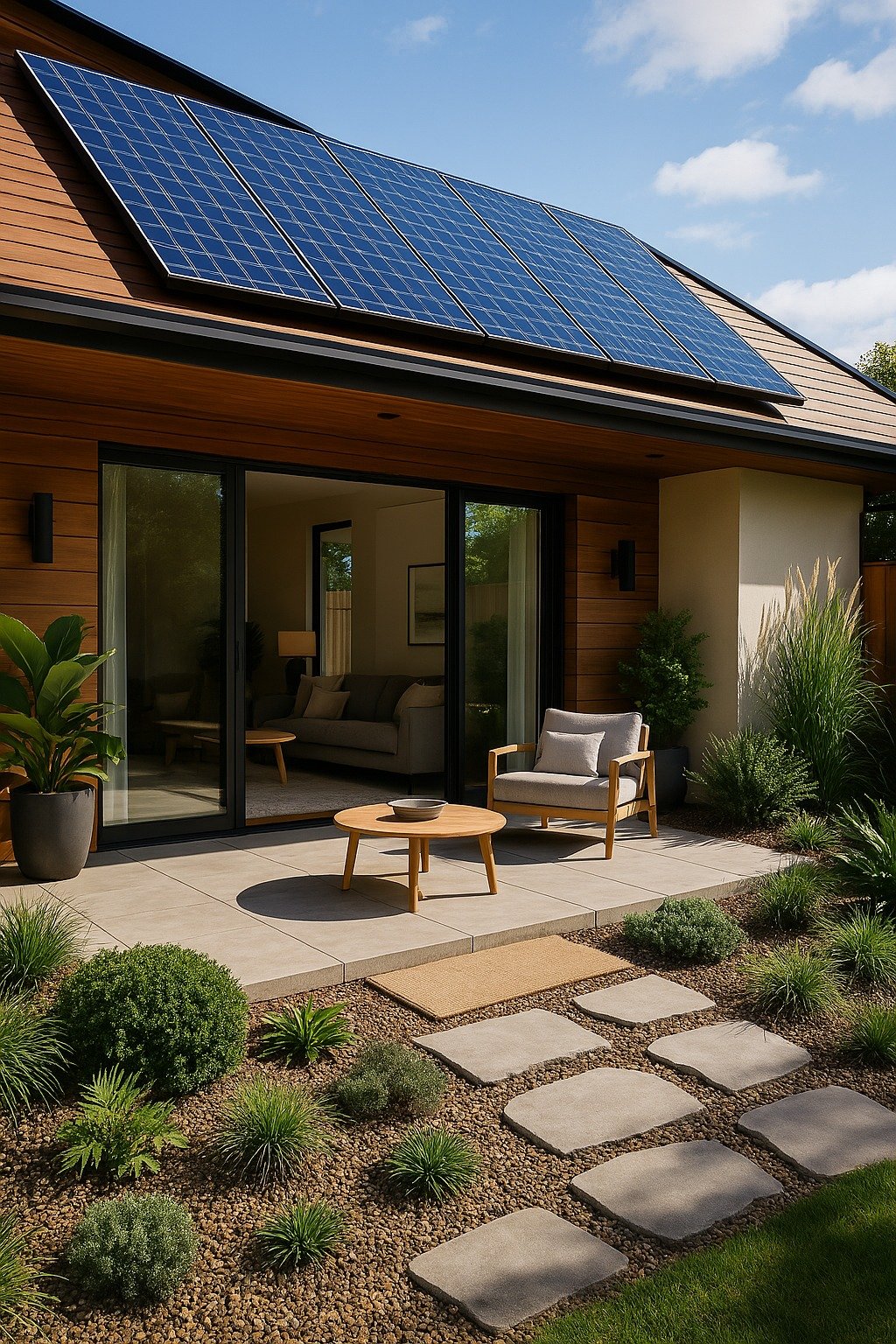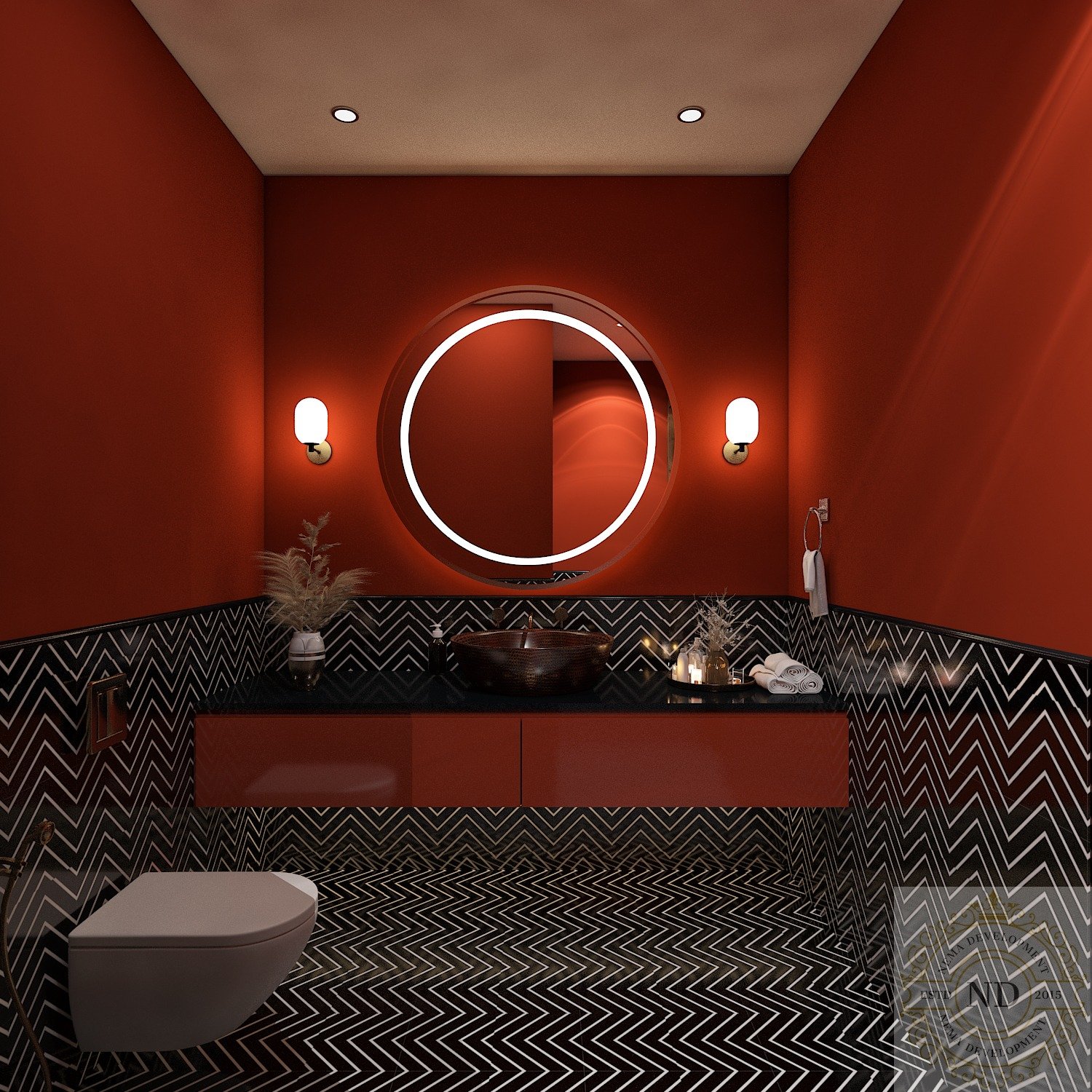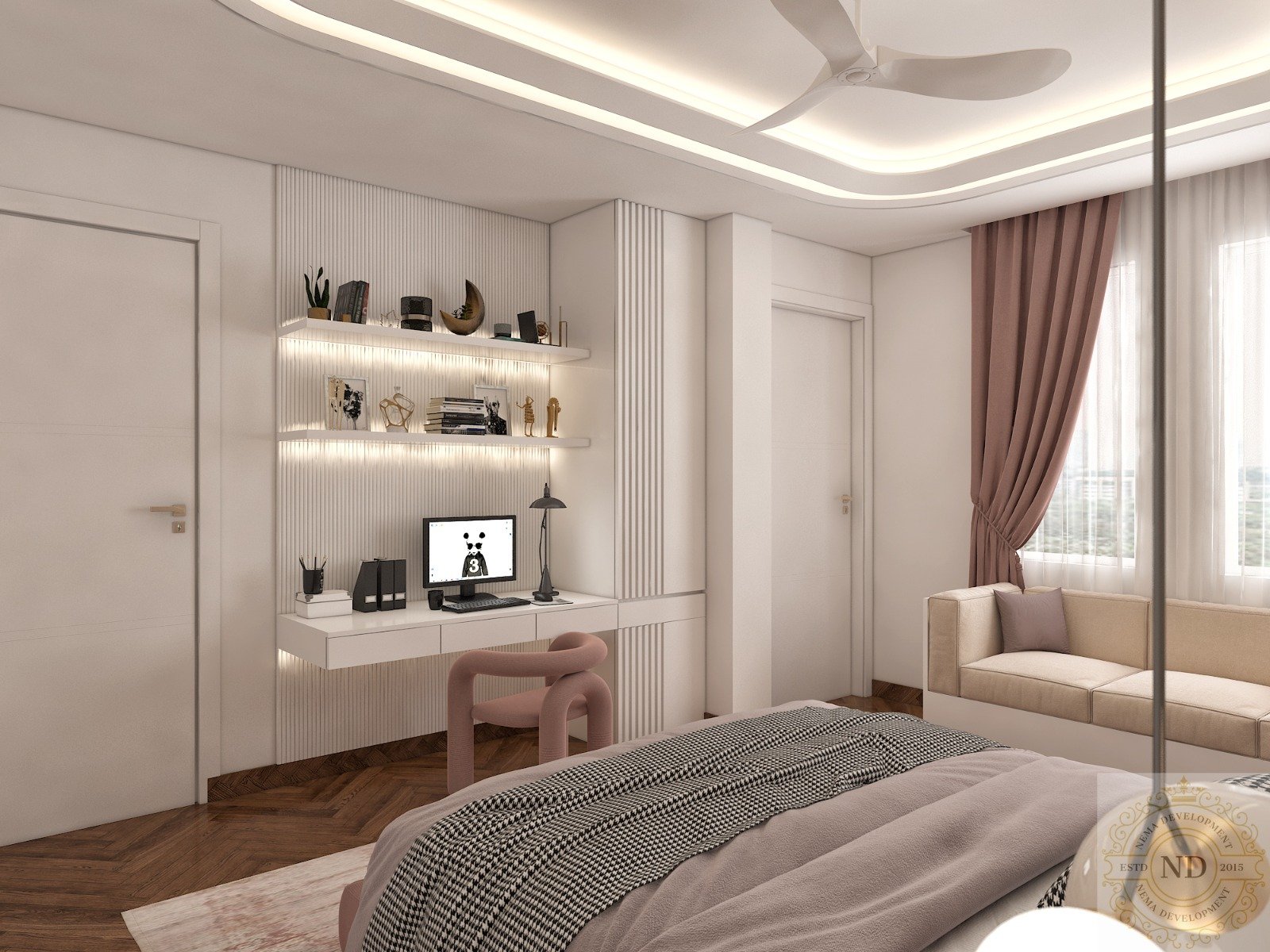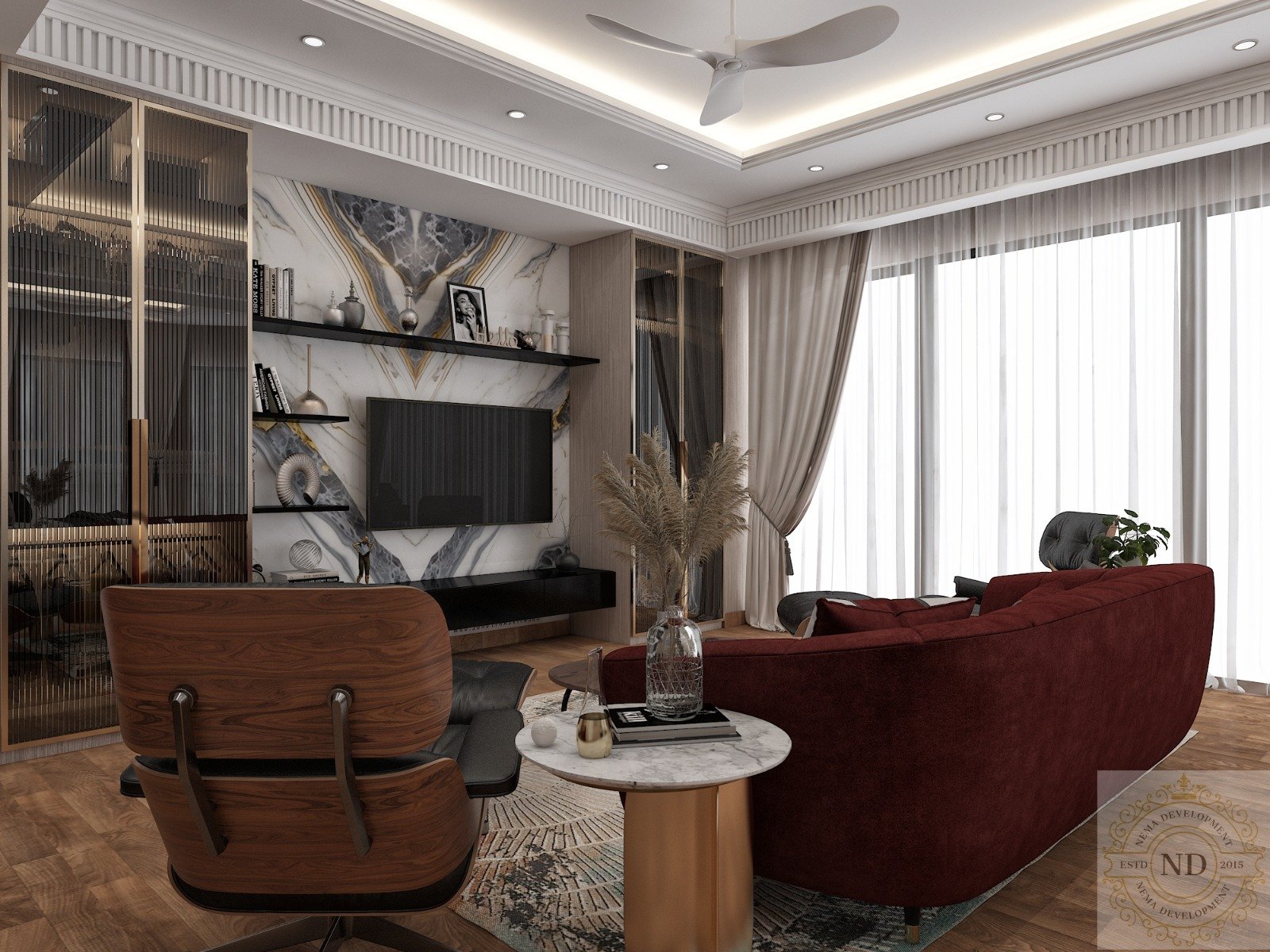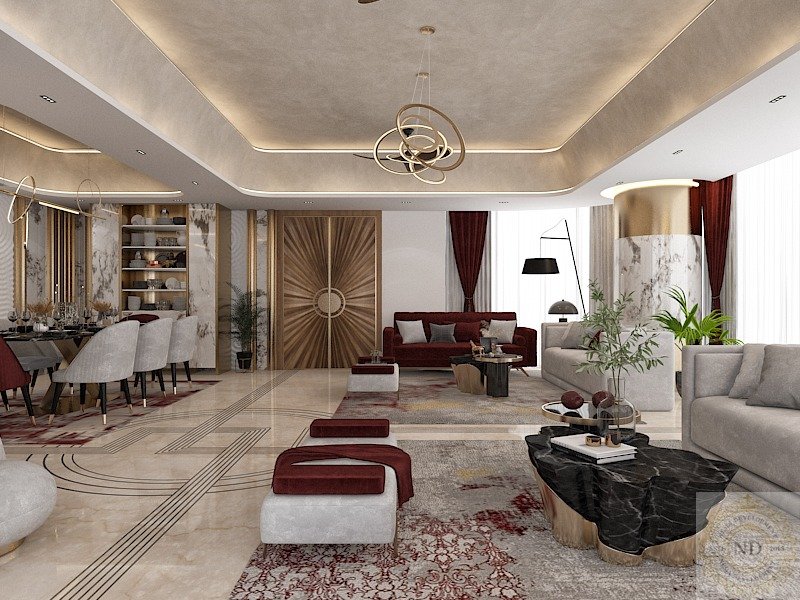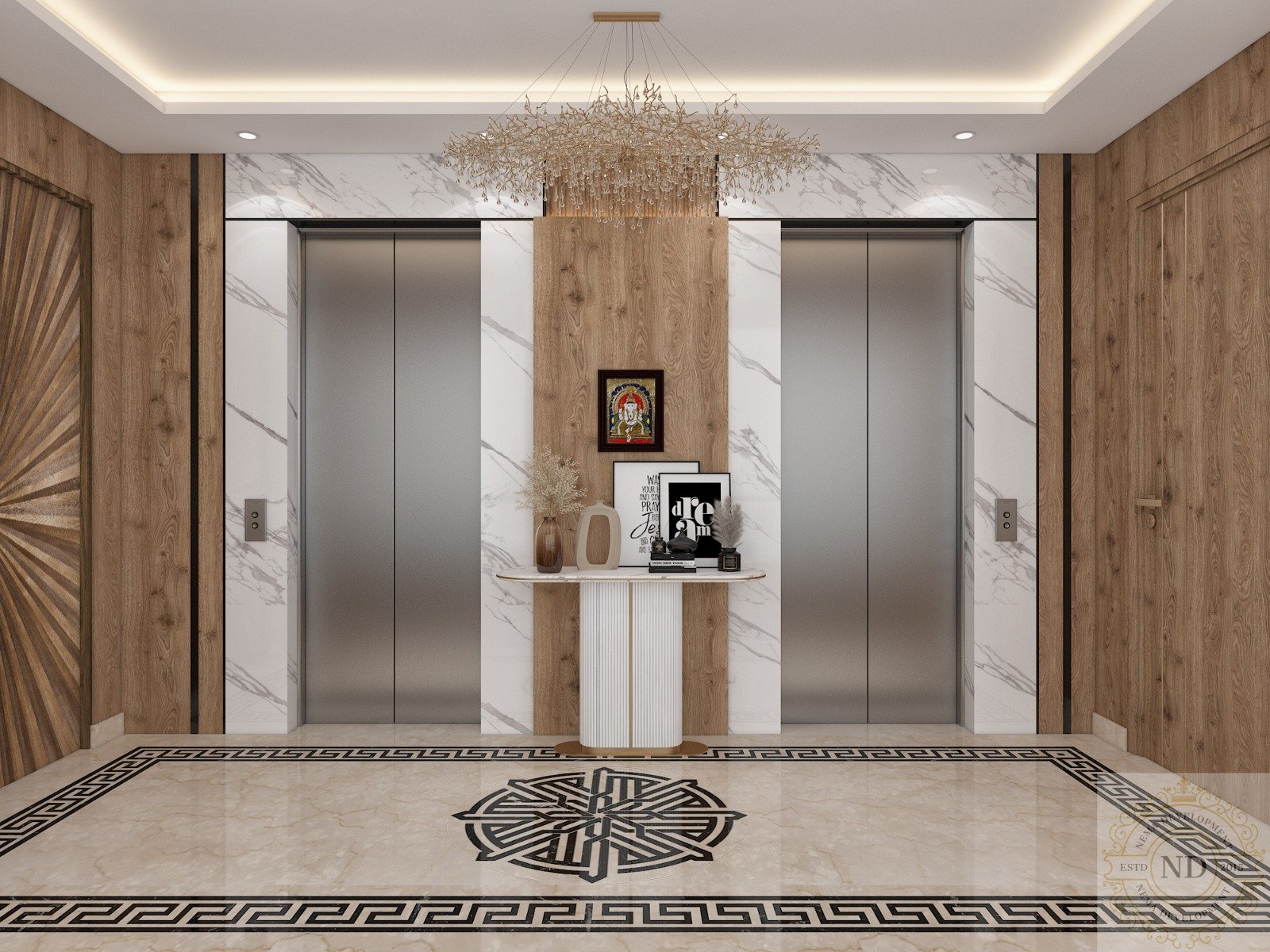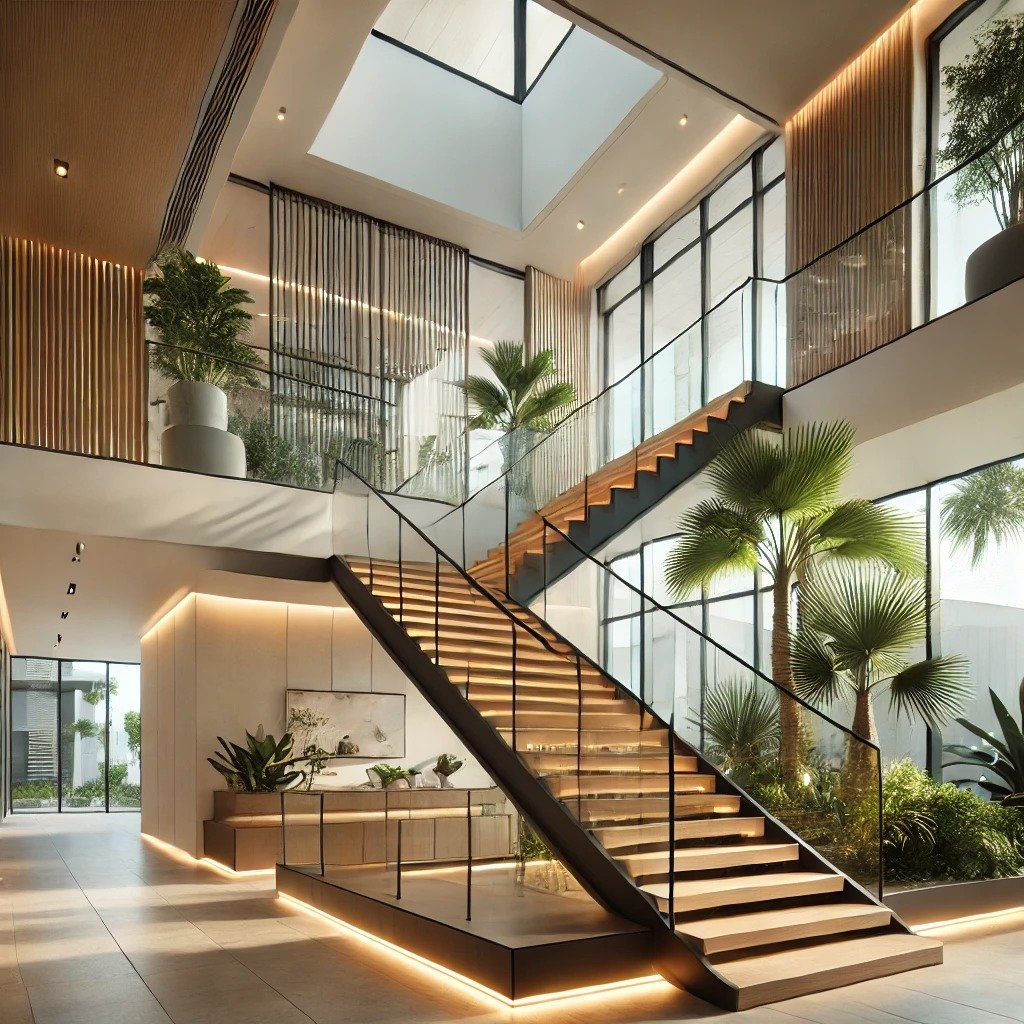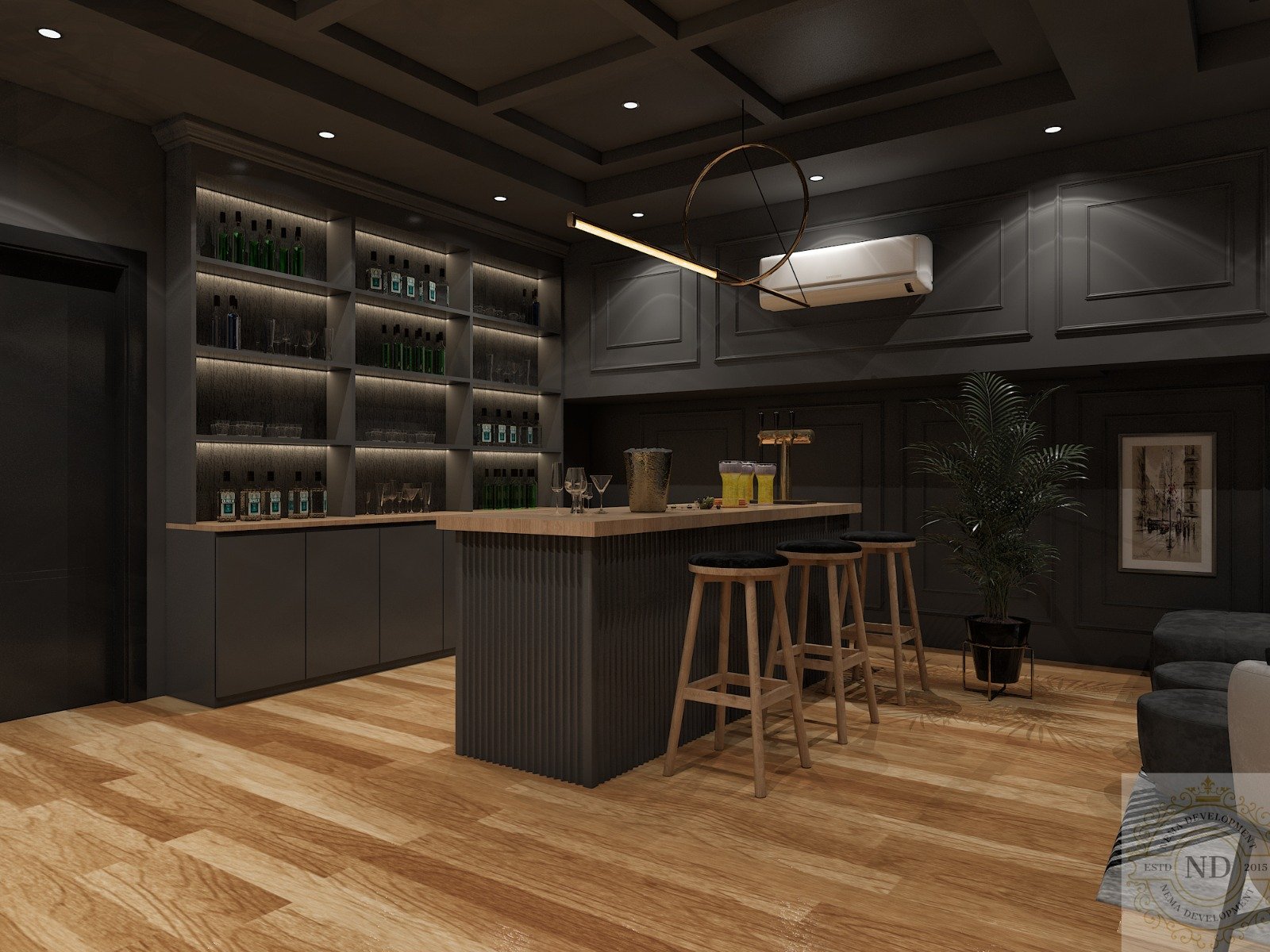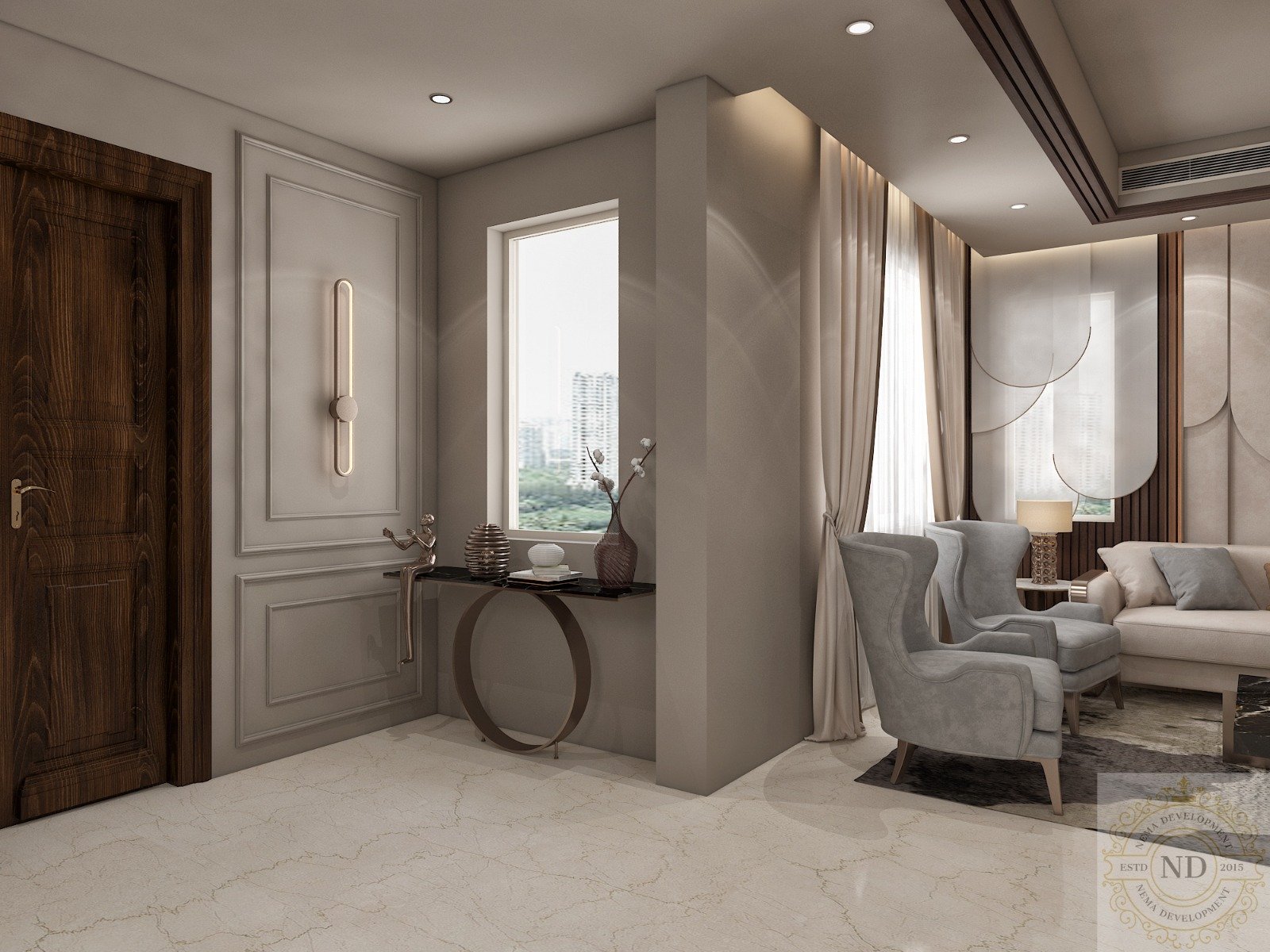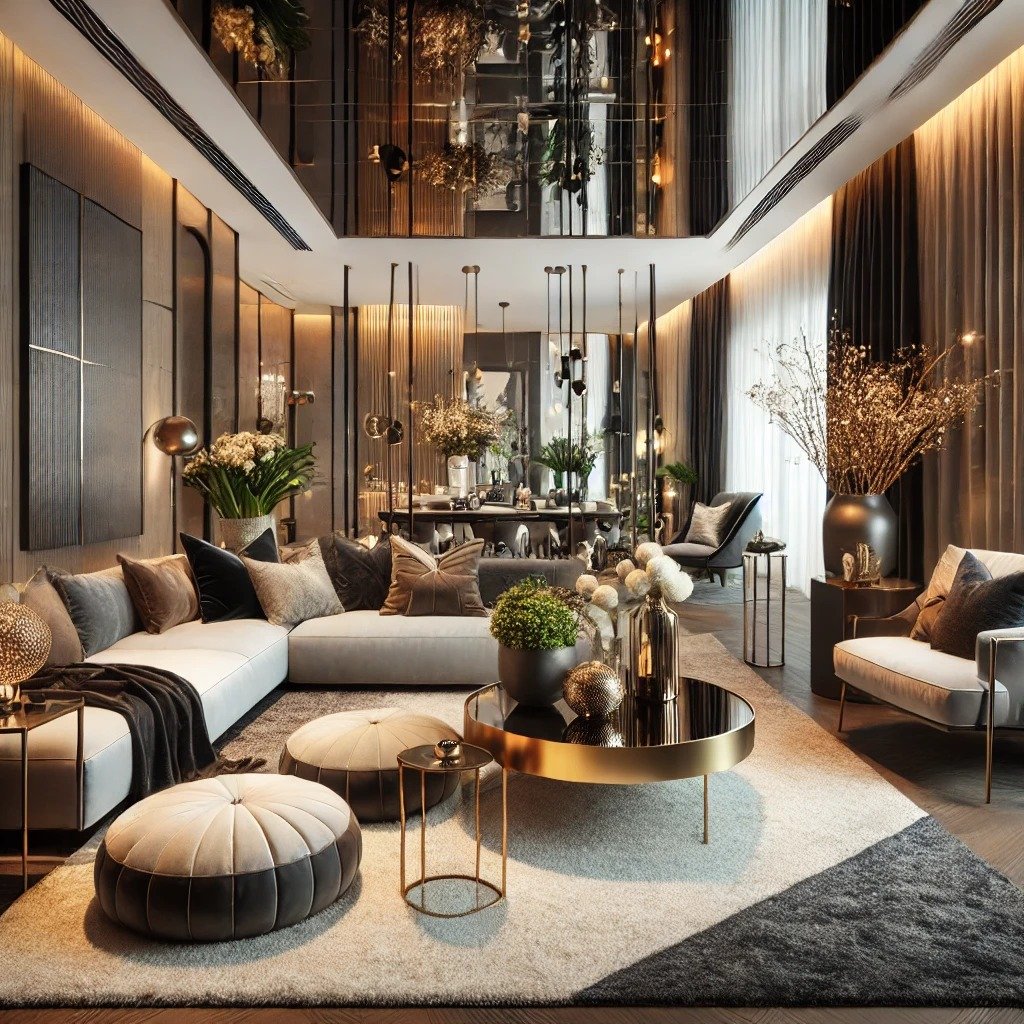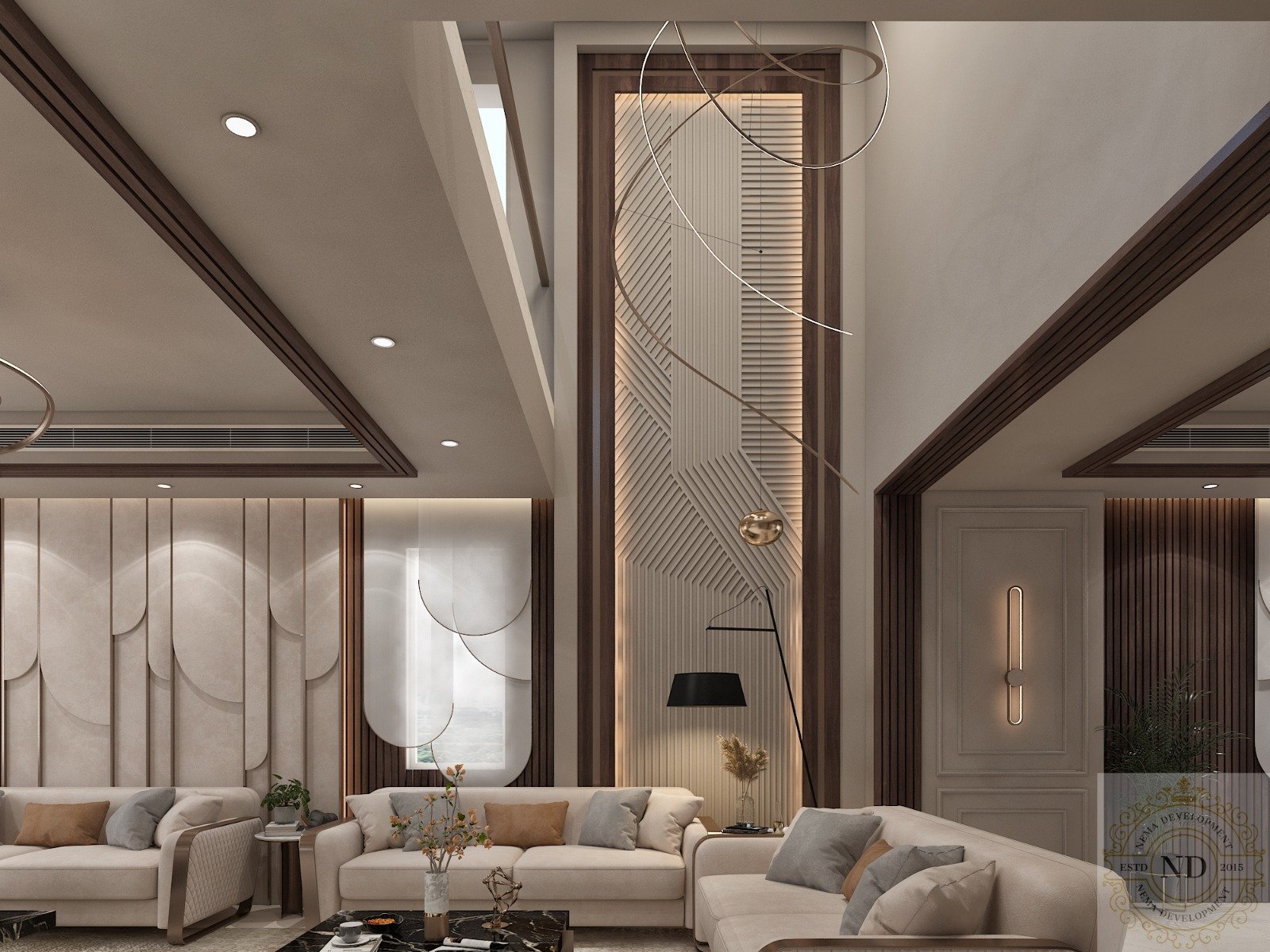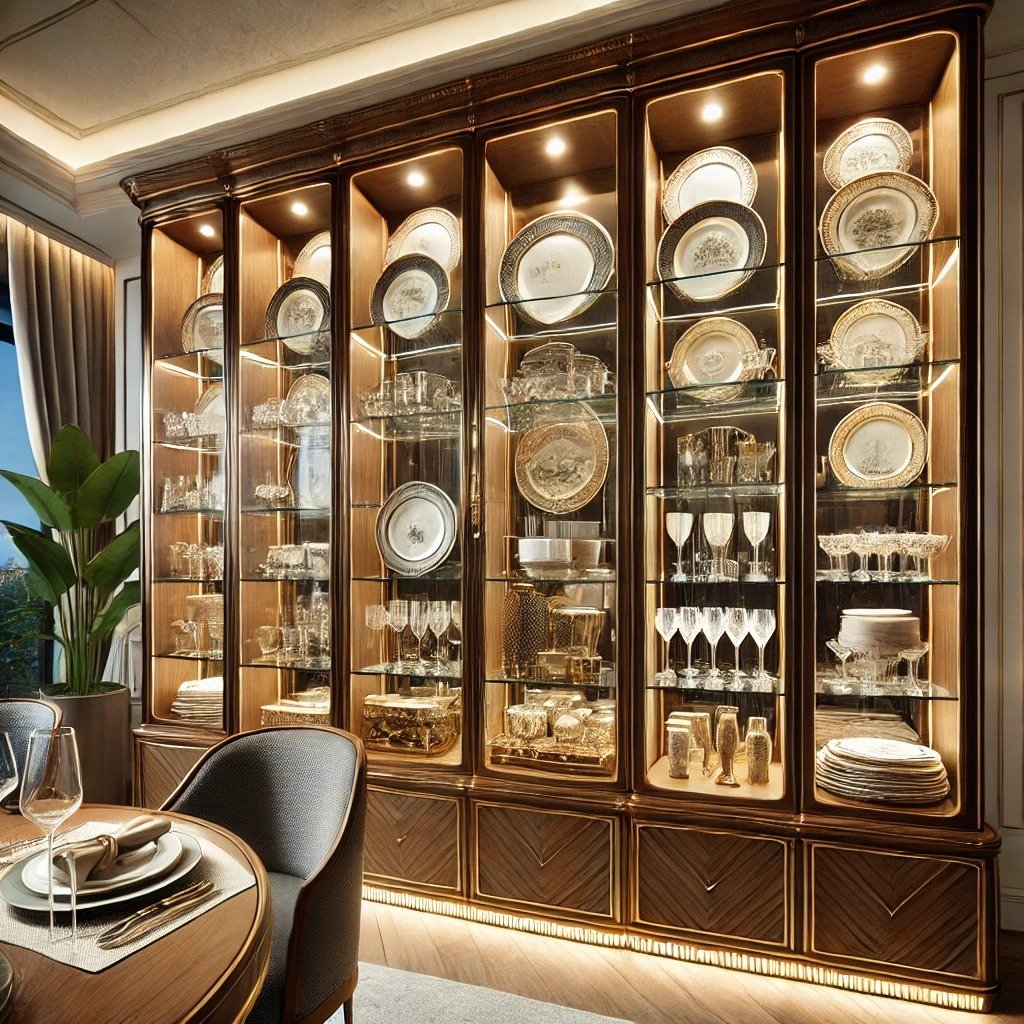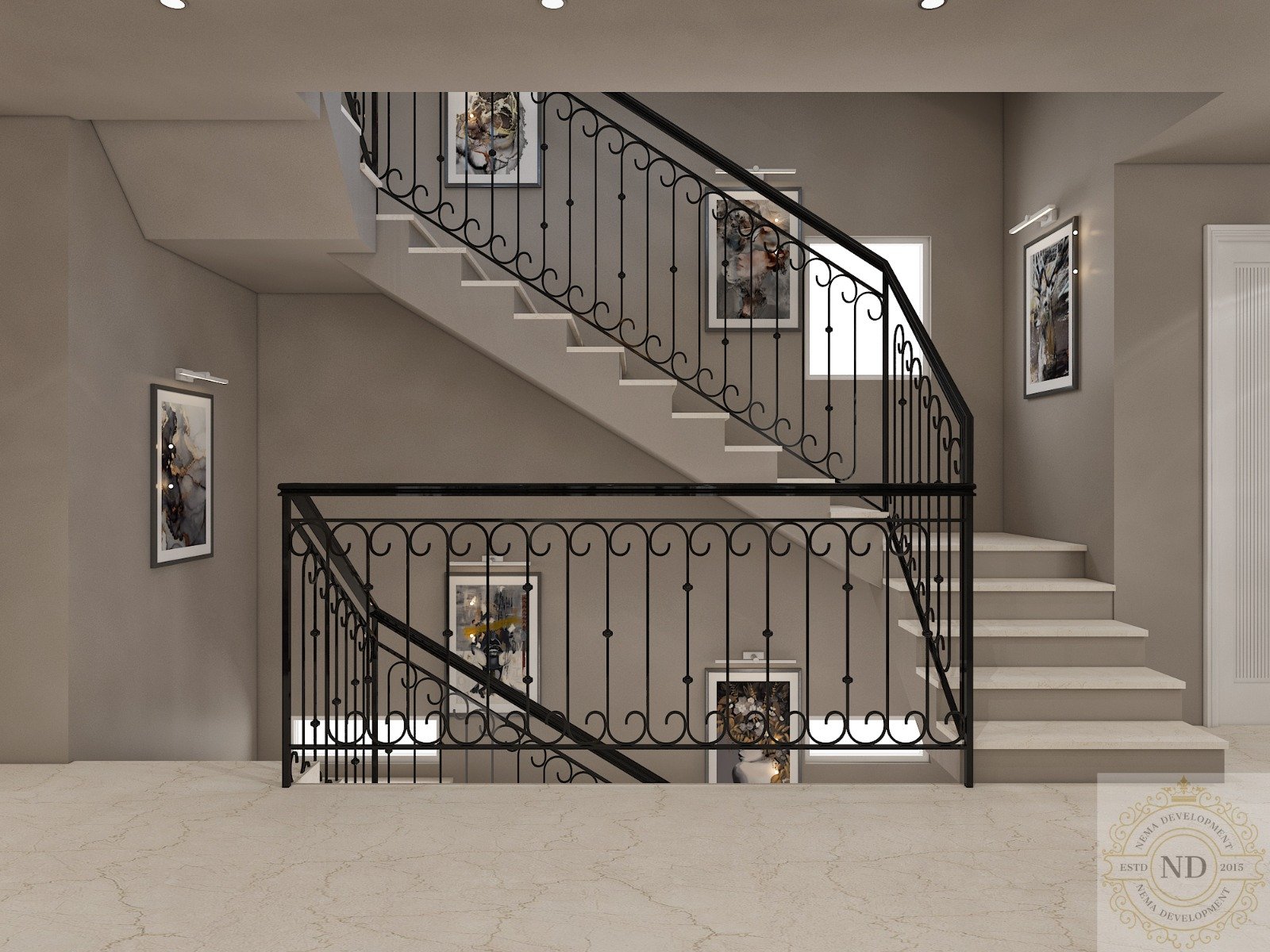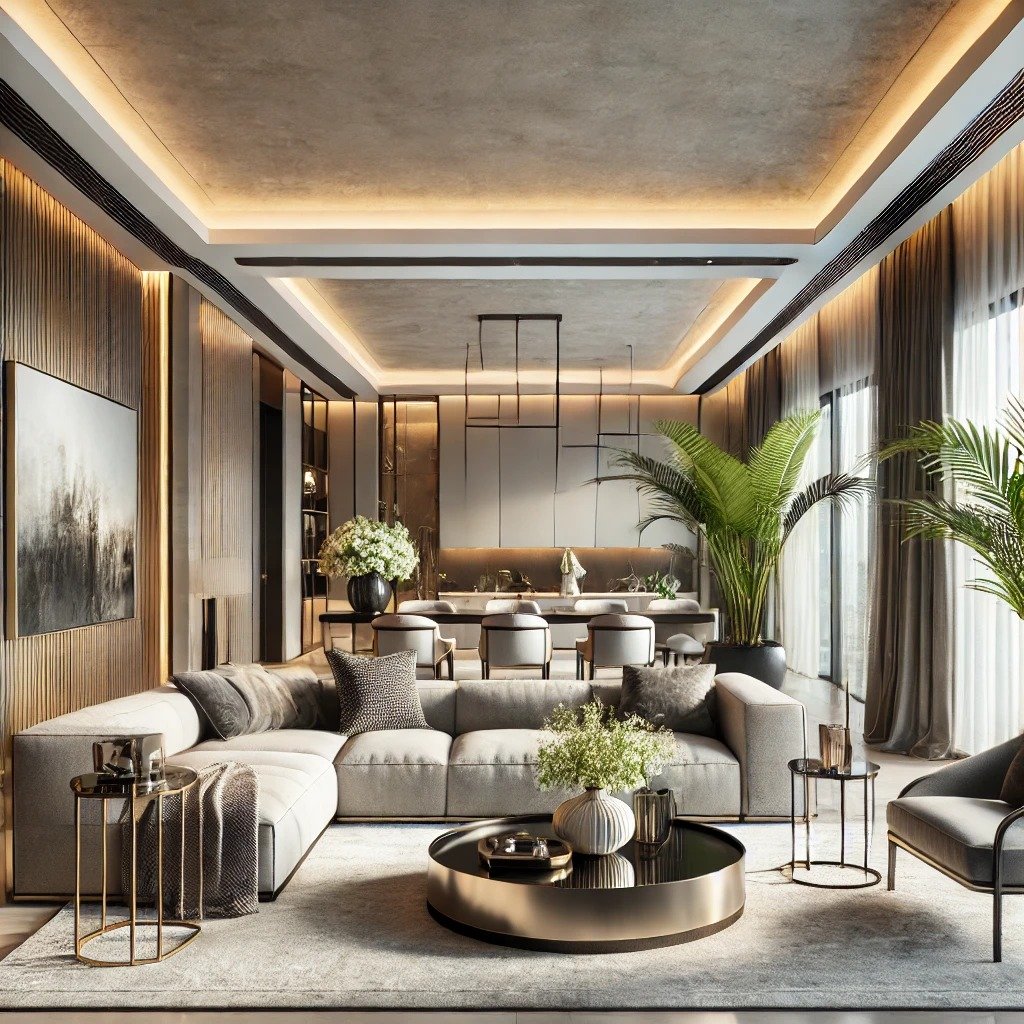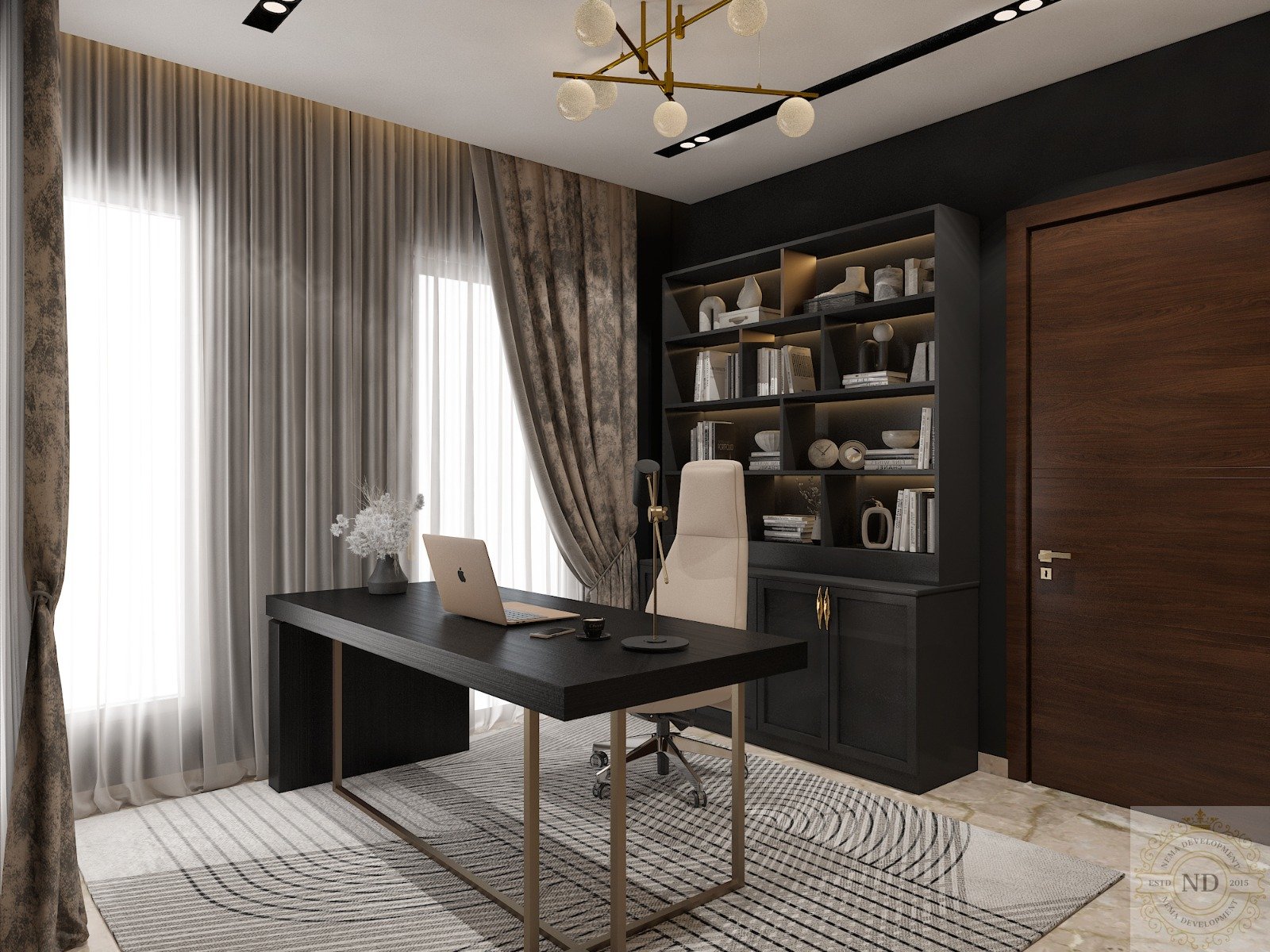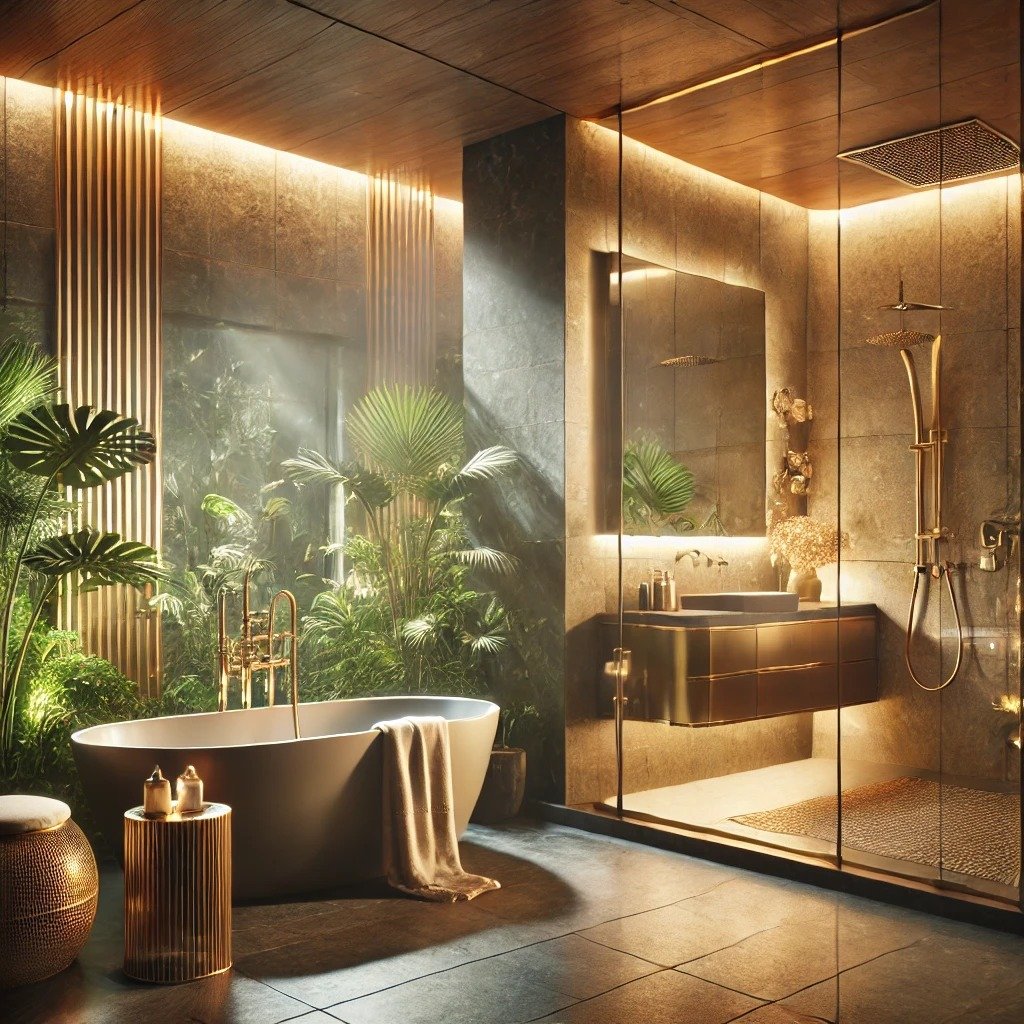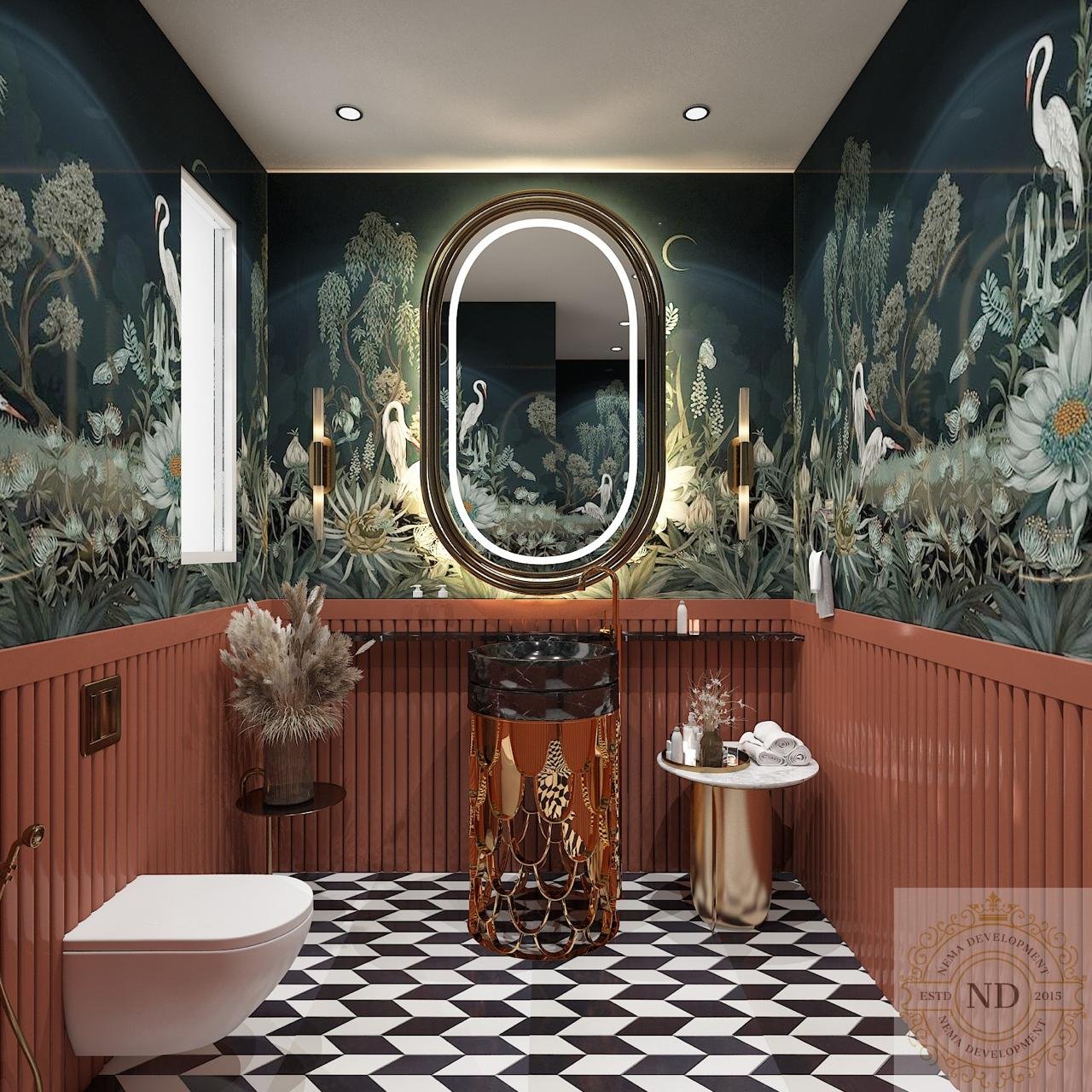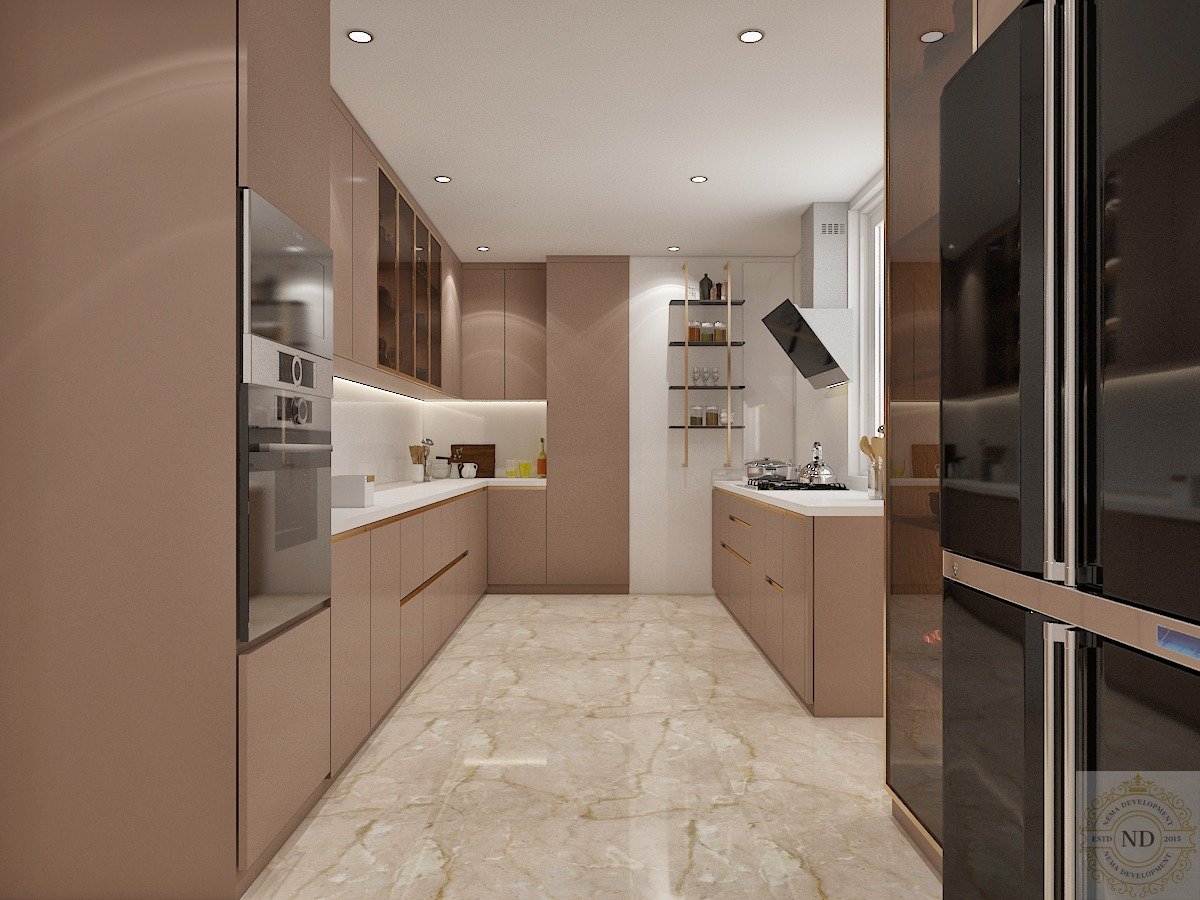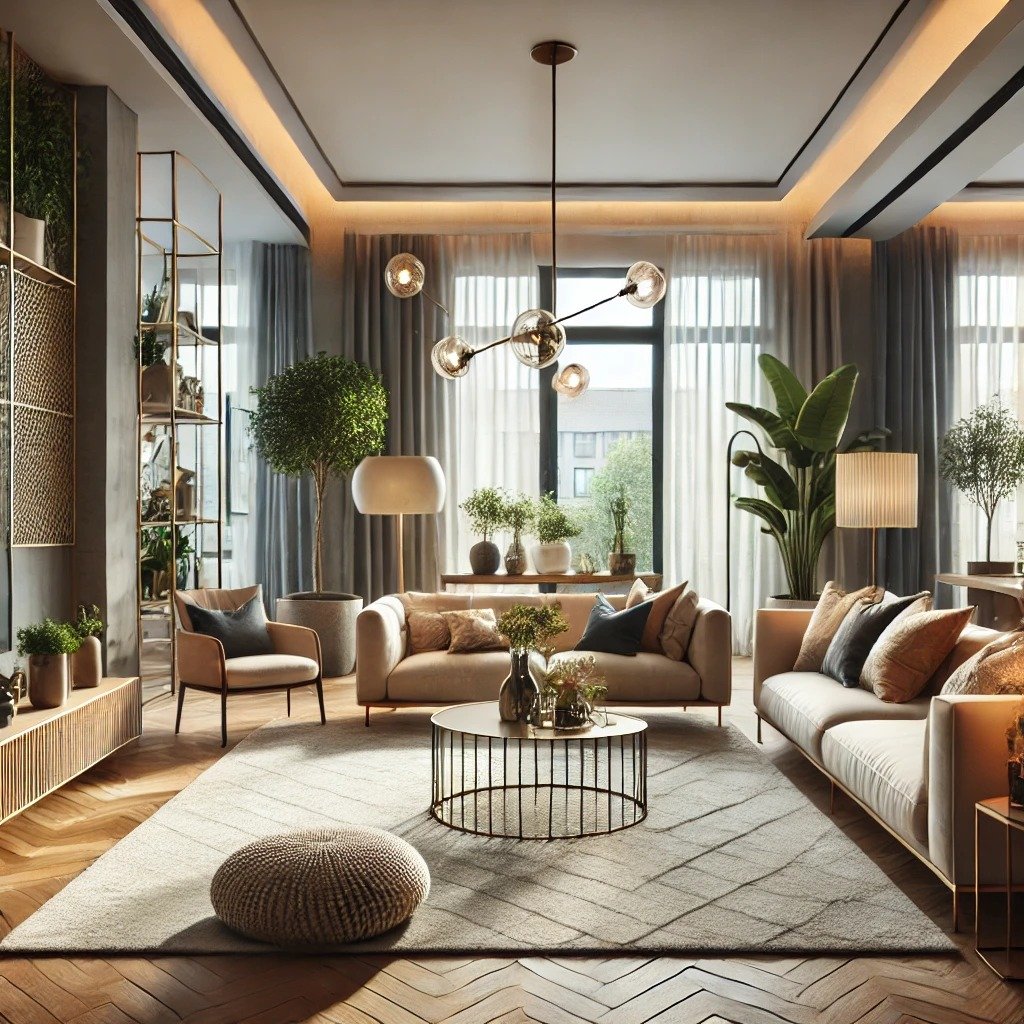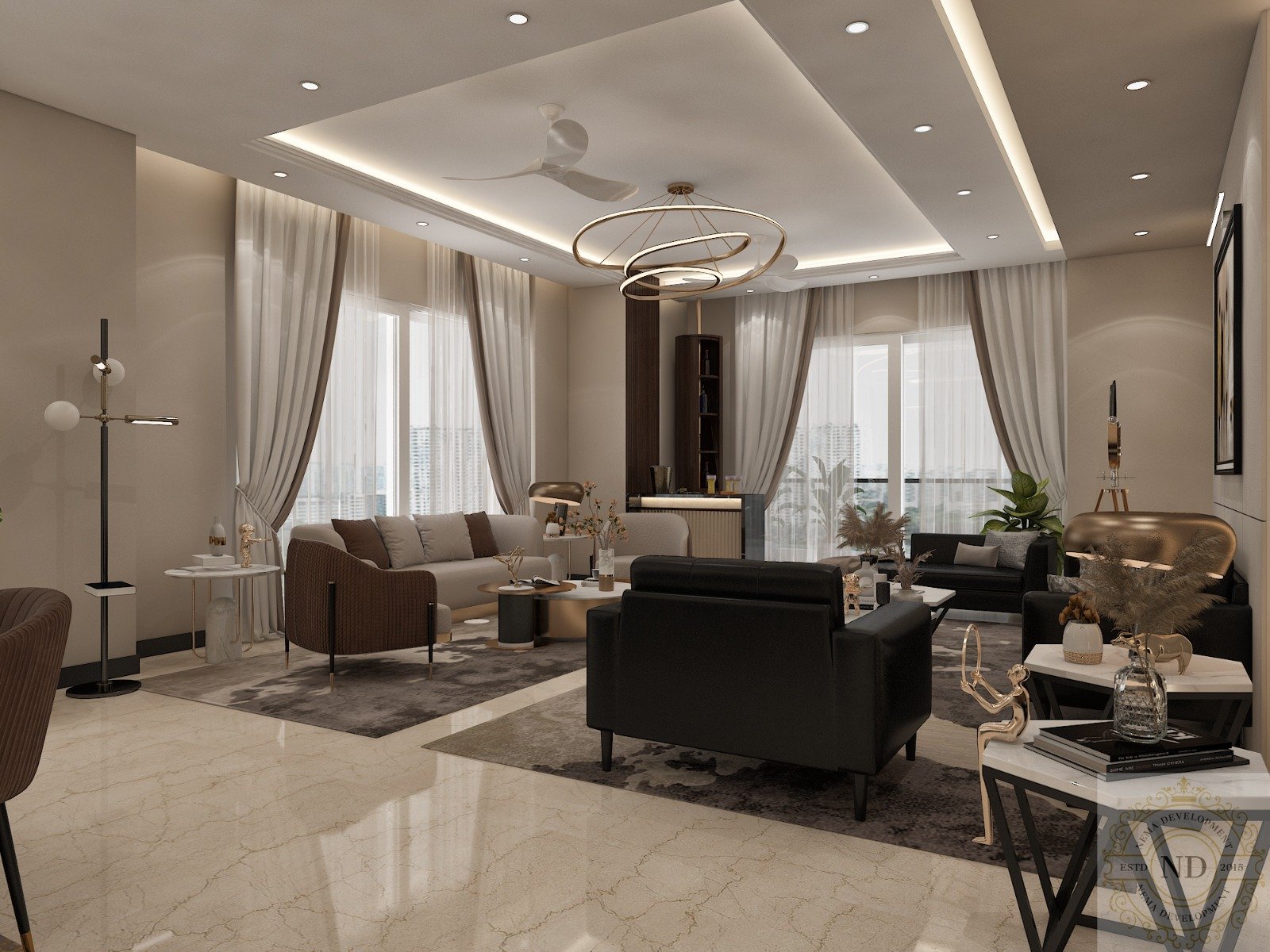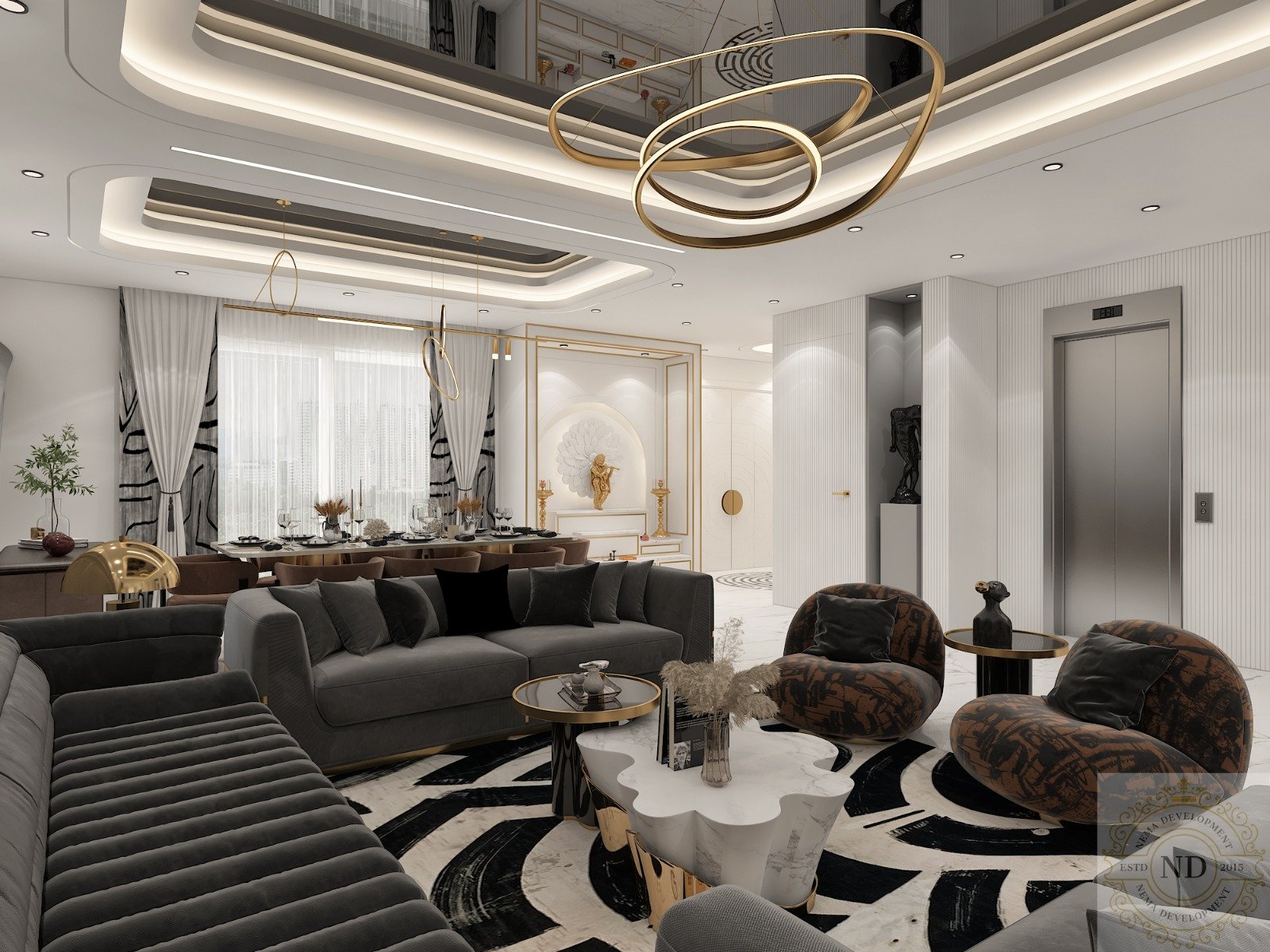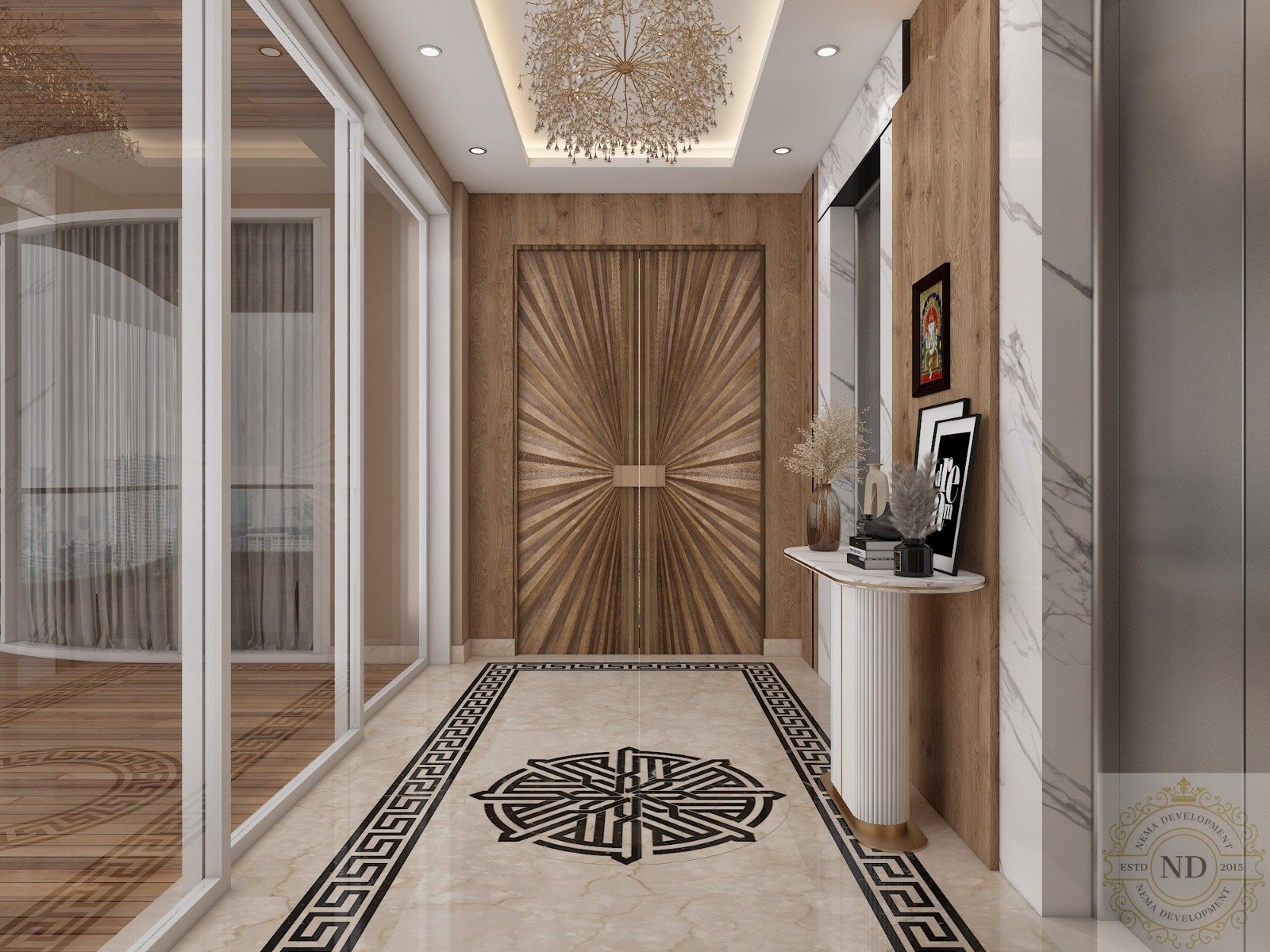Wood has long been a cornerstone of luxurious interior design, offering warmth, sophistication, and timeless appeal. However, many homeowners struggle with integrating multiple wood tones within a single space without creating a disjointed look. The secret lies in balance, contrast, and cohesion. With expert guidance from Nema, the best interior designer in Gurgaon, you can seamlessly blend different wood tones to create a harmonious and stylish ambiance.
At Nema India, design professionals utilize innovative strategies to ensure each space radiates both comfort and elegance. Whether you are revamping a modern penthouse or curating a classic villa, understanding the interplay of various wood tones will elevate your interiors. Here’s how to mix wood tones like a pro:
1. Establish a Dominant Wood Tone
Before integrating multiple wood finishes, choose a primary wood tone to act as the foundation of your design. This could be the flooring, cabinetry, or a large furniture piece. By establishing a dominant hue, you create a cohesive base upon which to layer secondary wood elements.
A neutral wood tone—such as warm oak or classic walnut—works well in most settings. For those looking to make a statement, deep mahogany or rich cherry wood can set the stage for an opulent interior. Nema Development, a leader in construction and development, often recommends using a primary tone that complements the architectural framework of the home.
2. Create Contrast with Complementary Shades
Contrast is key to a well-balanced interior. Avoid using wood tones that are too similar, as this can result in a monotonous appearance. Instead, opt for complementary shades that enhance one another. For example:
Pair light oak flooring with dark walnut furniture for a striking visual appeal.
Blend grey-washed wood accents with natural maple cabinets for a modern yet rustic vibe.
Incorporate blackened wood finishes with soft honey-toned woods to add drama and depth.
Nema Development understands that contrast not only adds dimension but also helps to highlight individual pieces, allowing them to stand out within the space.
3. Use a Unifying Element
When mixing different wood tones, a unifying factor can help tie the look together. This can be achieved through consistent undertones, finishes, or design styles.
Undertones Matter:
Wood tones fall into three major undertone categories—warm (yellow/red hues), cool (grey/blue hues), and neutral (balanced hues). Keeping undertones consistent will ensure a polished aesthetic. If your space has predominantly warm-toned wood, try to maintain that warmth in the additional wood accents you introduce.
Finishing Touches:
Consider using a common finish, such as matte, satin, or glossy, across all wood elements to establish visual consistency. The top interior designer in Gurgaon, Nema, frequently recommends a mix of polished and raw finishes for a dynamic yet cohesive look.
4. Introduce Transitional Pieces
Transitional elements help bridge the gap between contrasting wood tones. For instance:
A reclaimed wood coffee table with mixed wood planks can serve as a natural mediator.
Decorative pieces like wood-framed mirrors, floating shelves, or woven baskets subtly introduce different wood tones into a room.
Accent furniture such as a two-tone console table can tie dark and light woods together.
By incorporating these elements, you create a seamless transition between different tones, ensuring a well-integrated space.
5. Balance with Neutral Colors & Textures
To prevent wood tones from overwhelming the space, balance them with neutral colors and soft textures. Whites, greys, beiges, and soft pastels allow the richness of wood to shine without competing for attention.
Additionally, layering with textiles like linen curtains, plush rugs, or velvet upholstery can add warmth and contrast to wooden interiors. Nema India often integrates natural fibers and earthy textures to enhance the organic beauty of wood.
6. Incorporate Metal & Glass for a Contemporary Twist
For those aiming for a modern edge, mixing wood tones with metal or glass elements creates an elegant contrast.
Black metal accents (e.g., light fixtures, chair legs) add an industrial touch to wooden interiors.
Brass or gold finishes warm up the space and blend beautifully with warm wood tones.
Glass tabletops and shelving introduce an airy, contemporary feel without competing with the wood’s natural beauty.
Nema Development, recognized as the best interior designer in Gurgaon, masterfully integrates these elements to ensure a refined yet inviting atmosphere.
7. Keep Proportions & Placement in Mind
A well-designed space maintains balance in terms of proportion and placement. Avoid clustering similar wood tones in one area—spread them evenly throughout the room to maintain a harmonious flow.
For instance:
If you have dark wooden floors, place lighter wooden furniture on top to create contrast.
Pair a mahogany dining table with oak or ash dining chairs for a curated, designer-approved look.
Introduce vertical wooden slats or wood-paneled walls to diversify the texture while maintaining uniformity.
By distributing wood tones strategically, the space feels curated and intentional rather than cluttered.
Final Thoughts
Mixing wood tones is an art that, when executed thoughtfully, elevates the overall aesthetic of any interior. With expertise from Nema, the top interior designer in Gurgaon, you can transform your space into a visually dynamic yet cohesive sanctuary.
Whether you are designing a new home or renovating an existing one, following these principles will help you curate interiors that are rich, inviting, and effortlessly stylish. By mastering the balance between contrast, consistency, and thoughtful layering, you can create a home that truly reflects your refined taste. Trust Nema India and Nema Development to bring your vision to life with innovative designs that stand the test of time.





